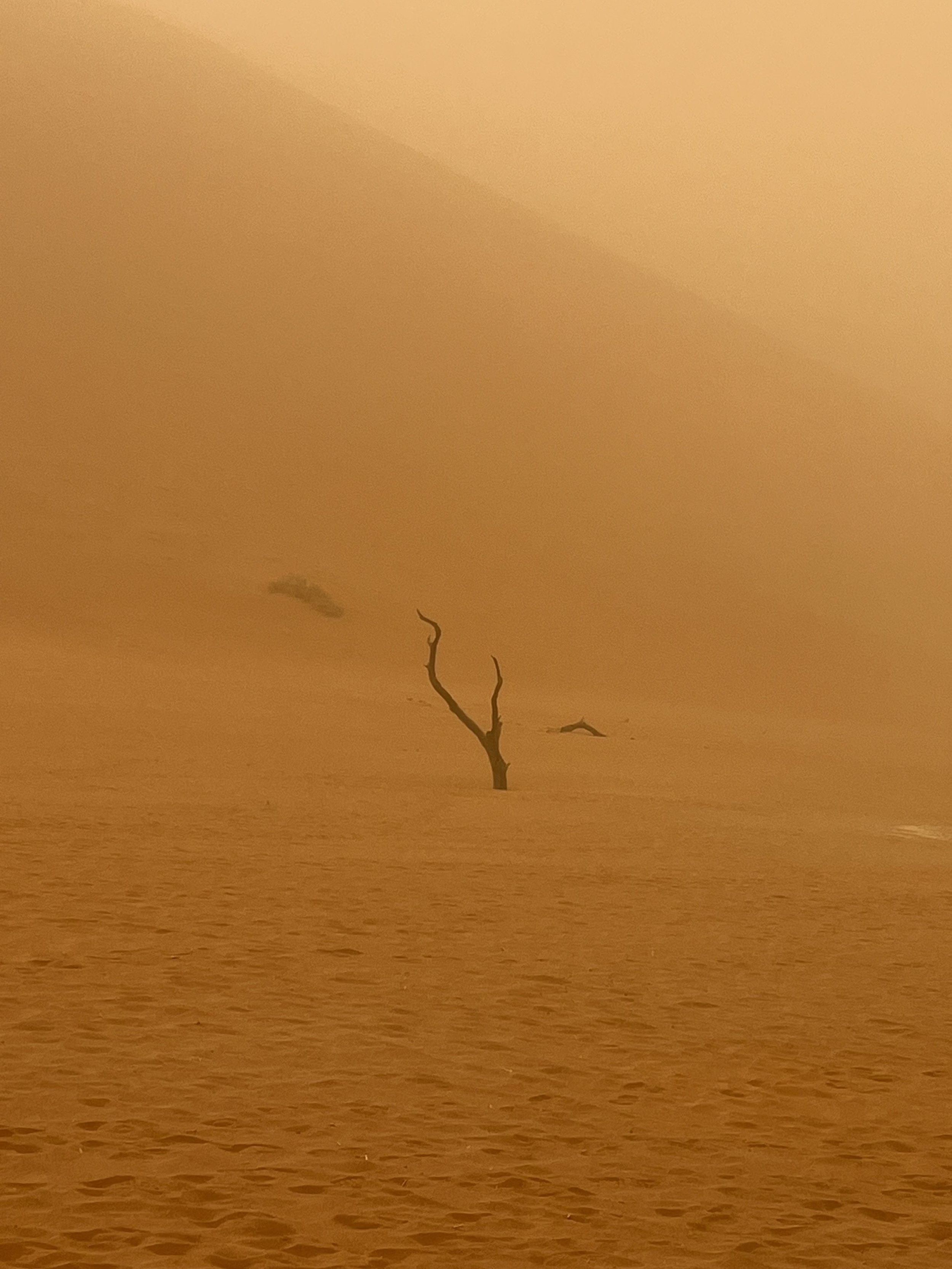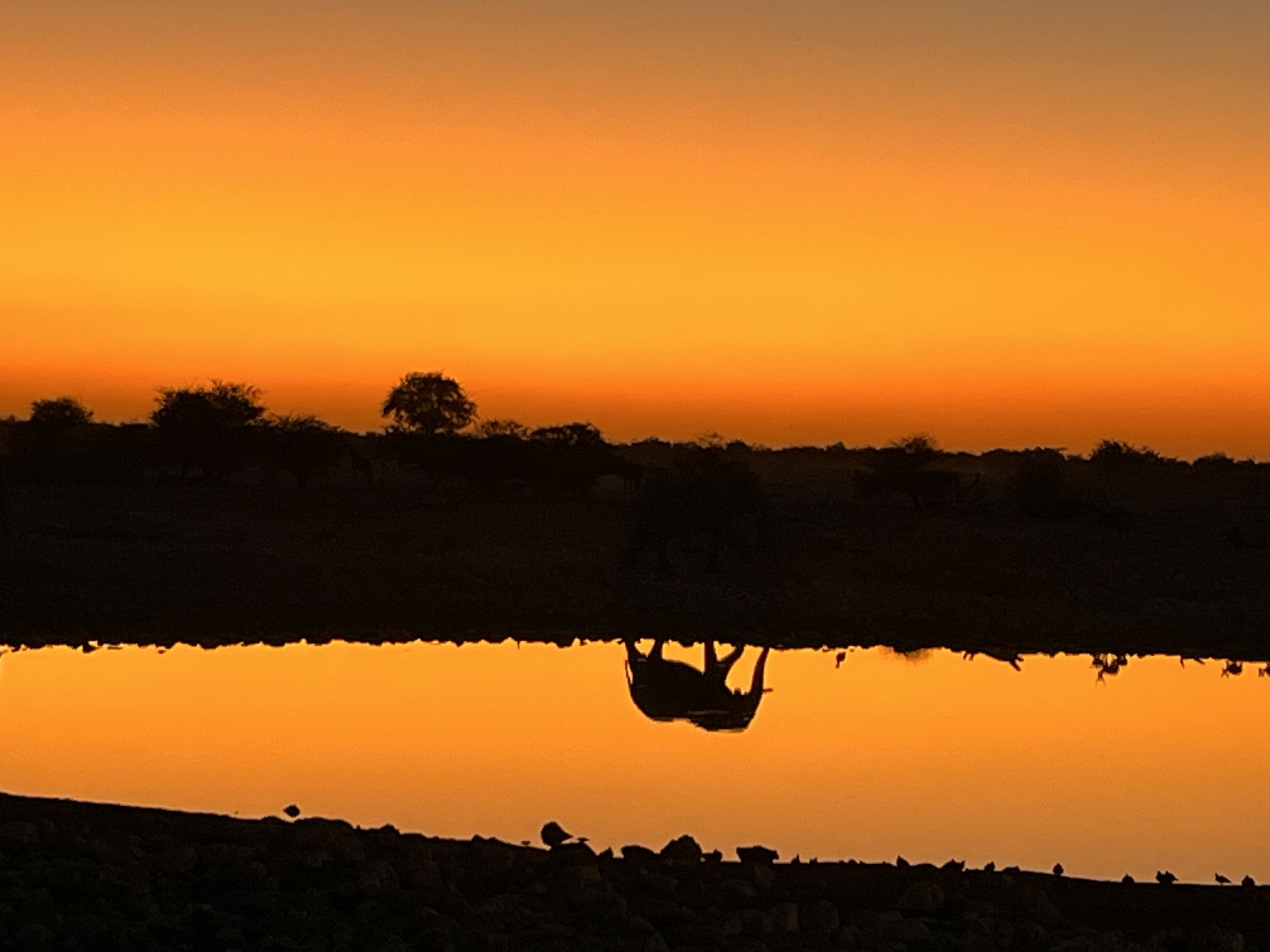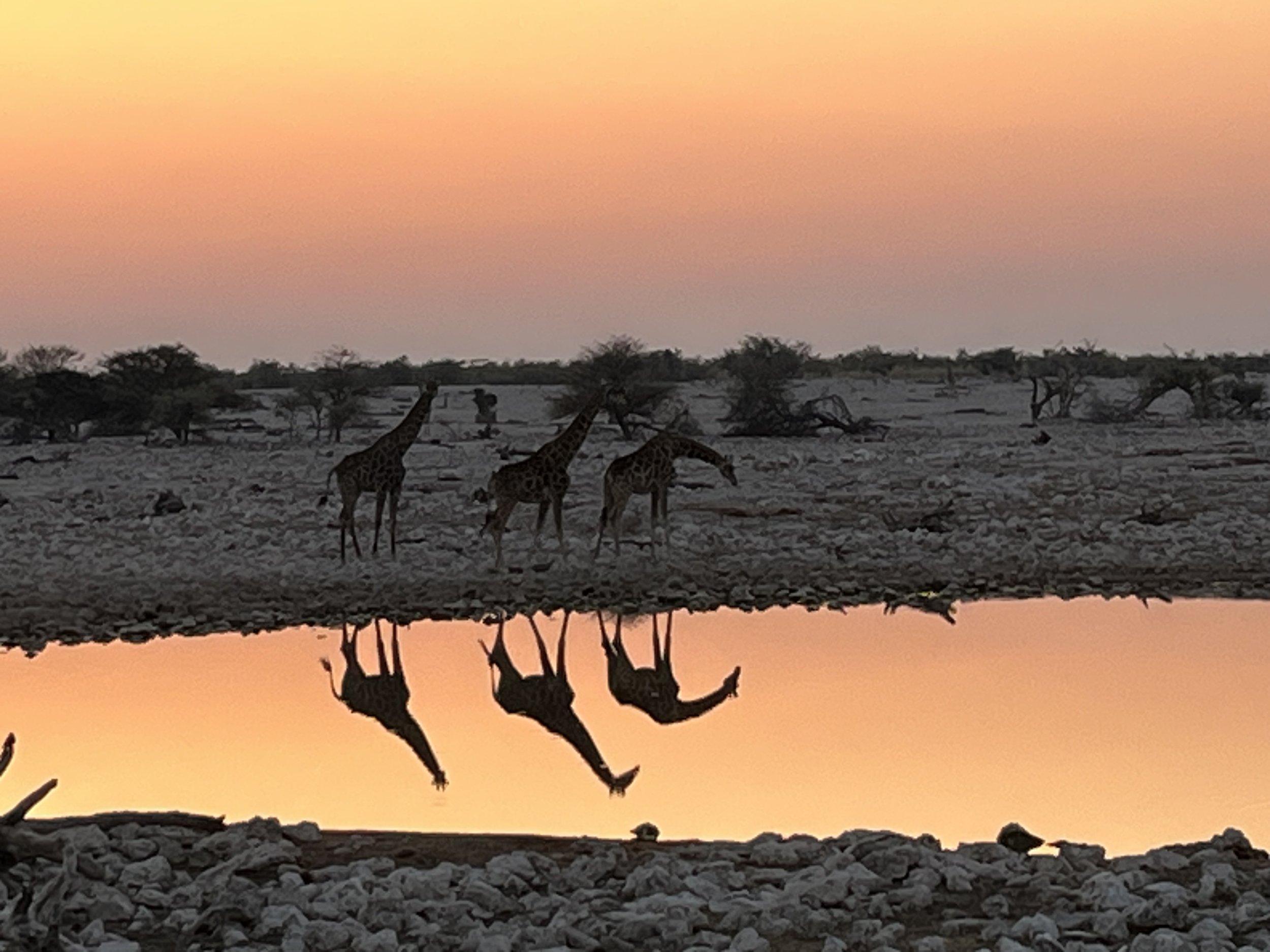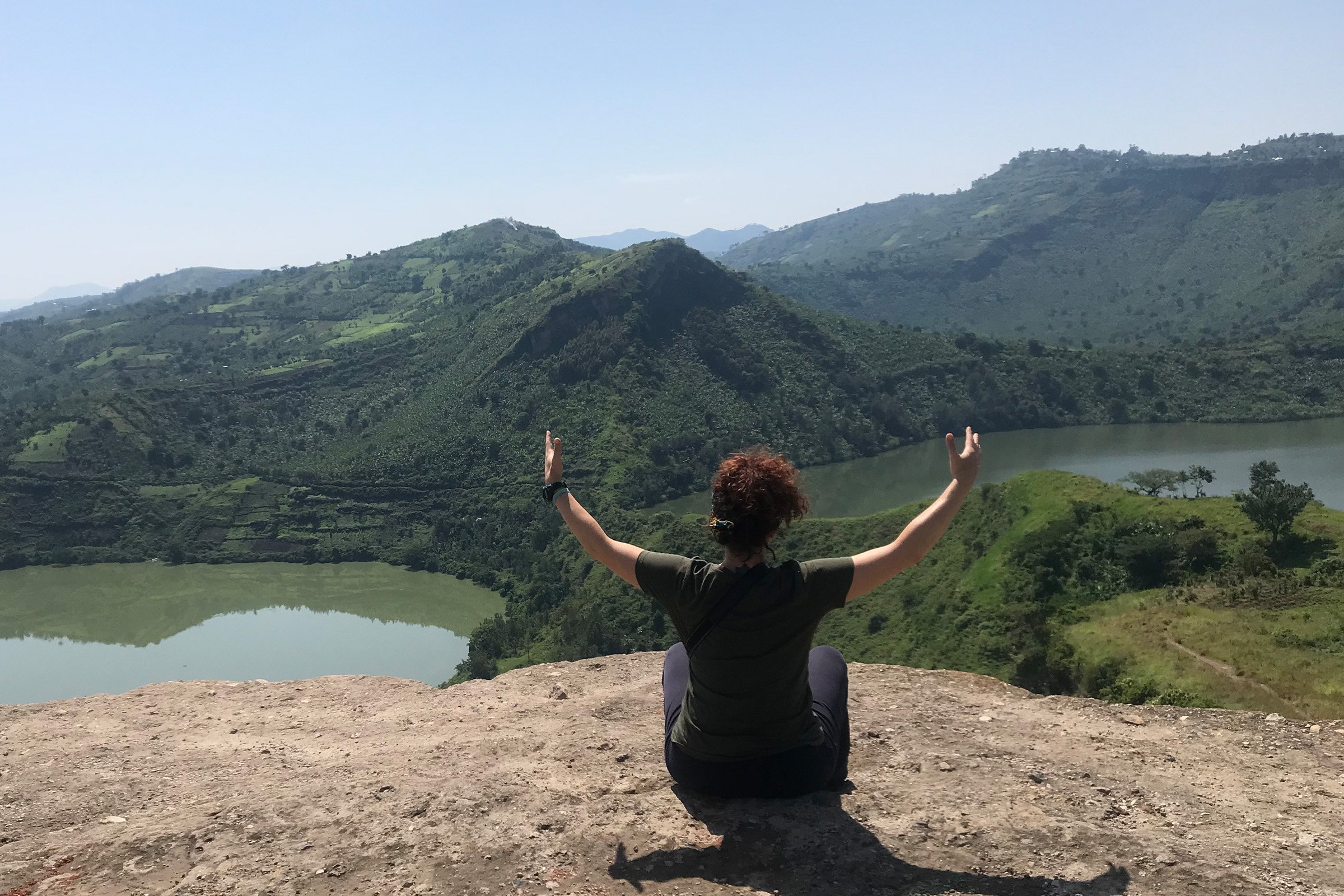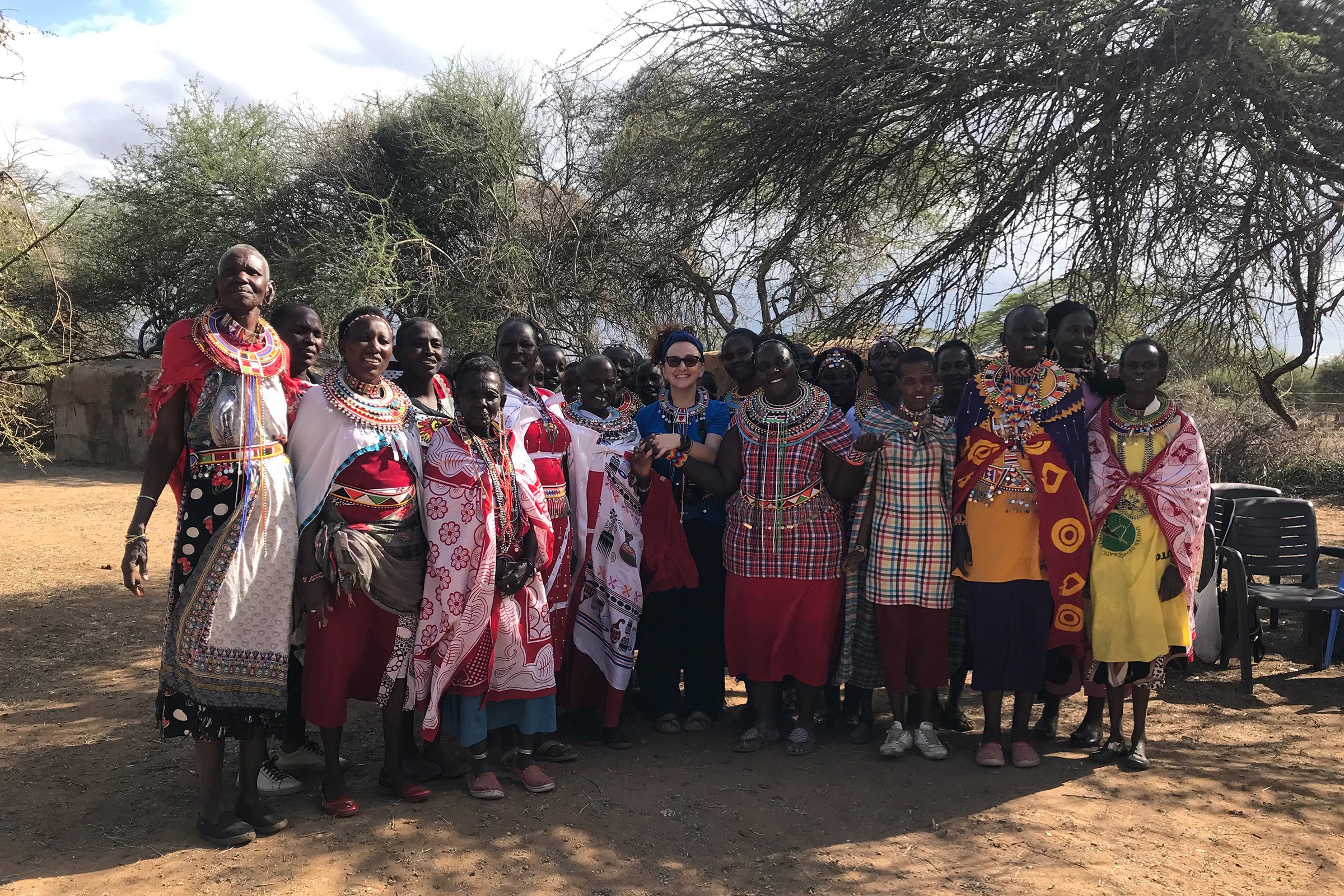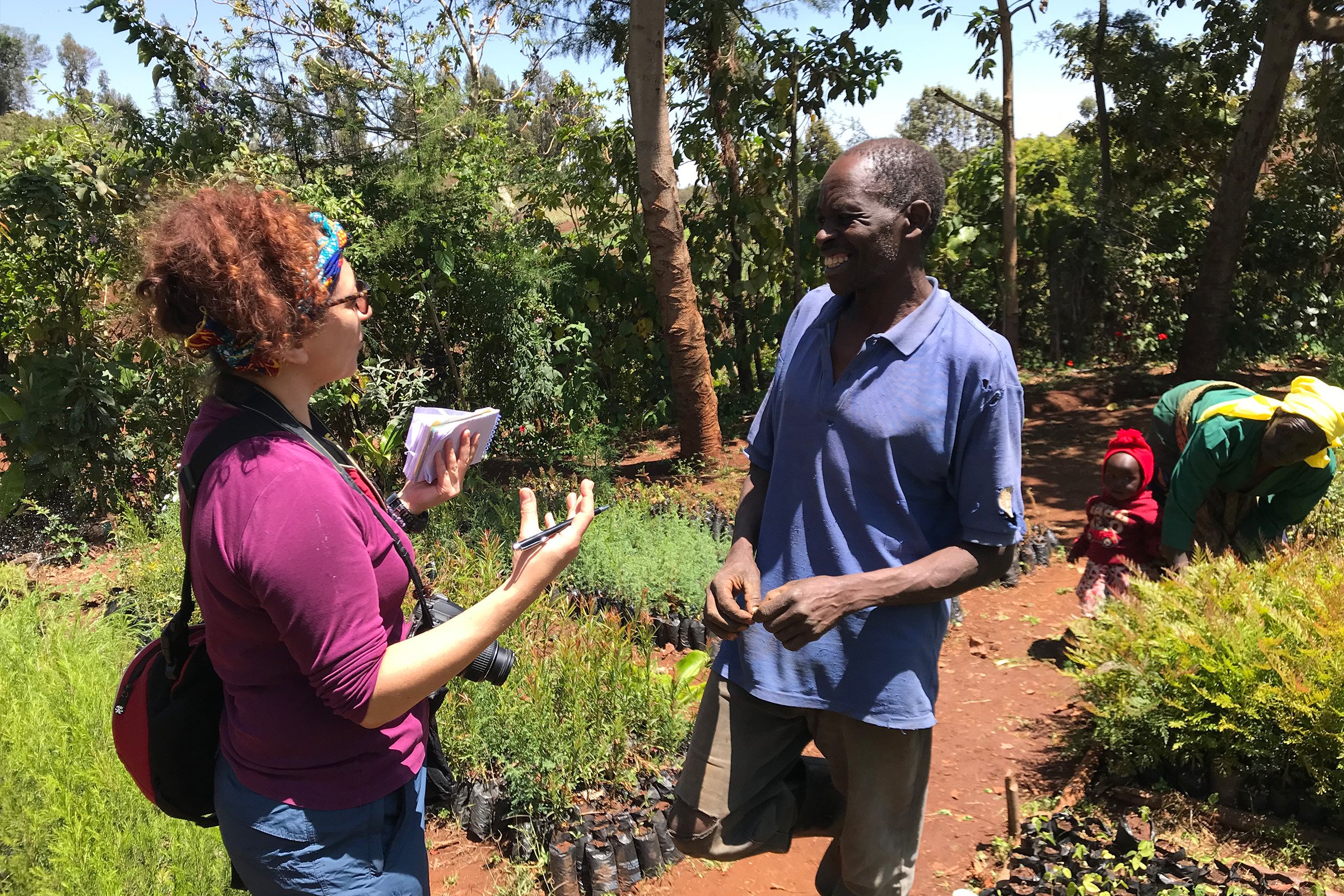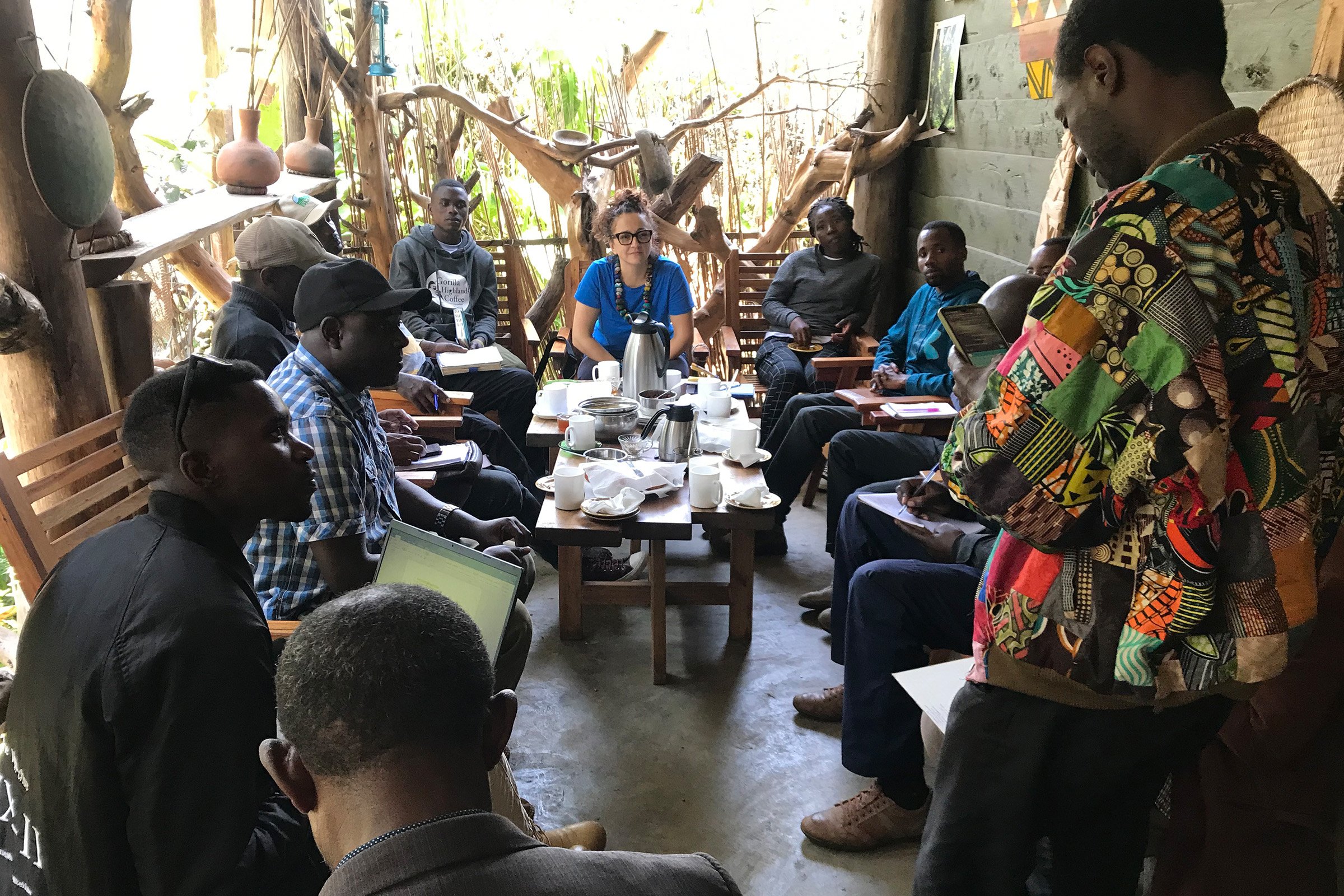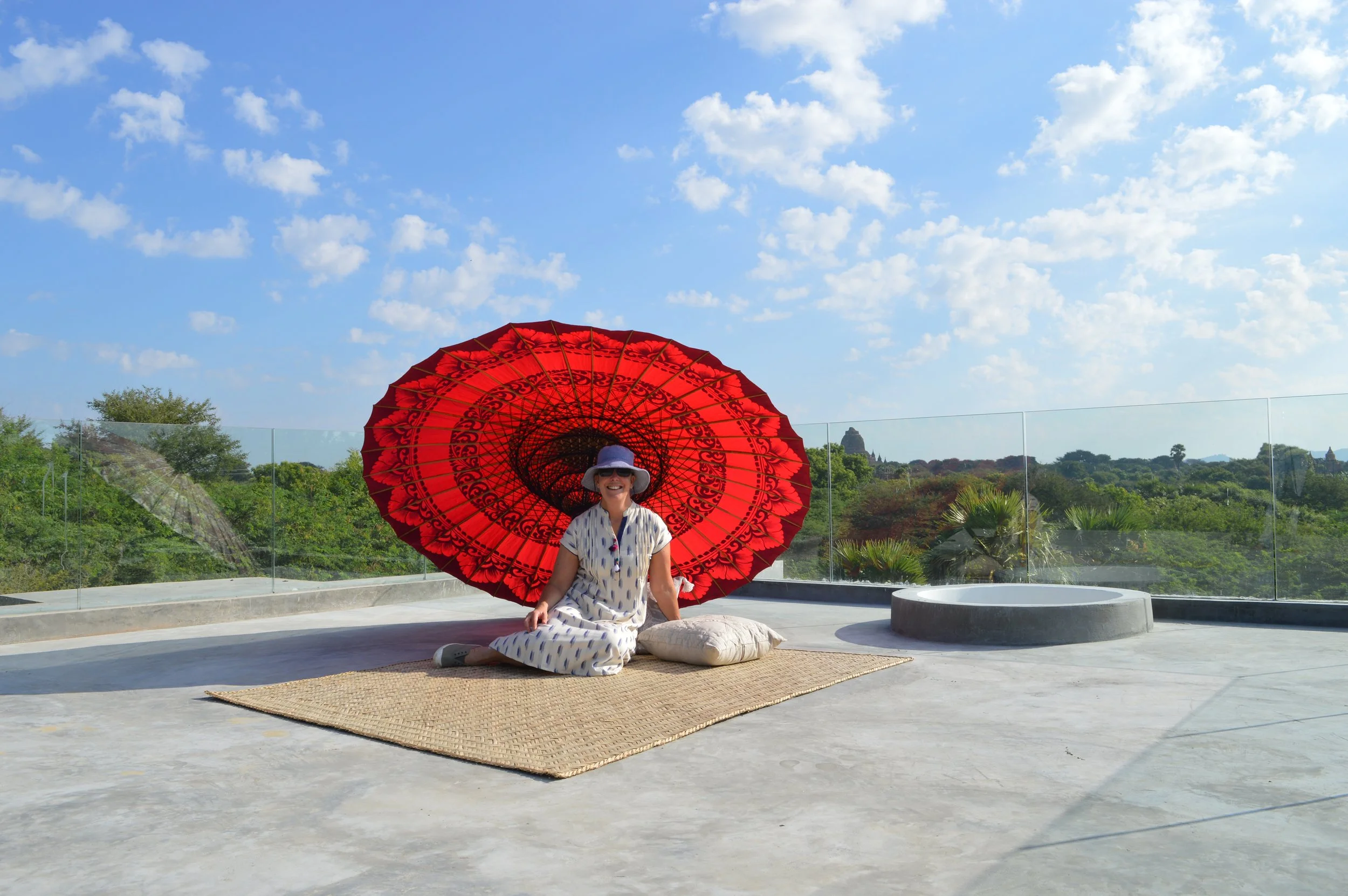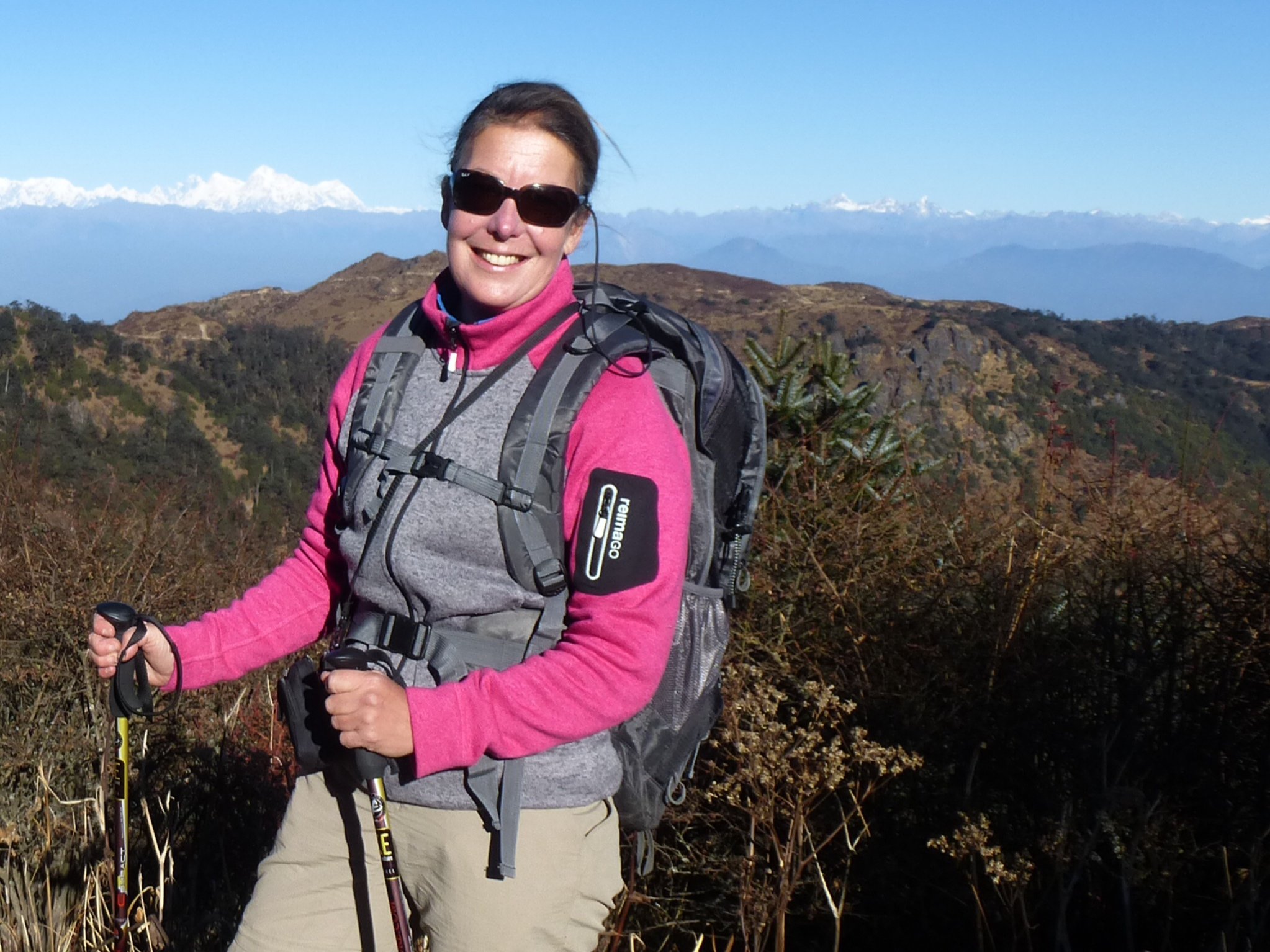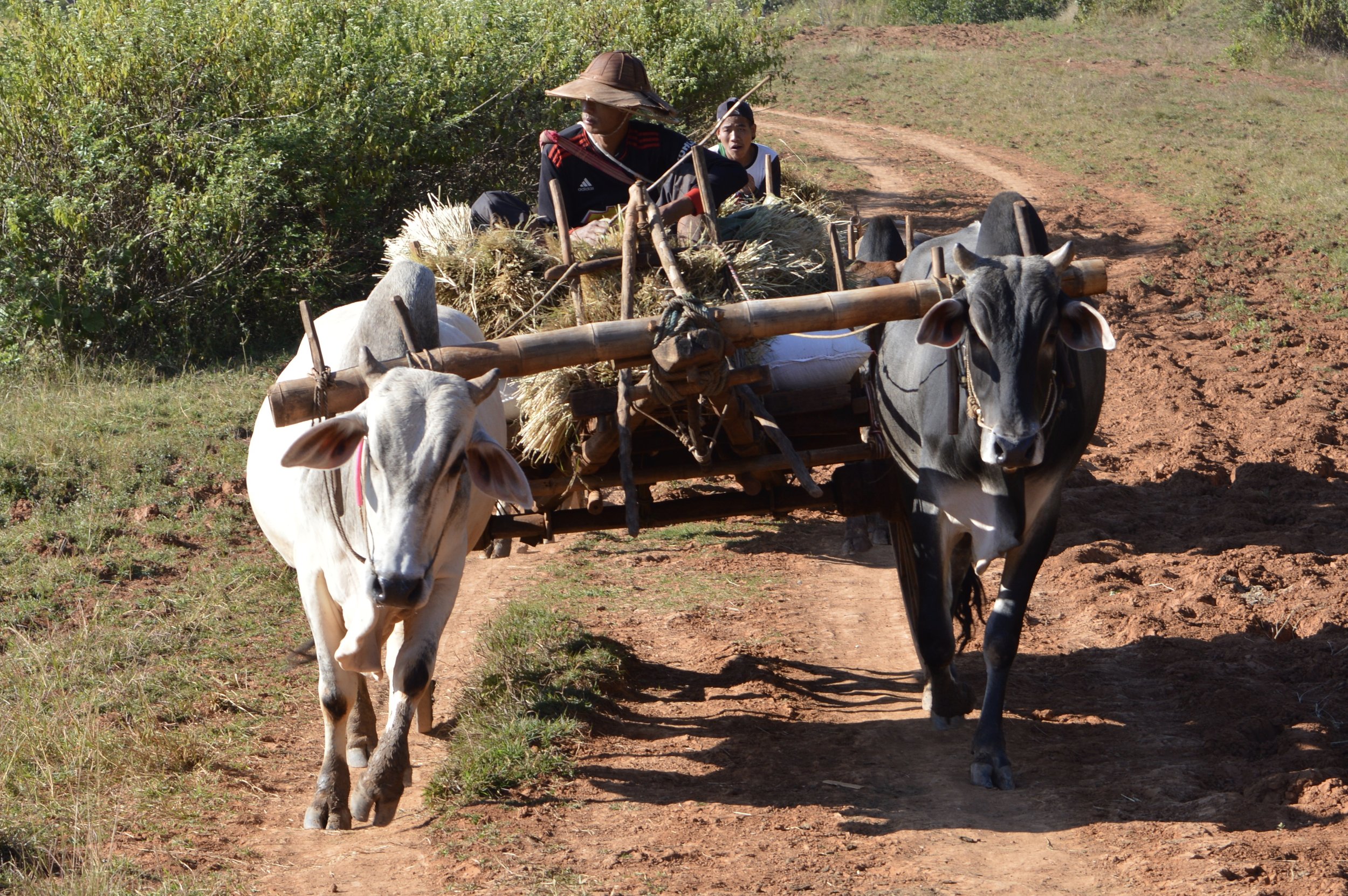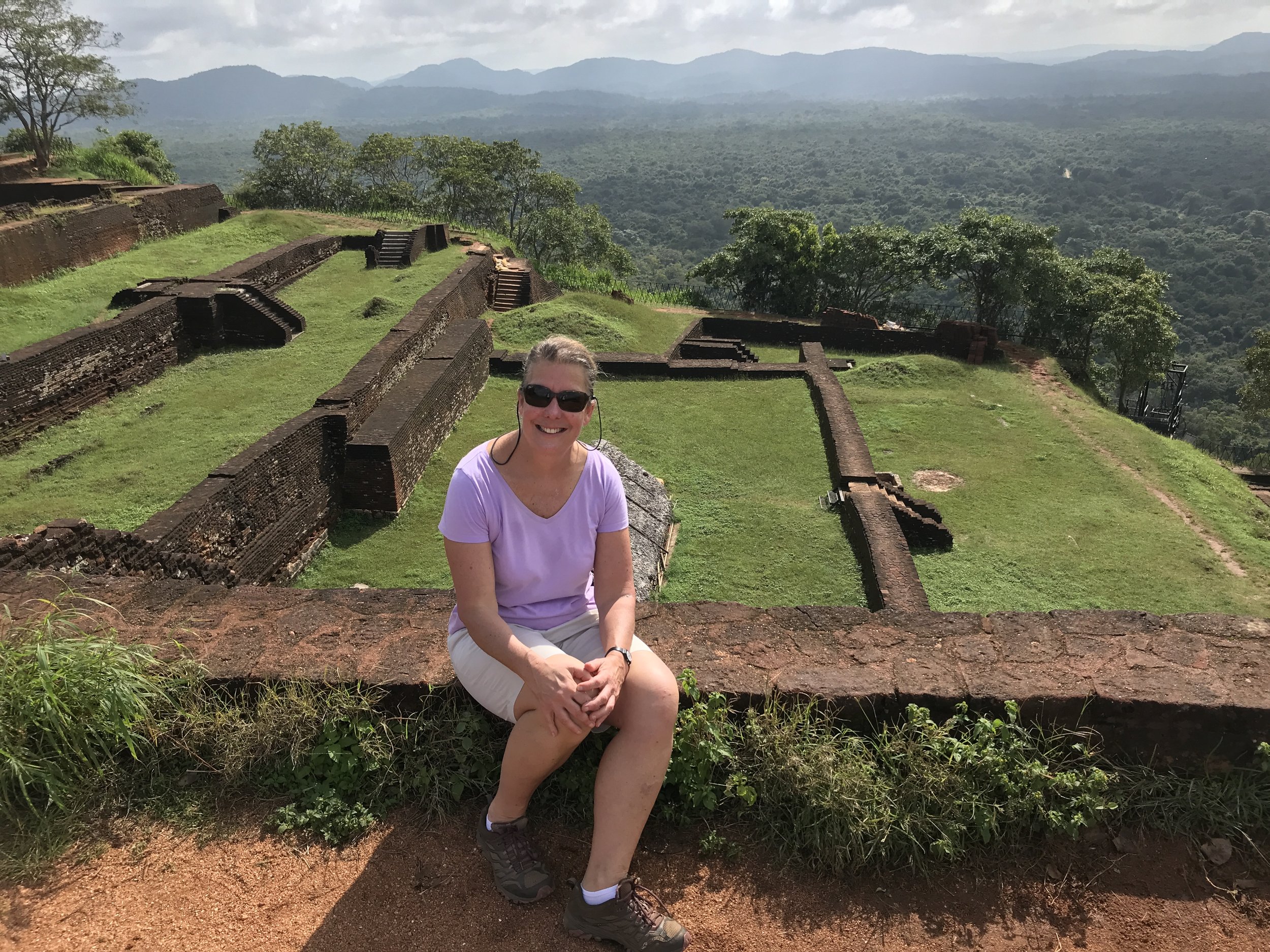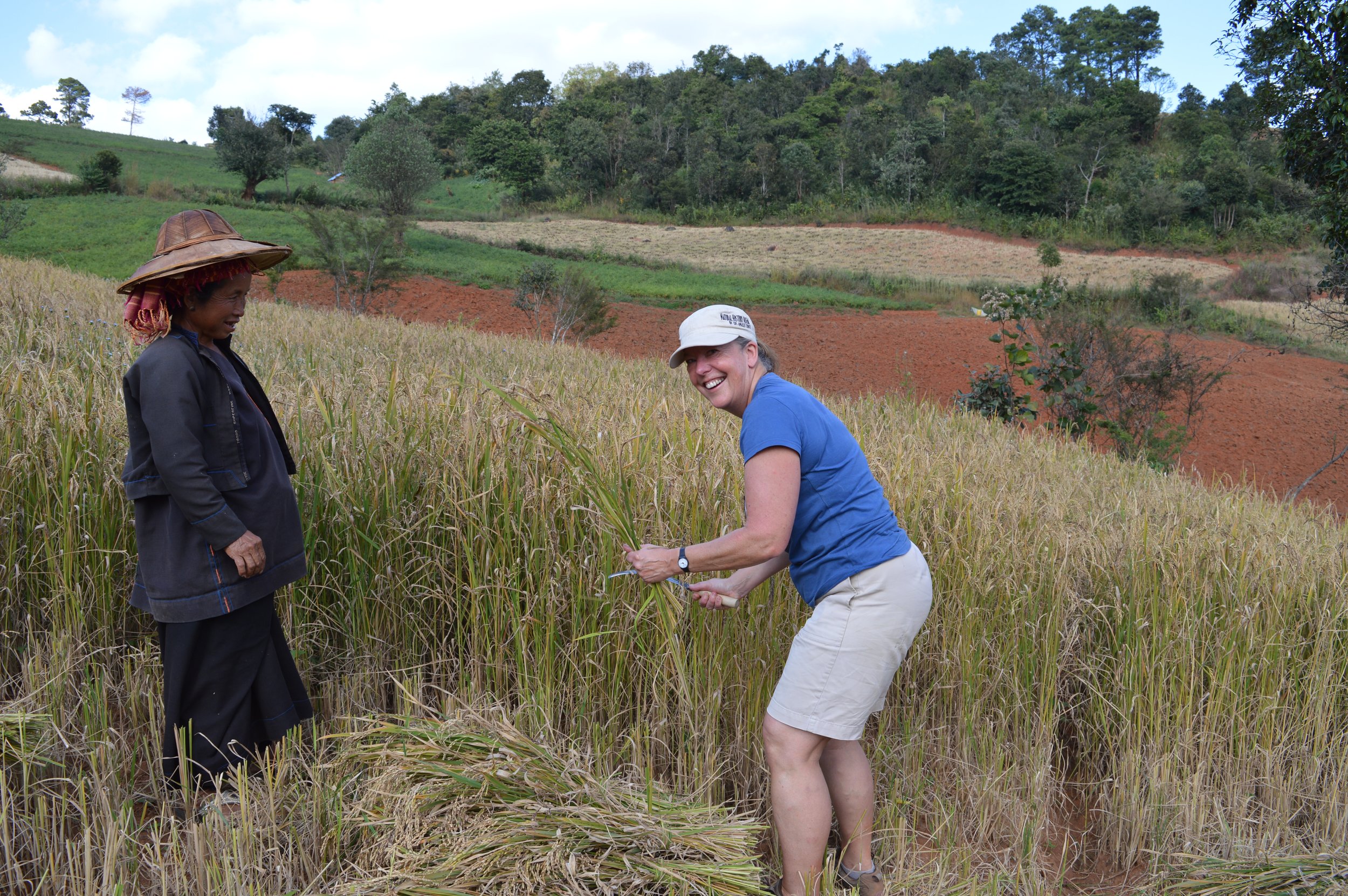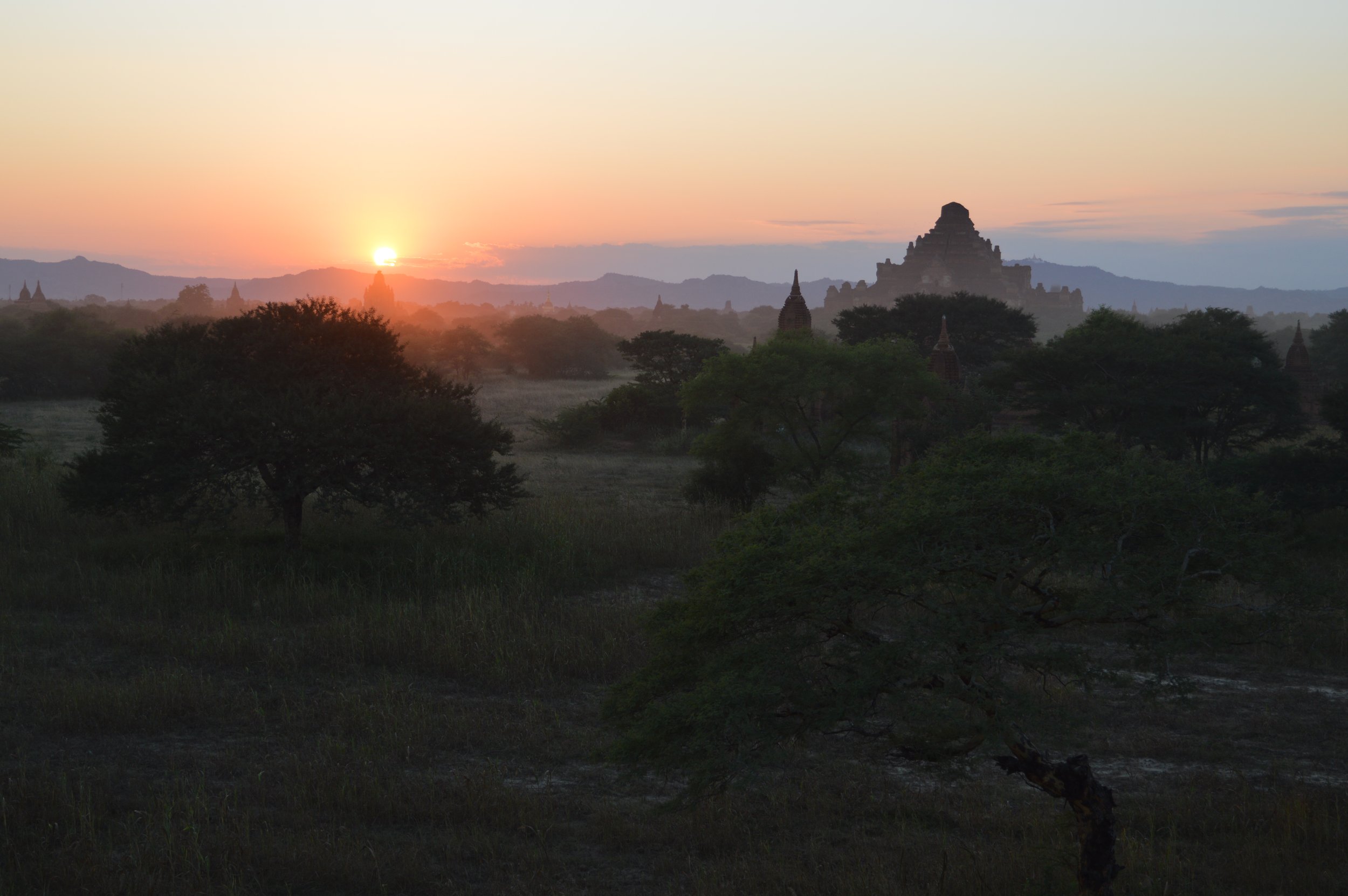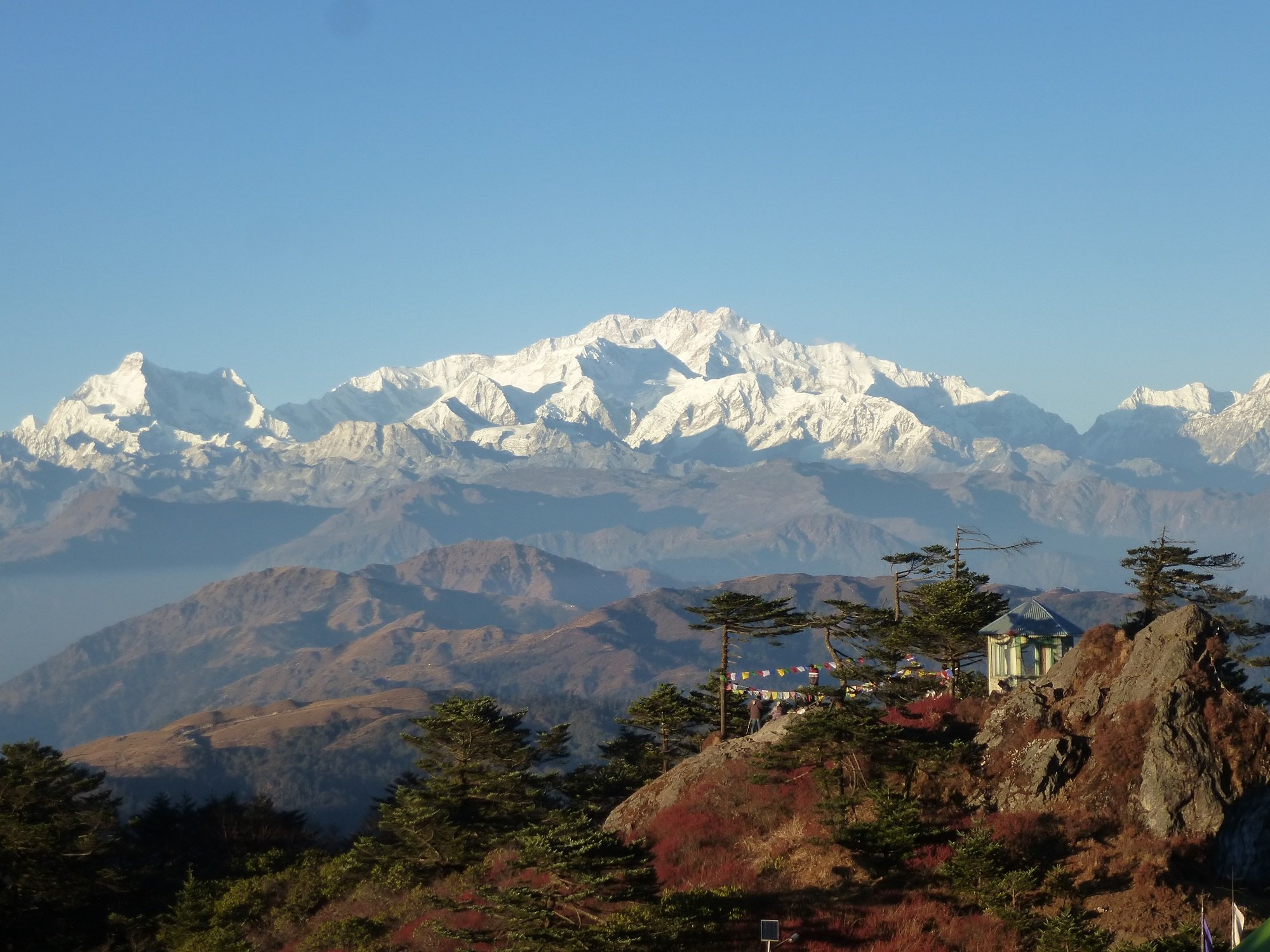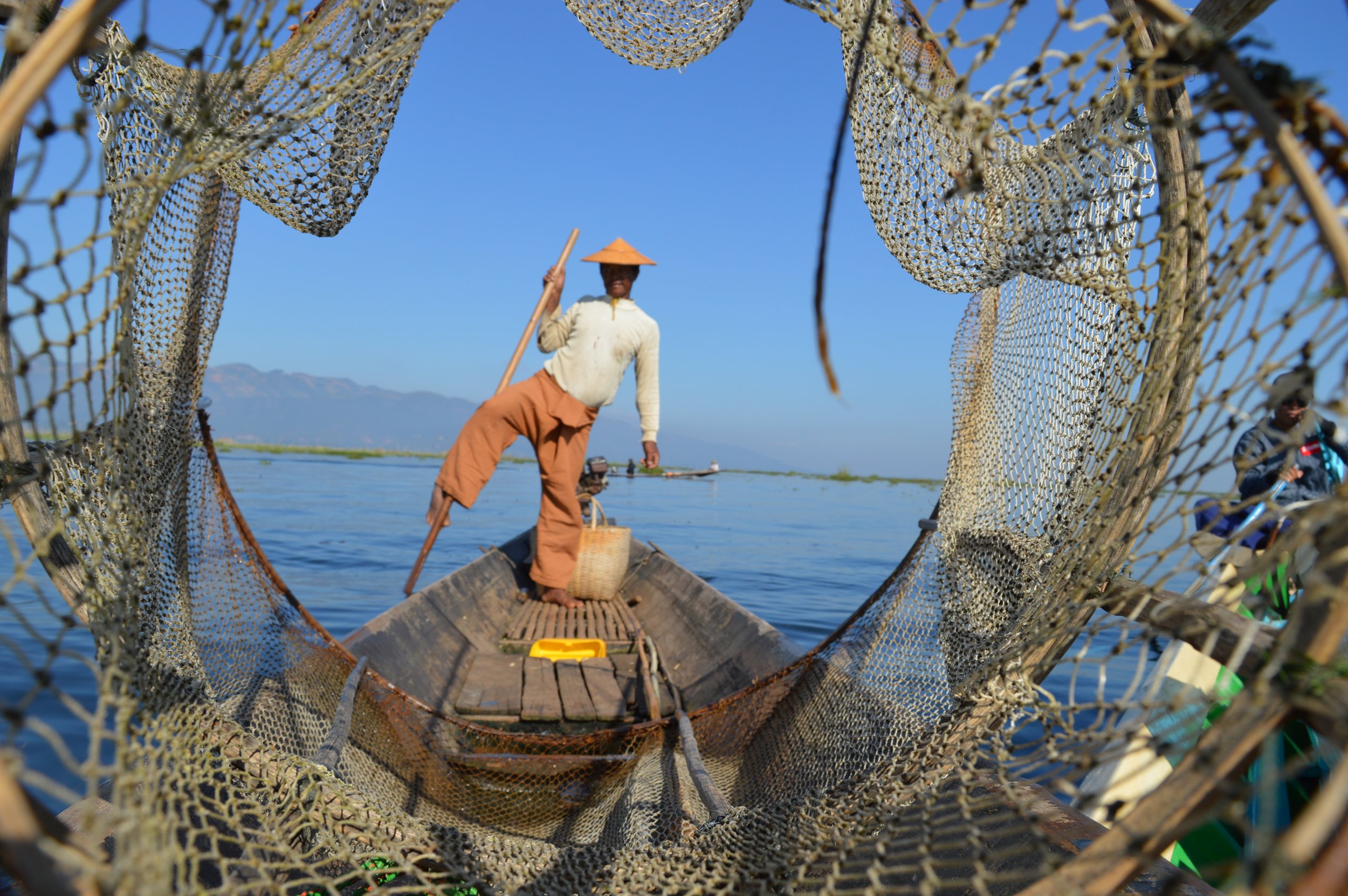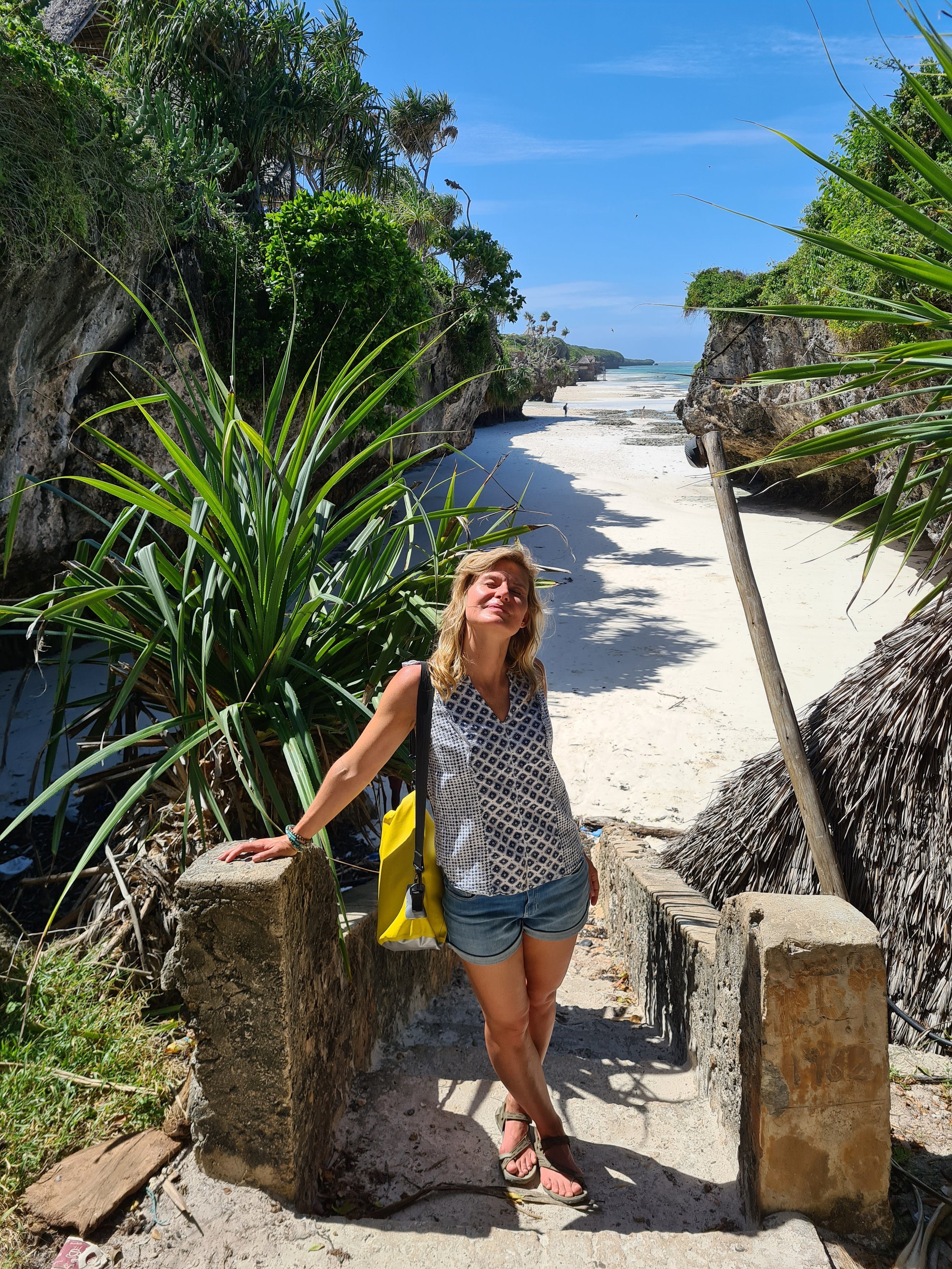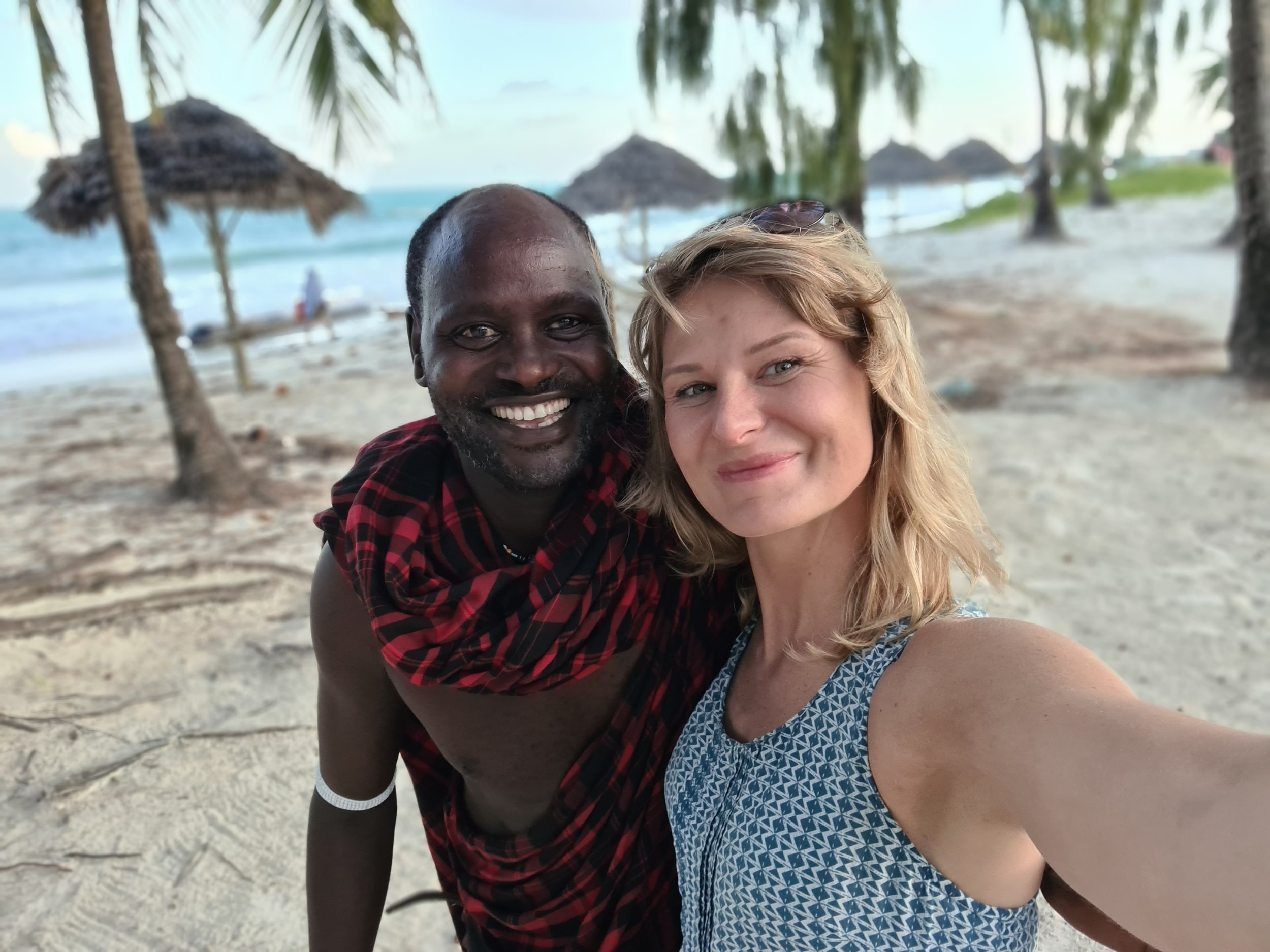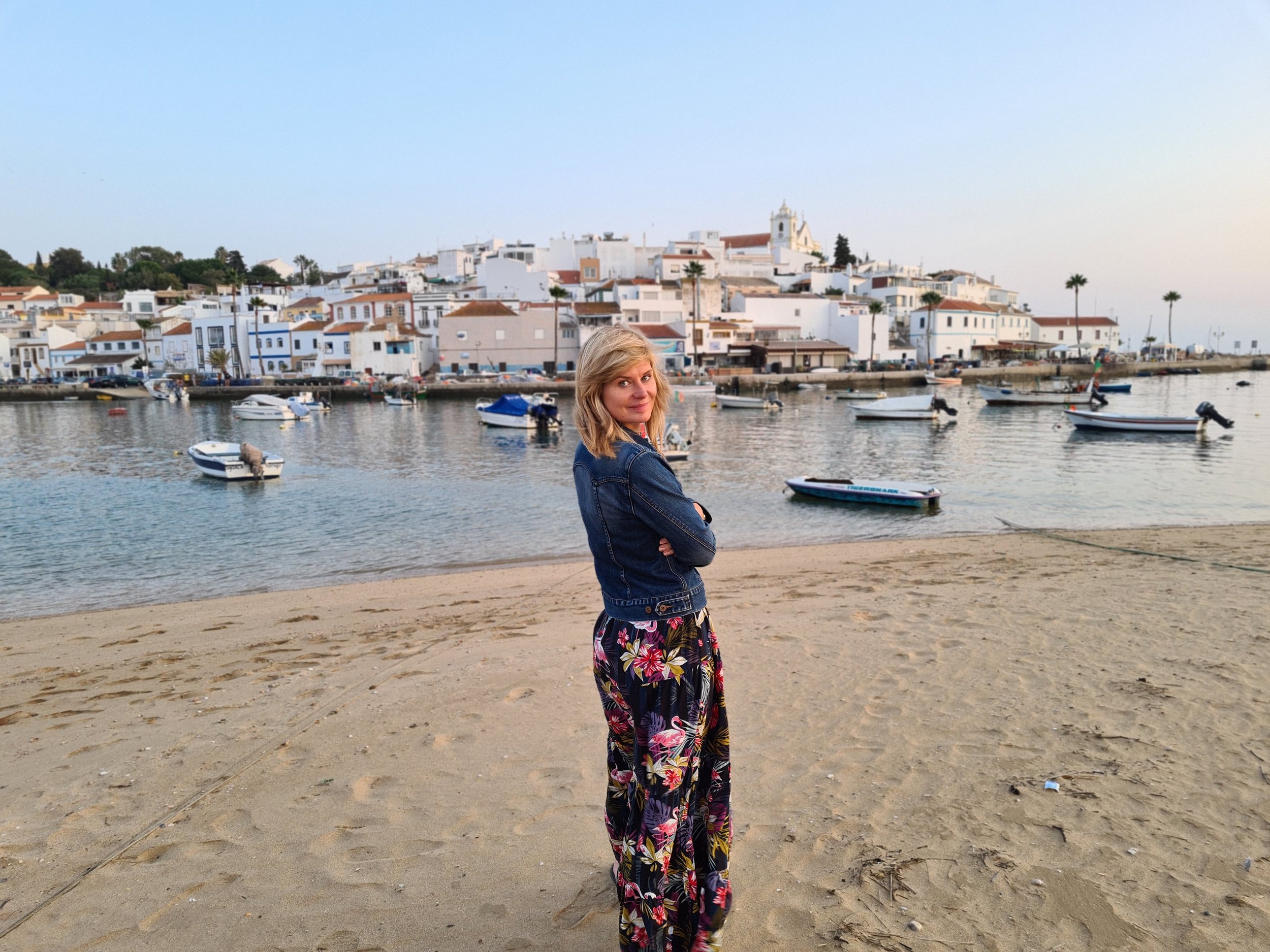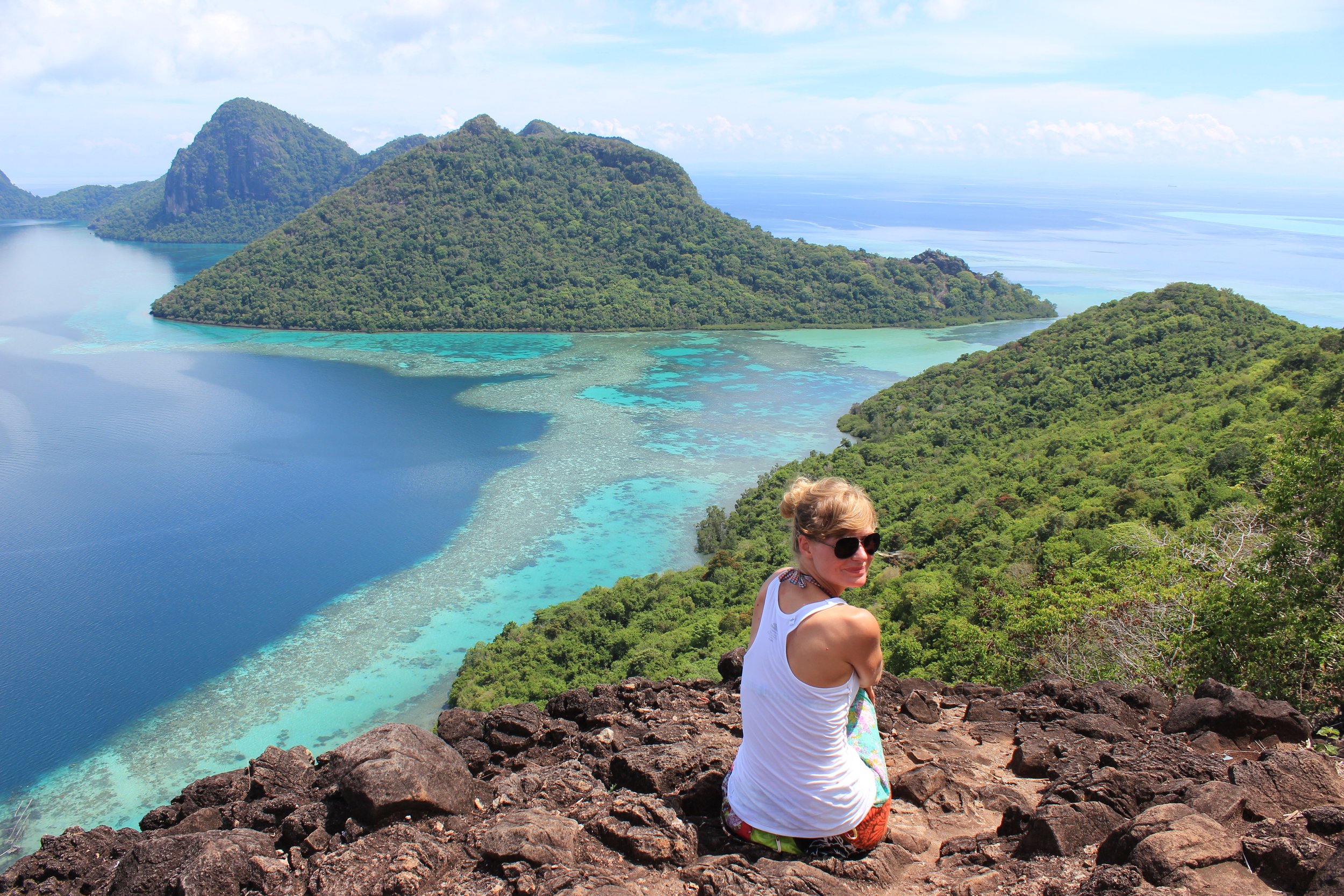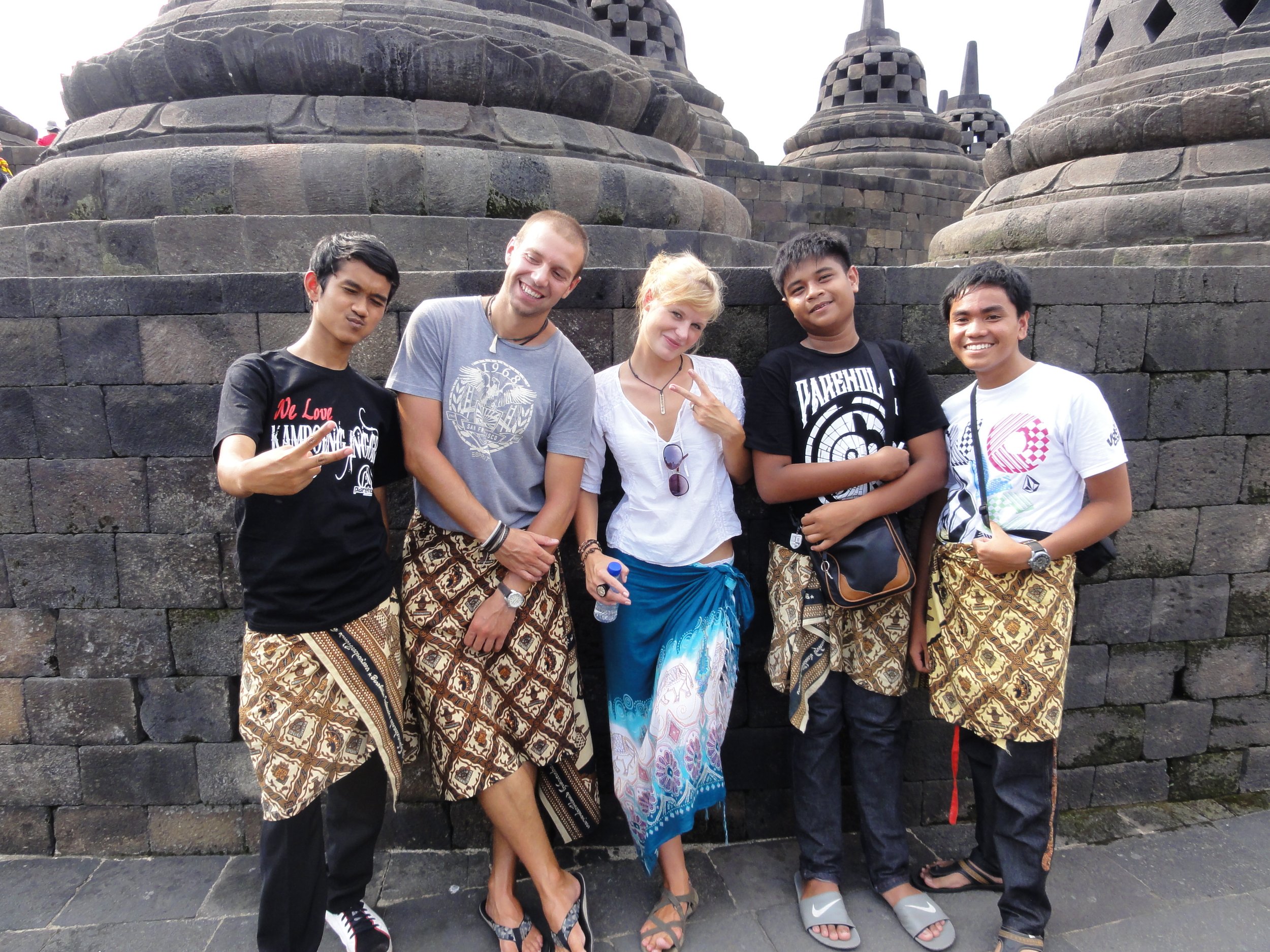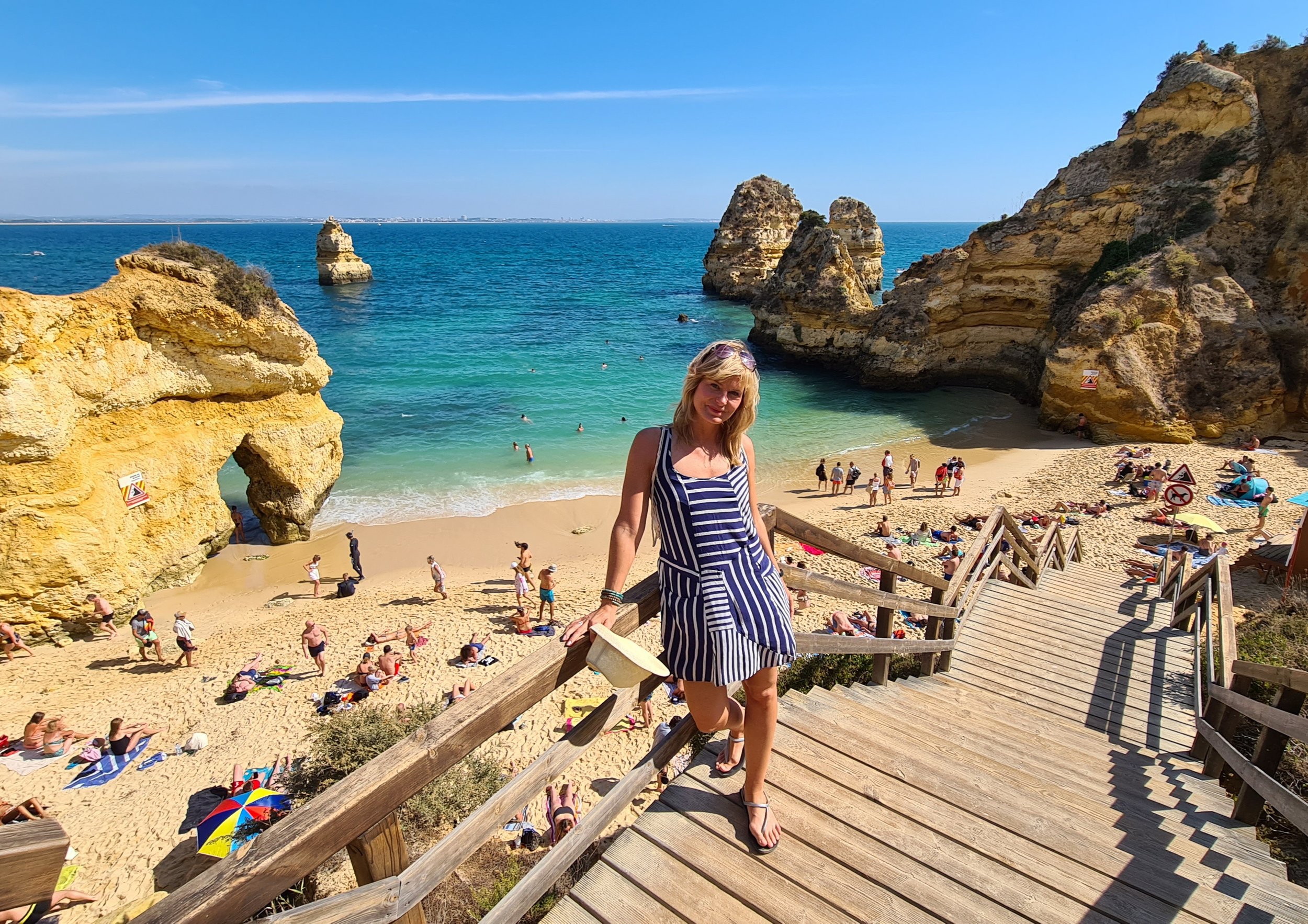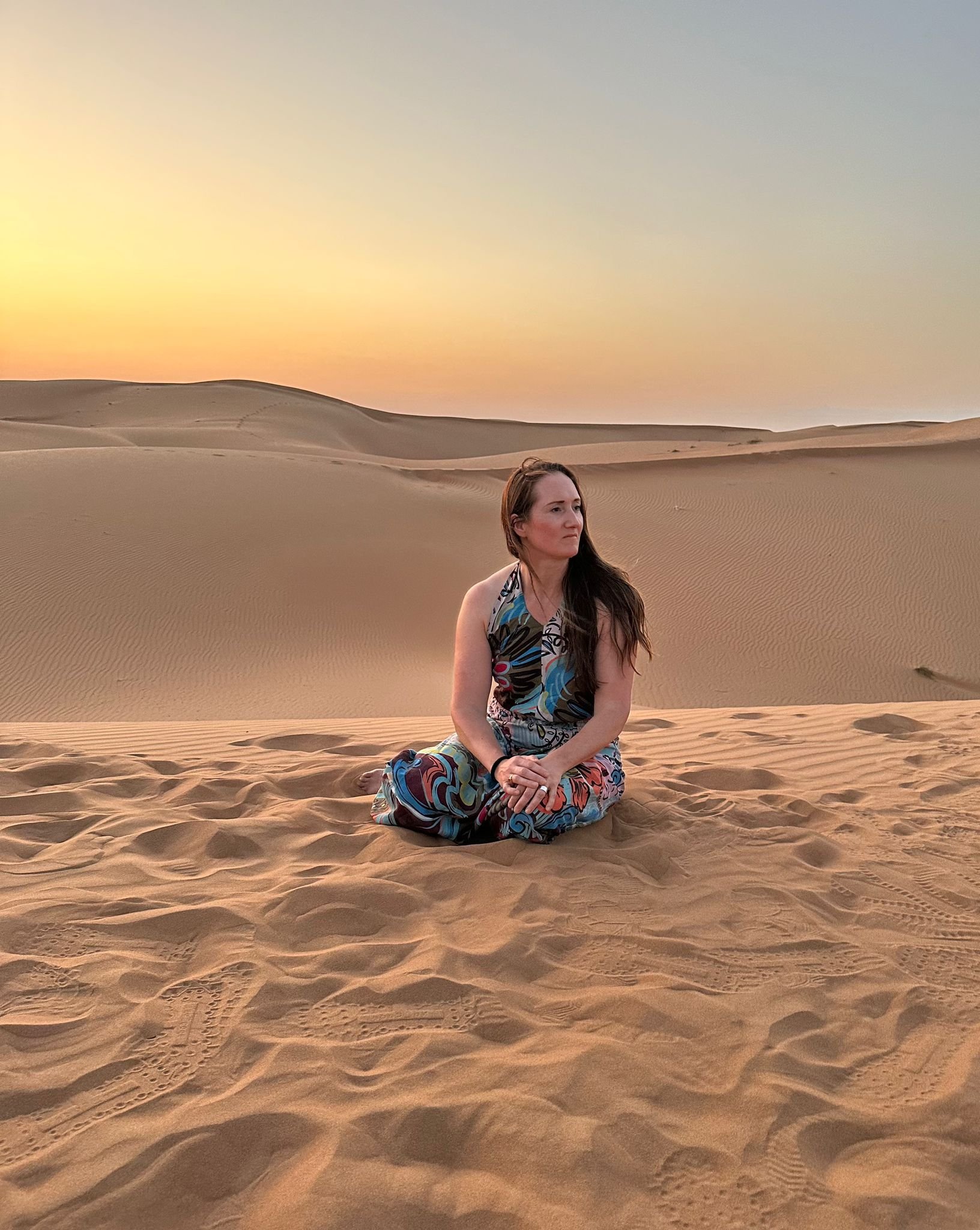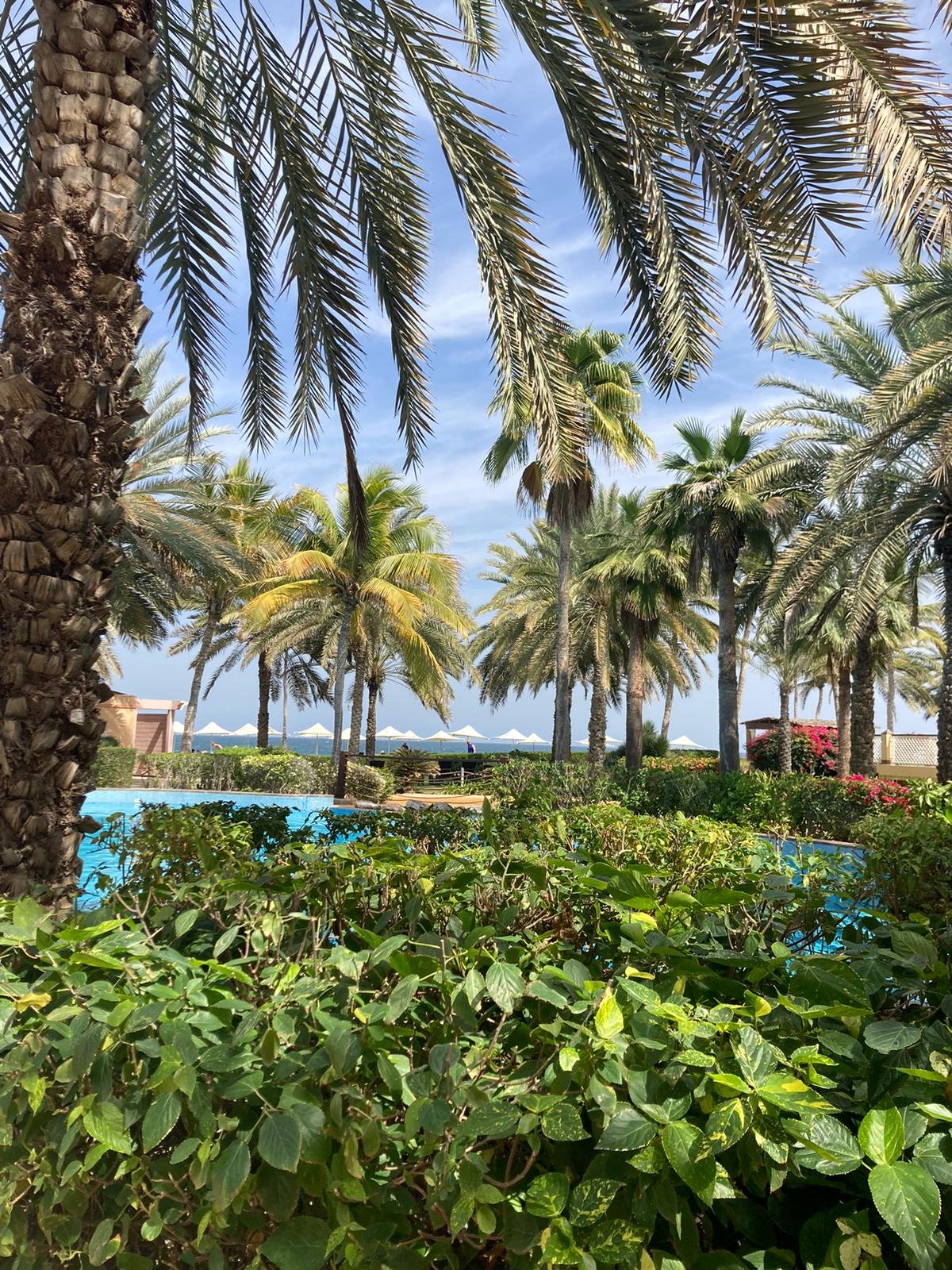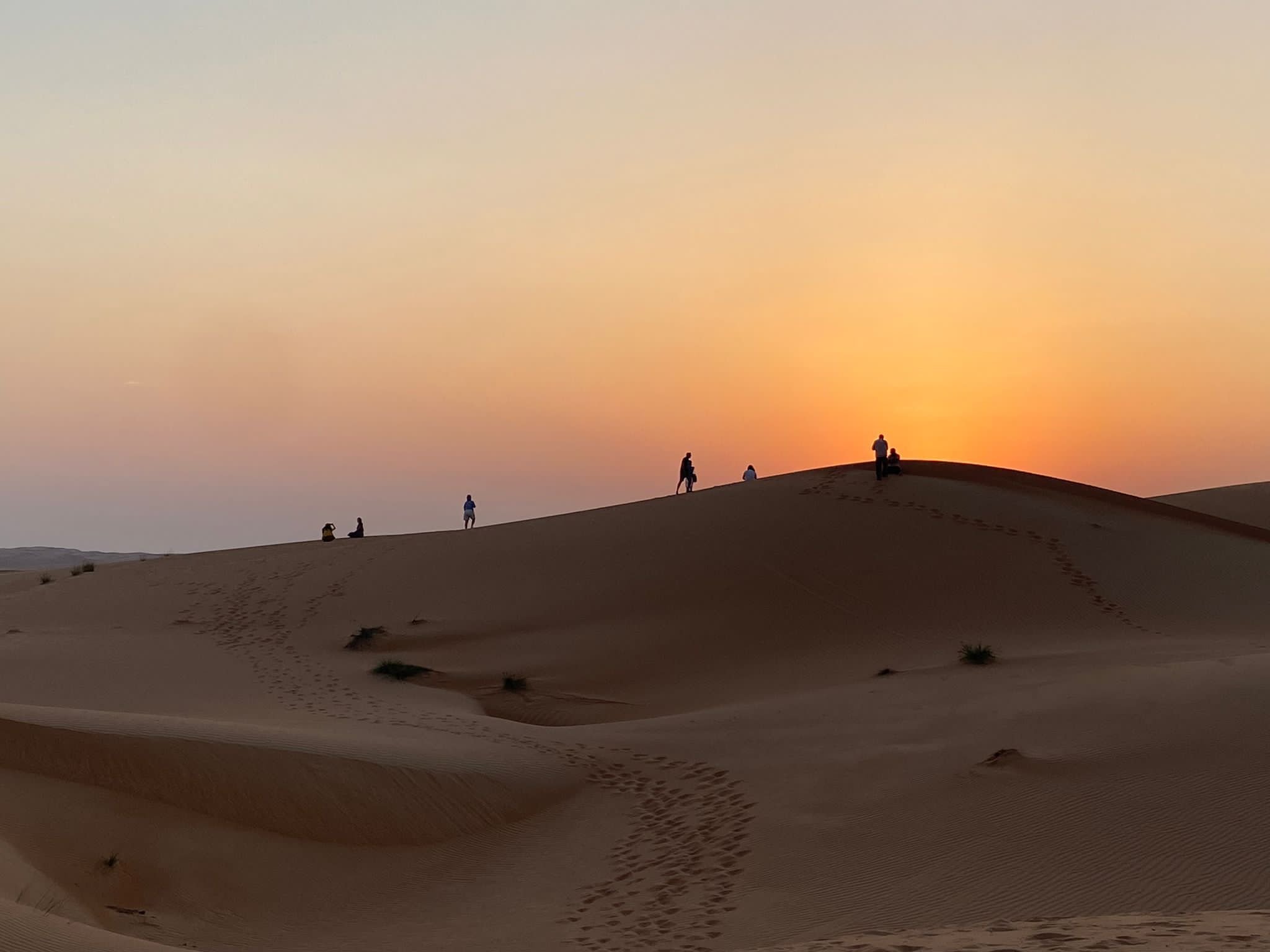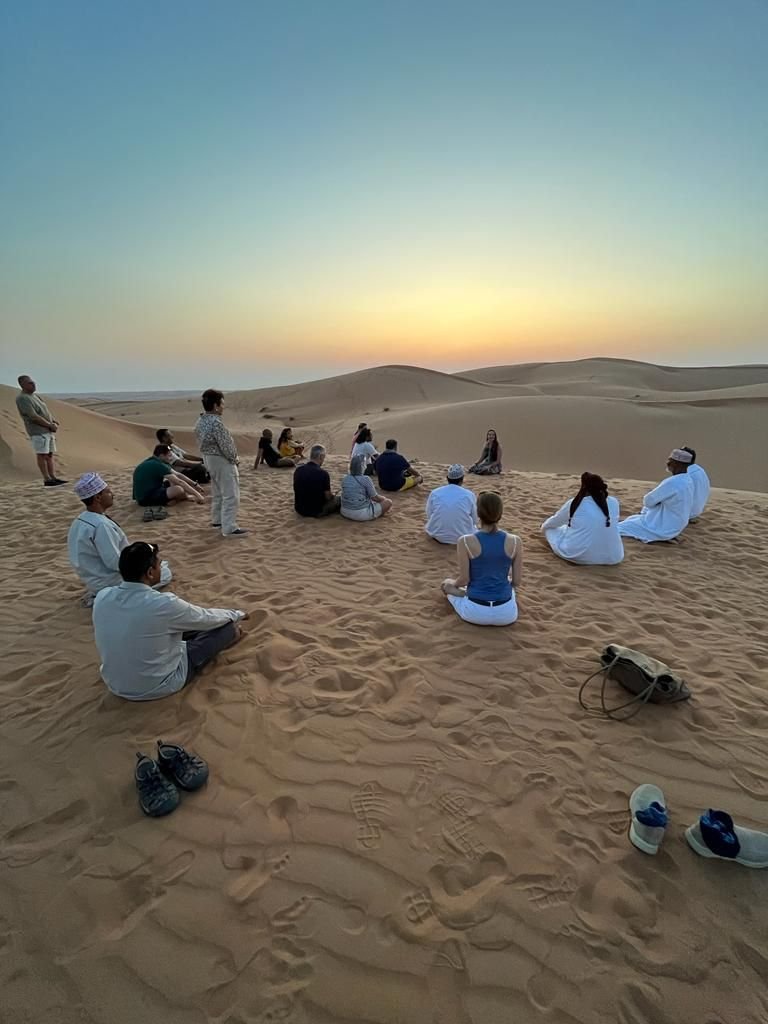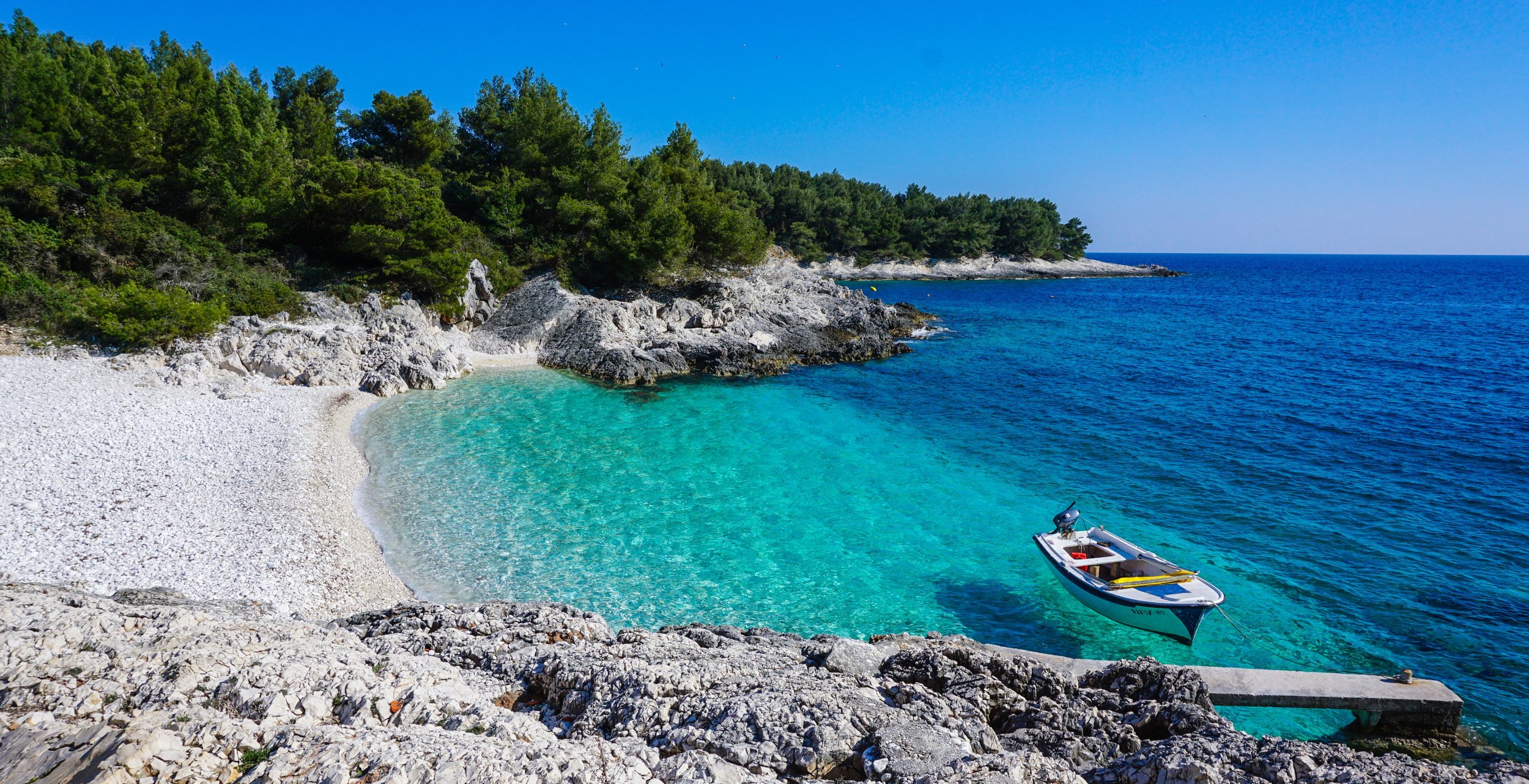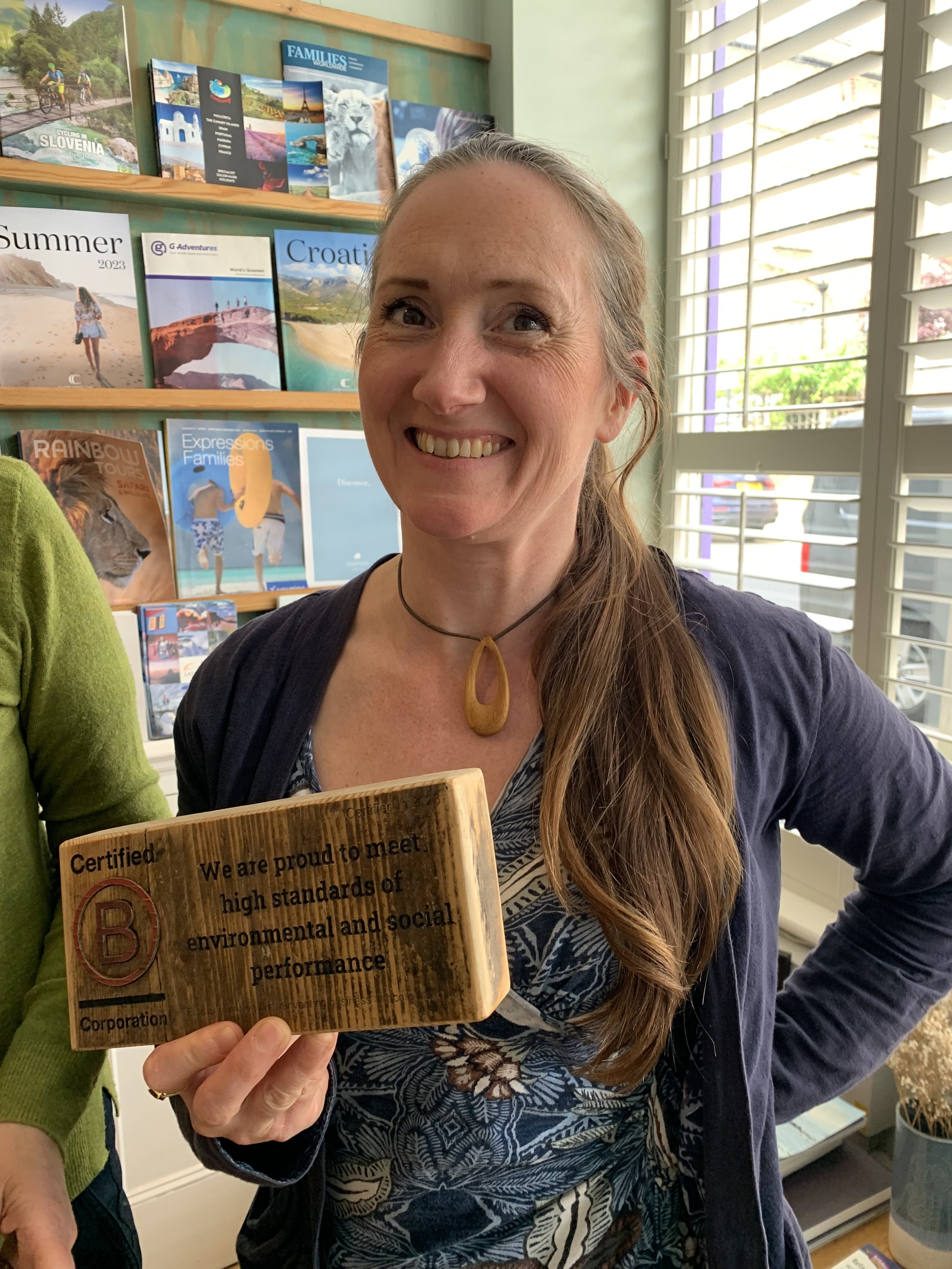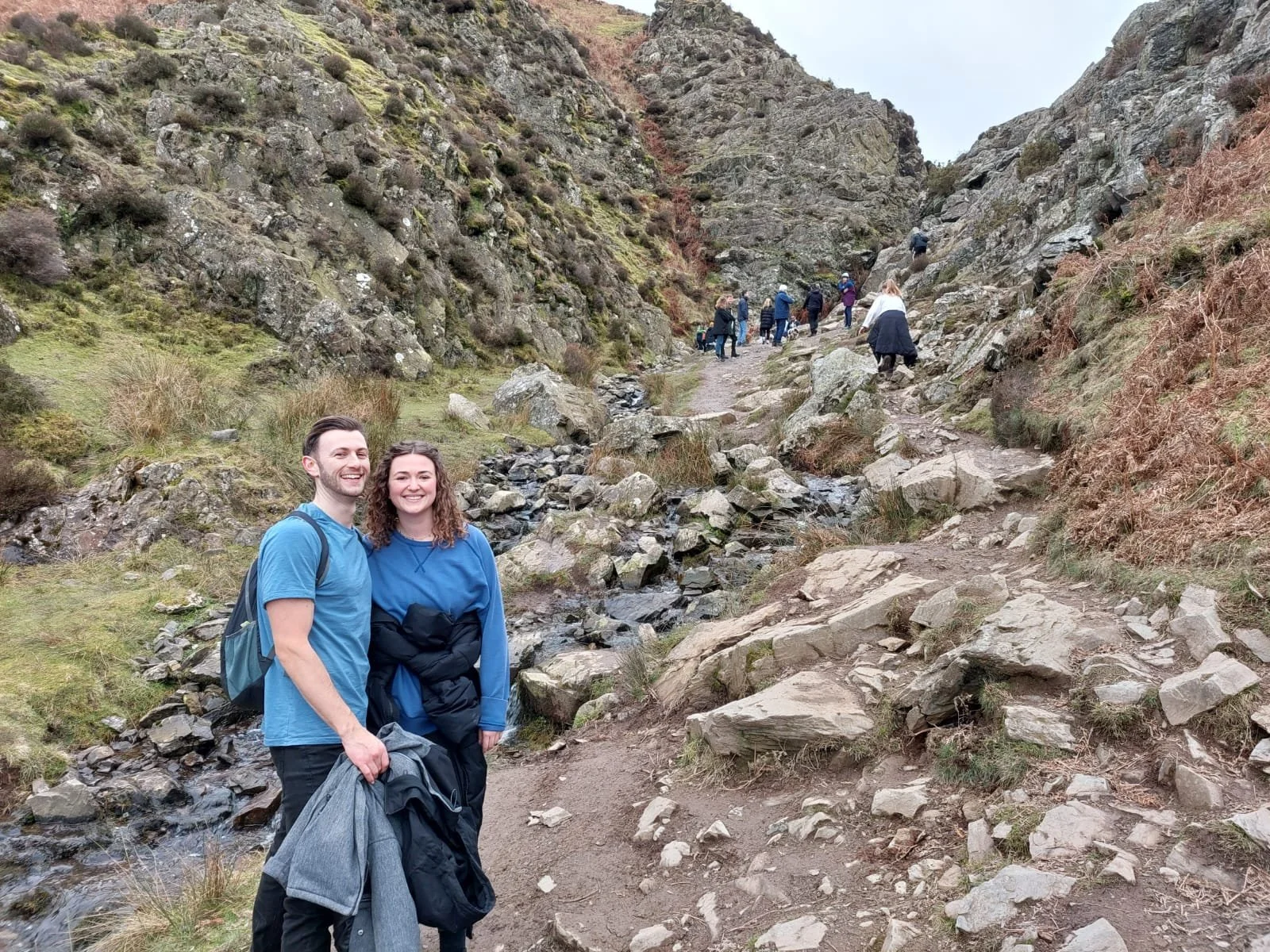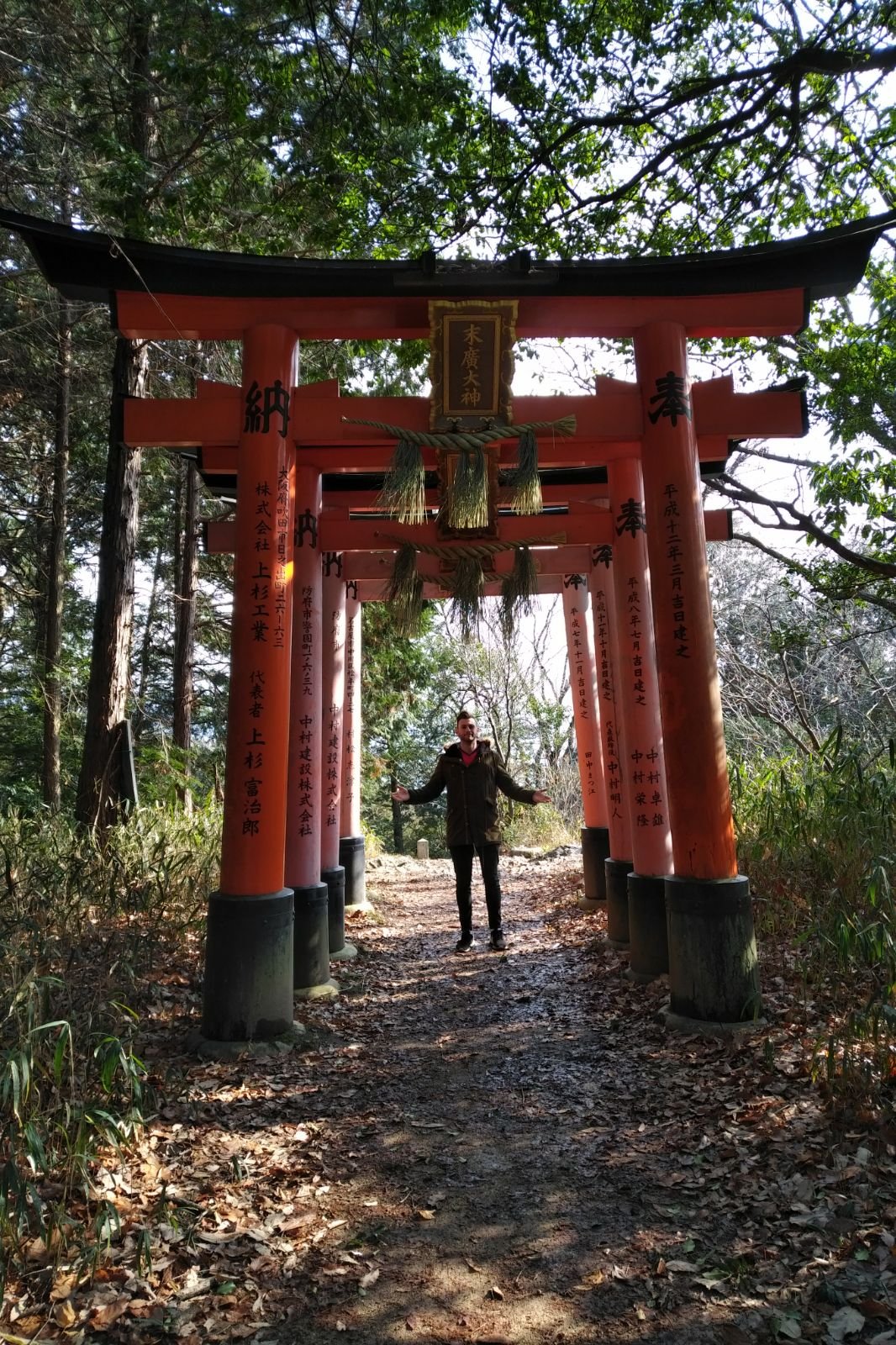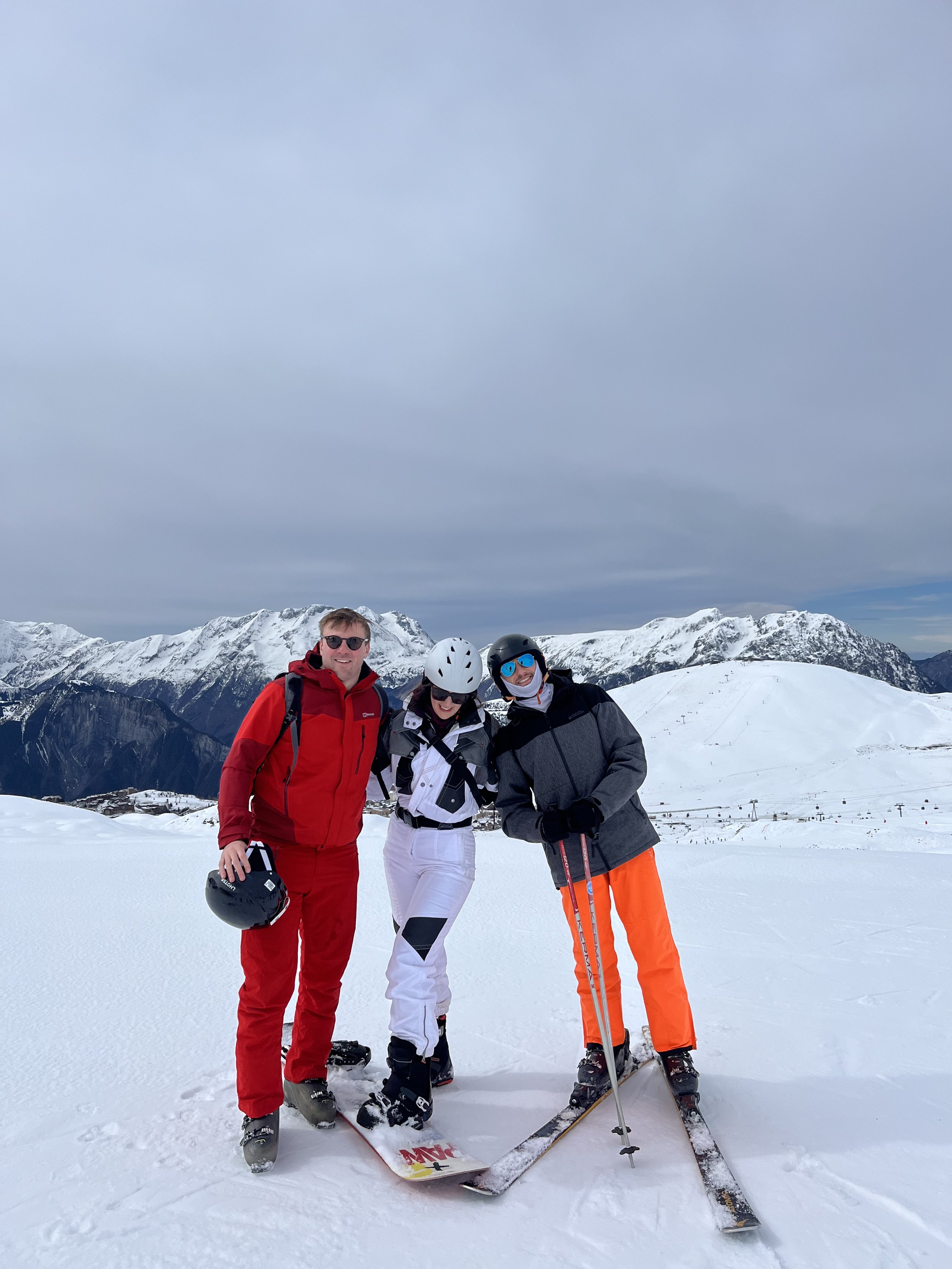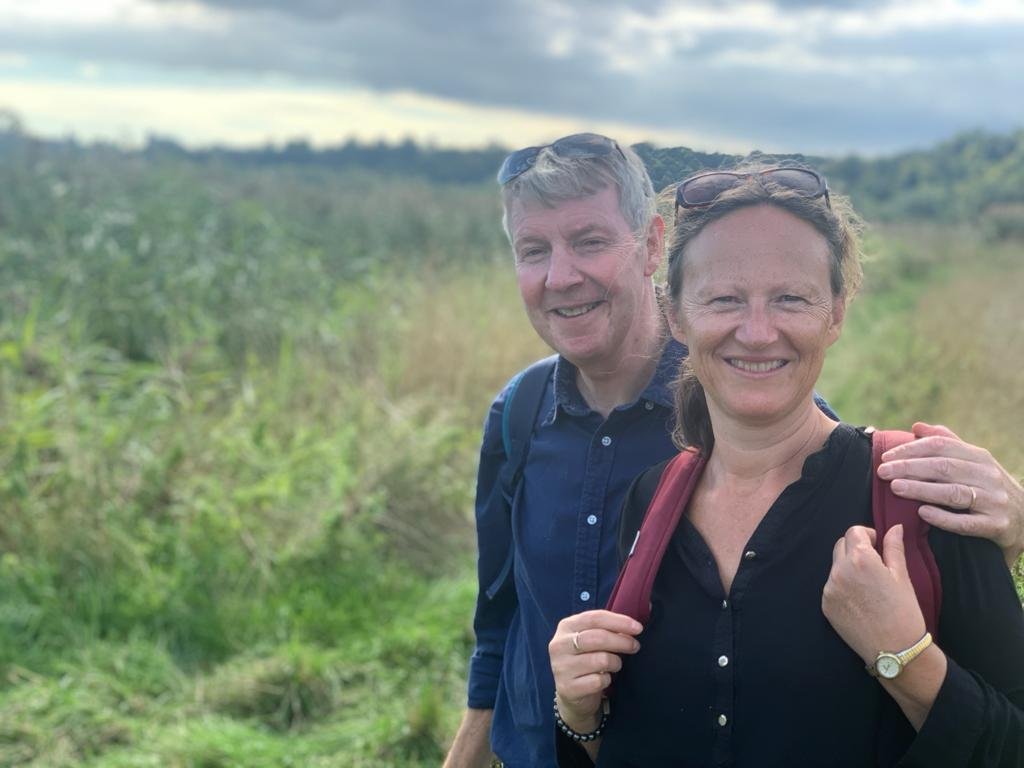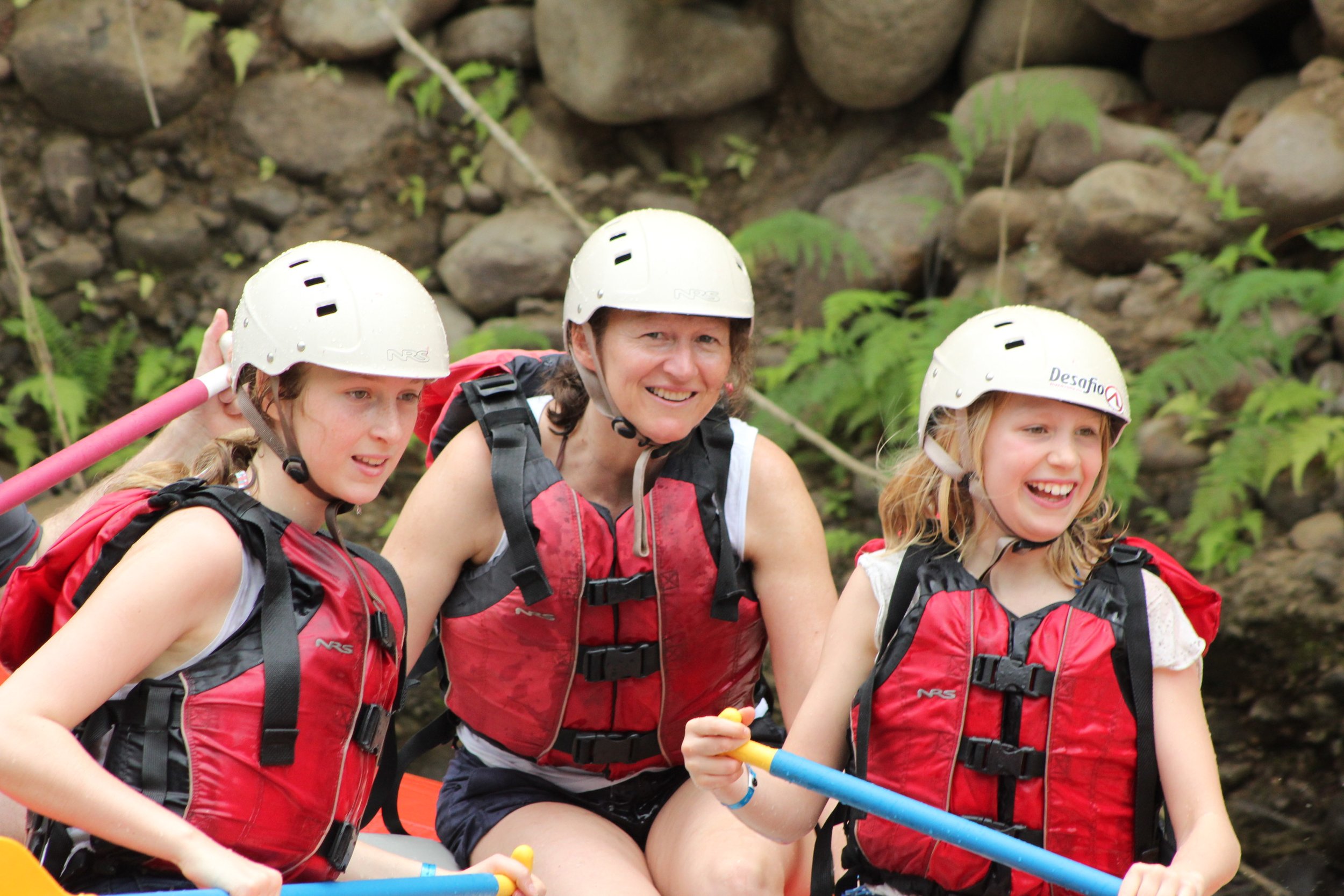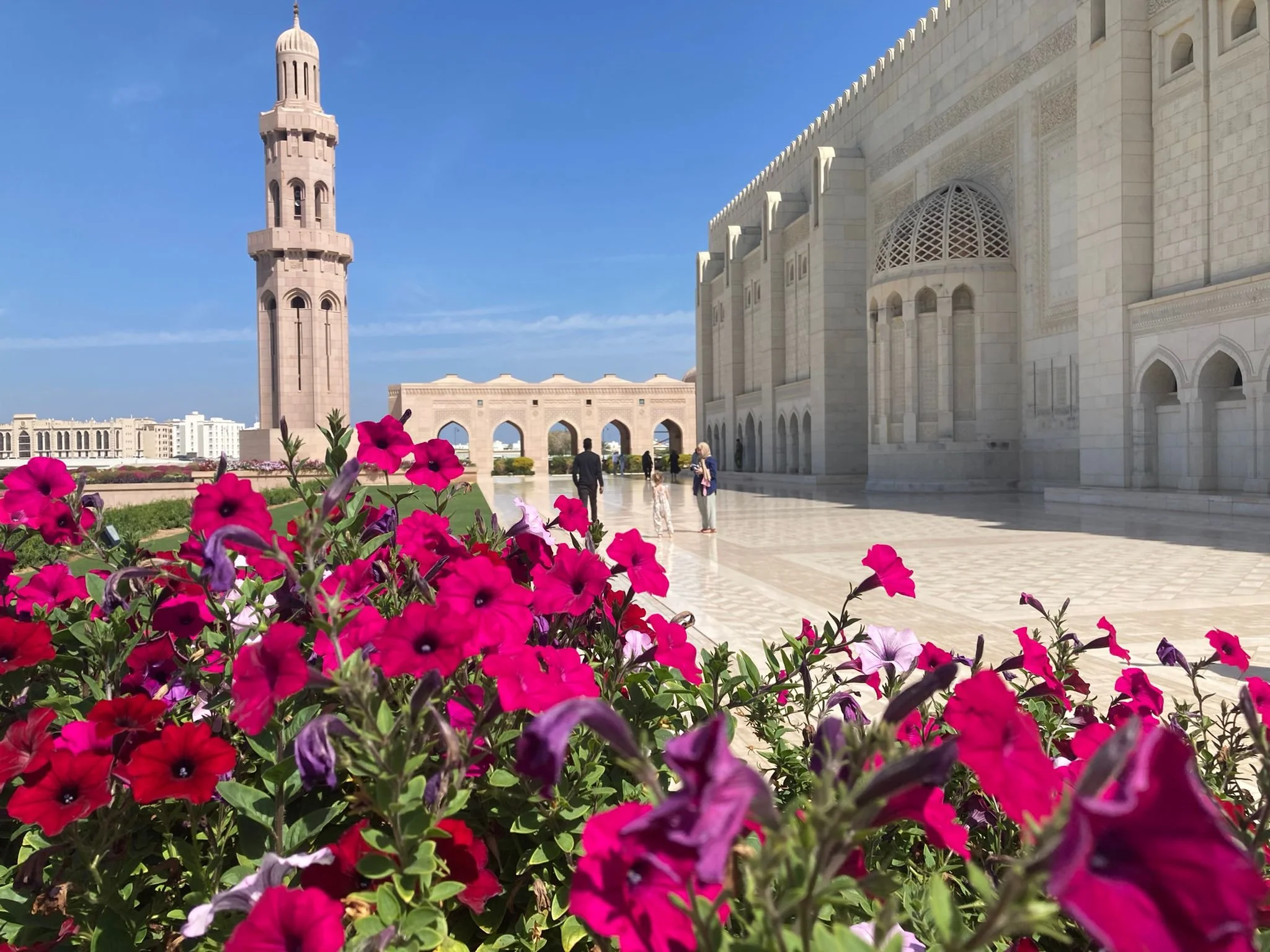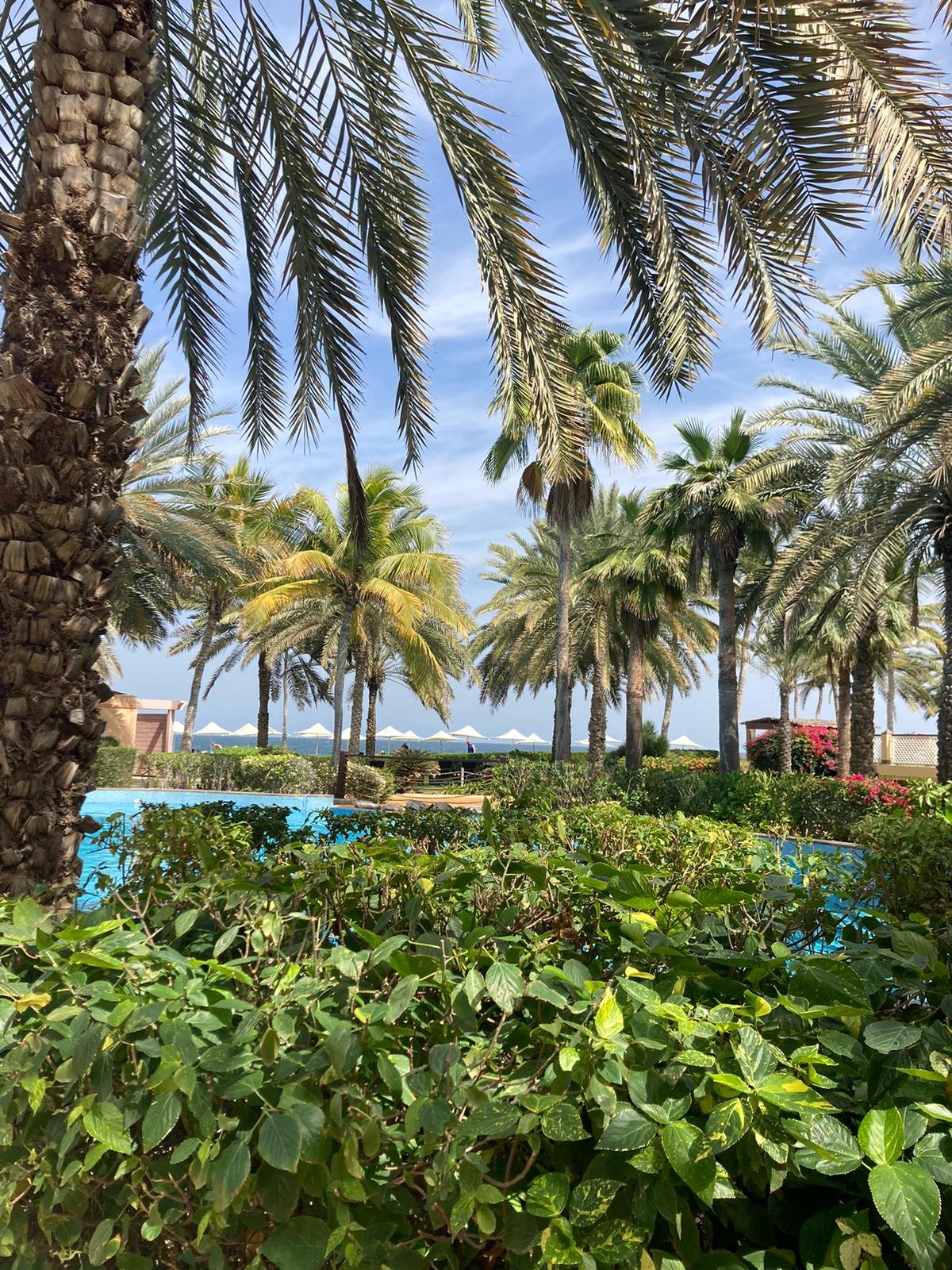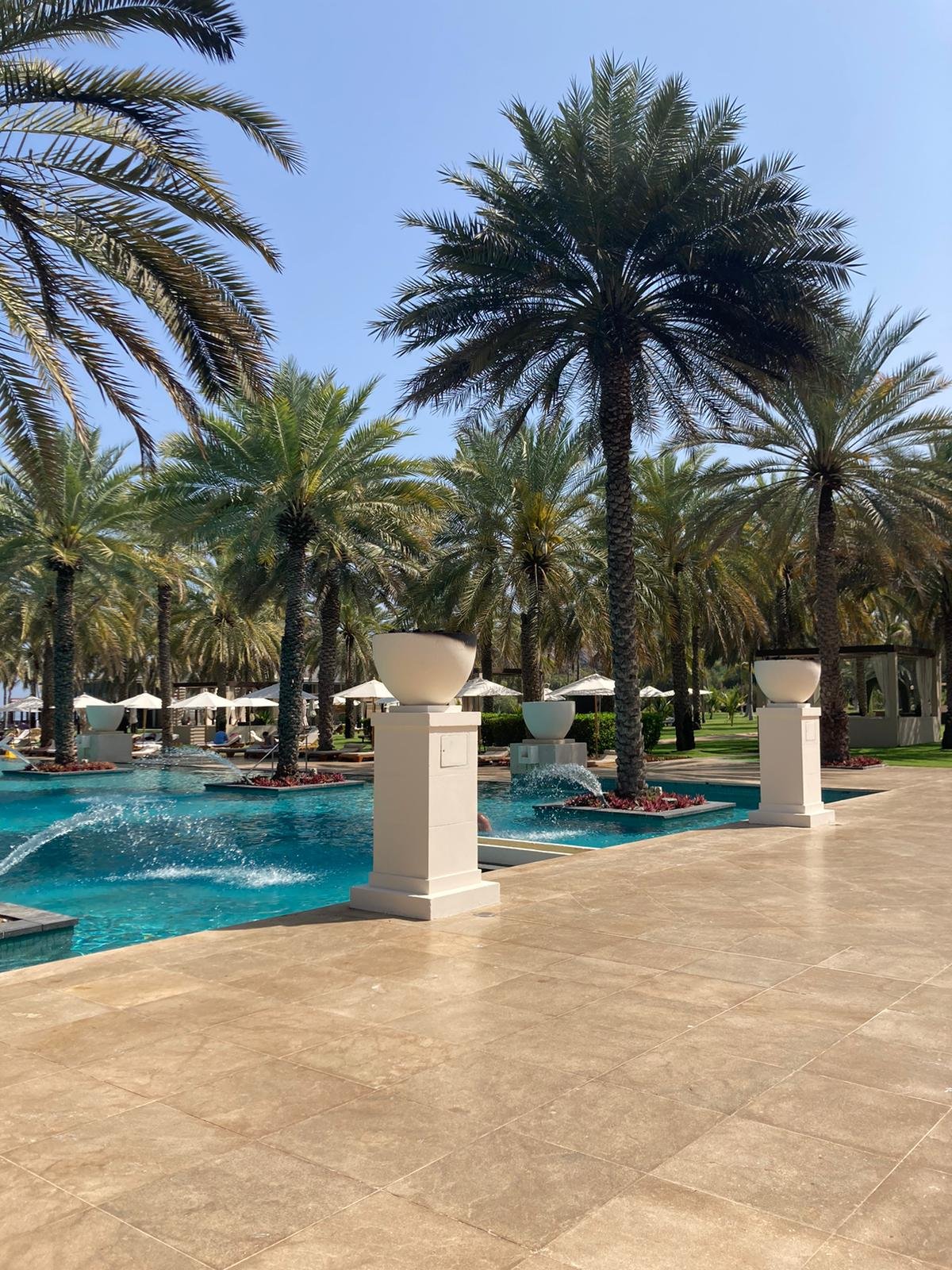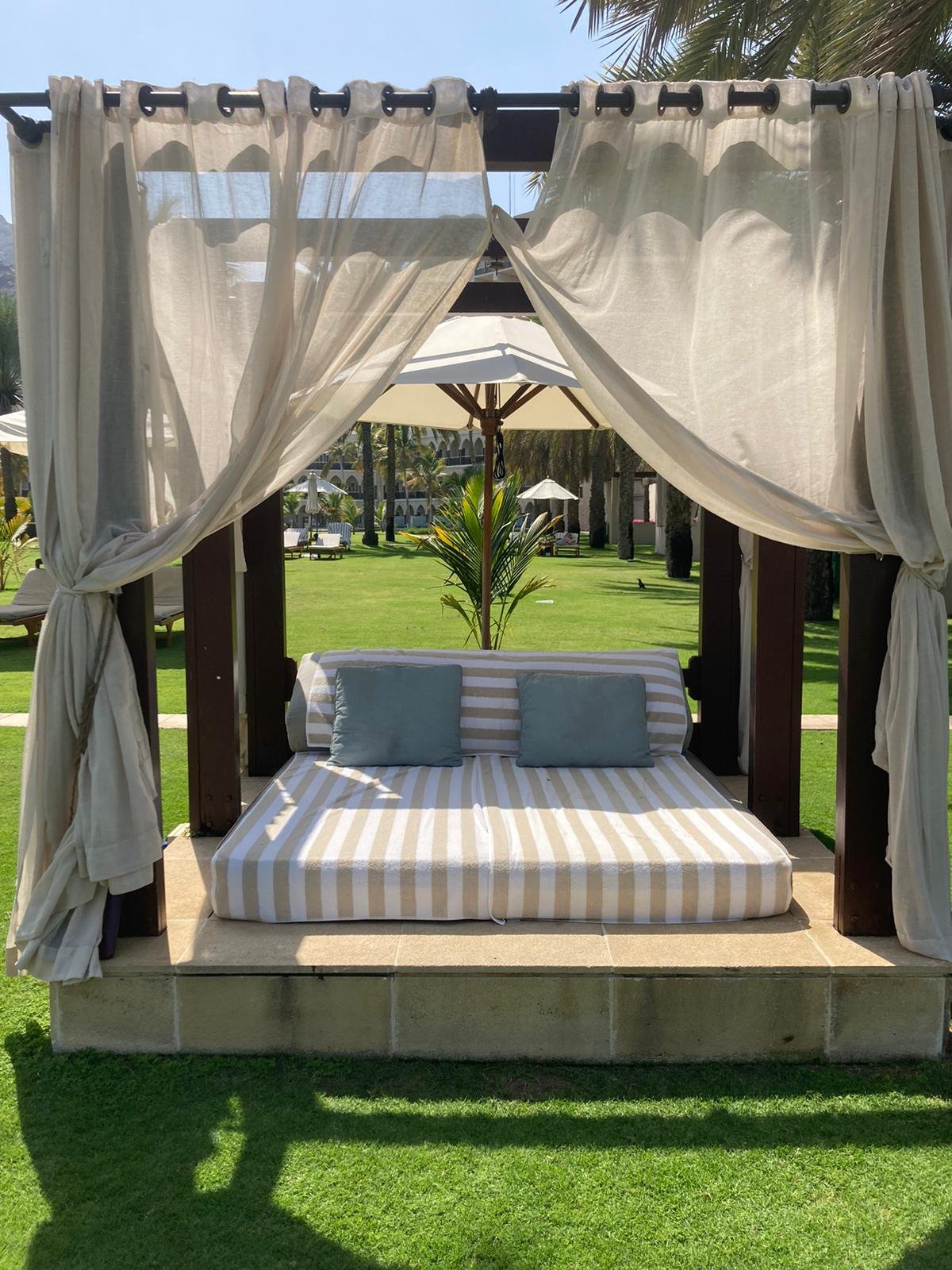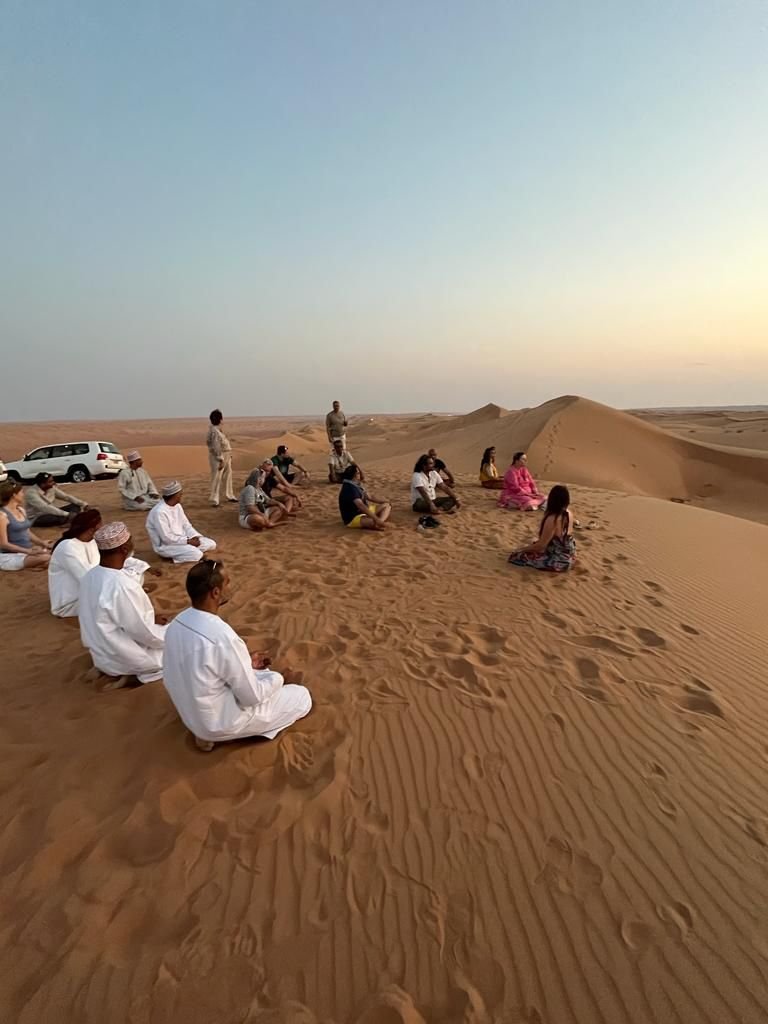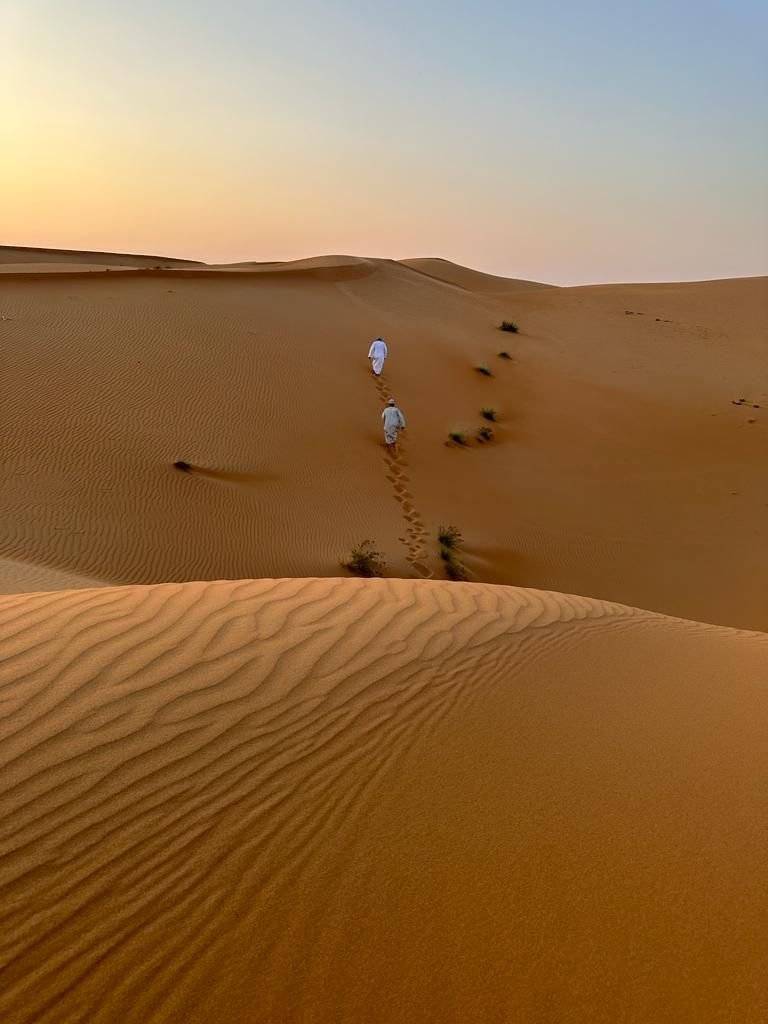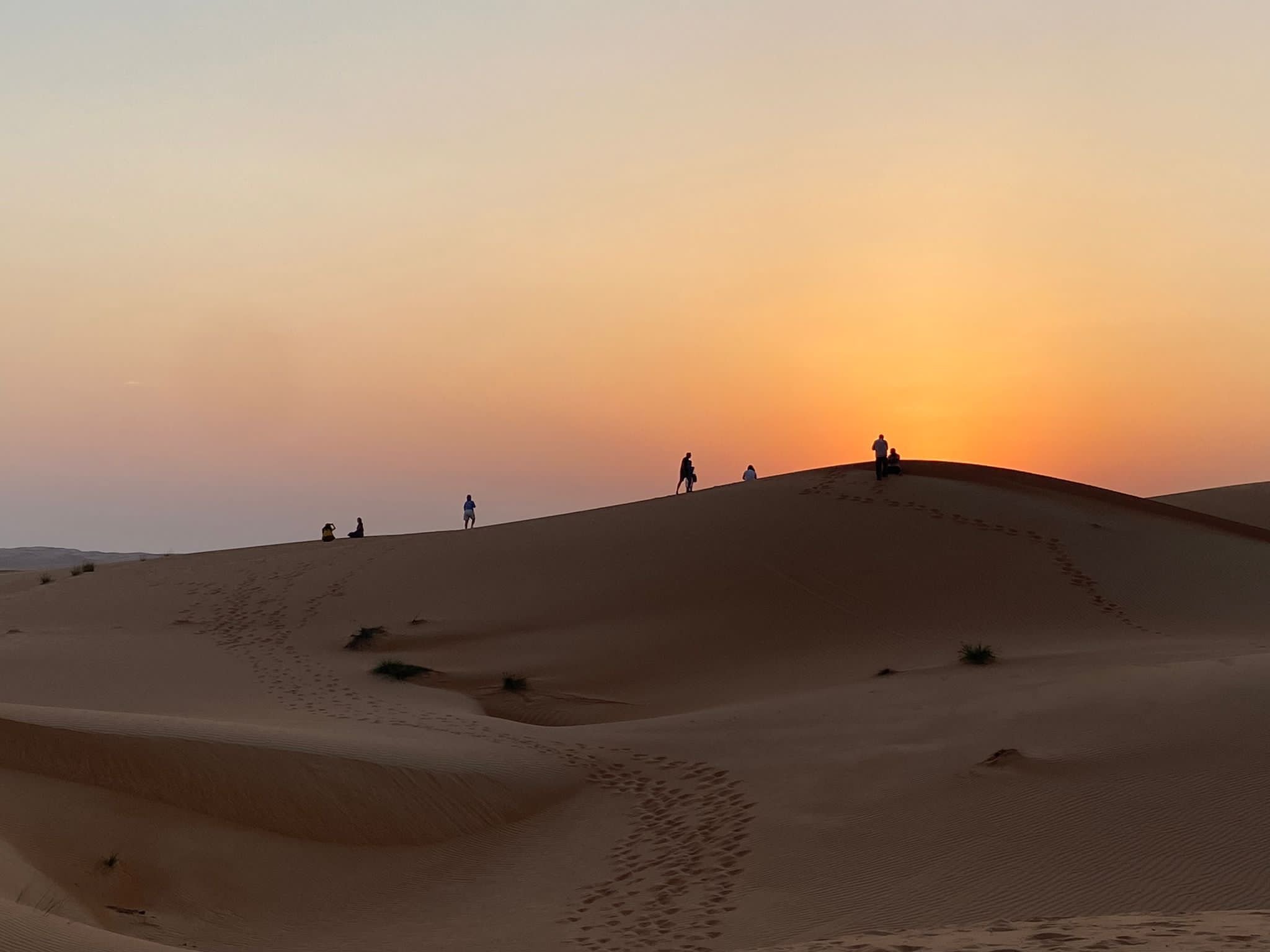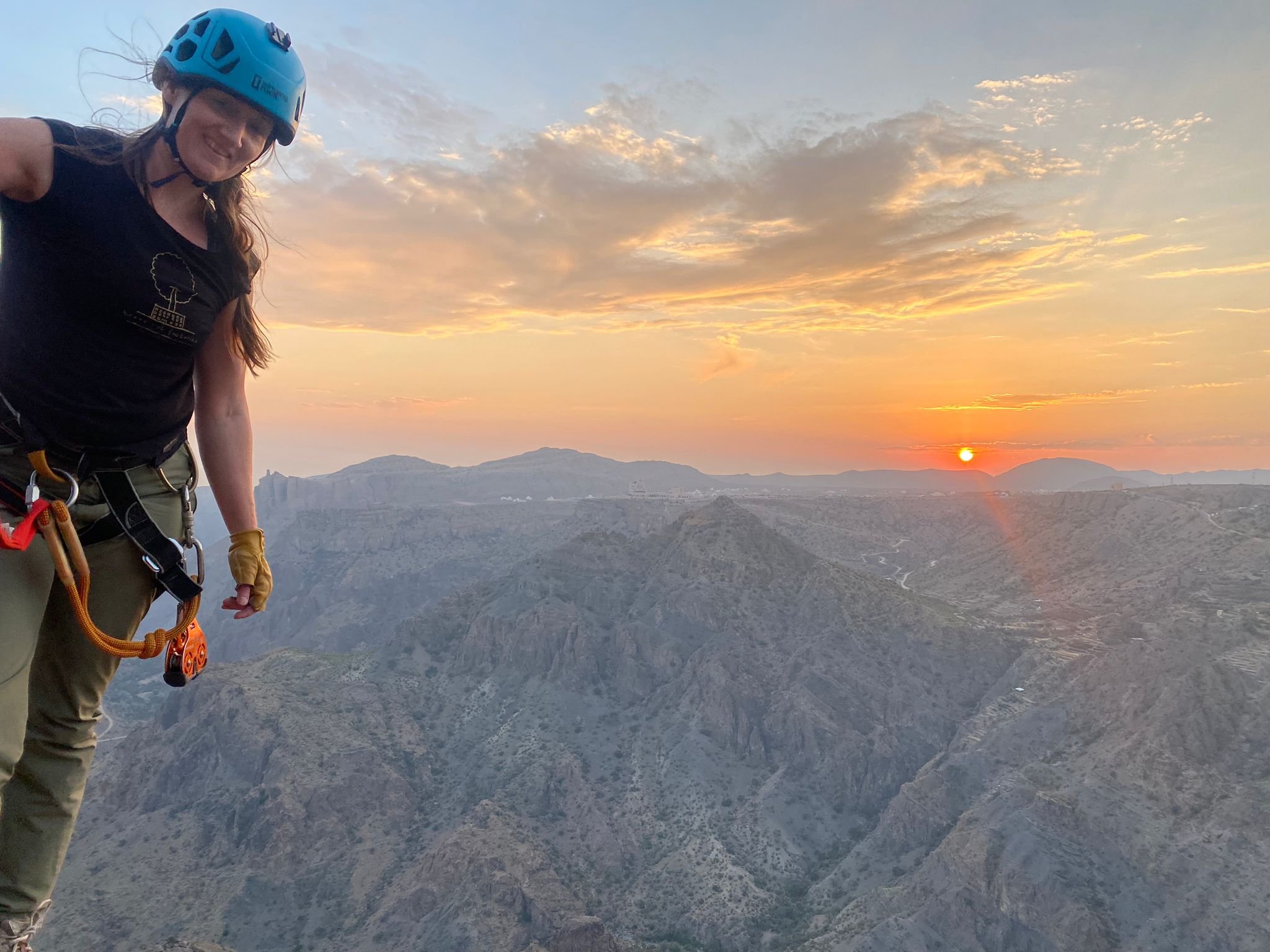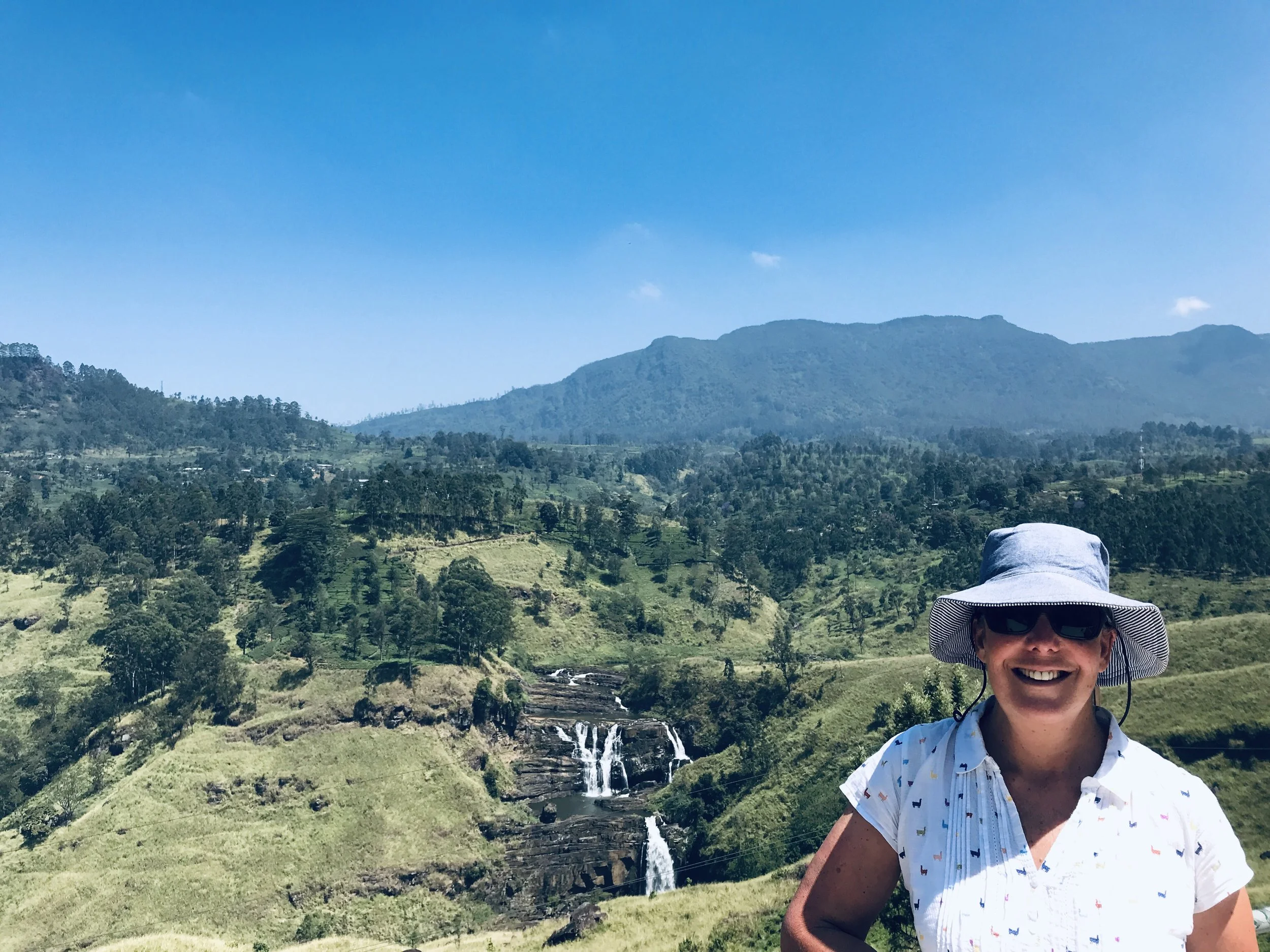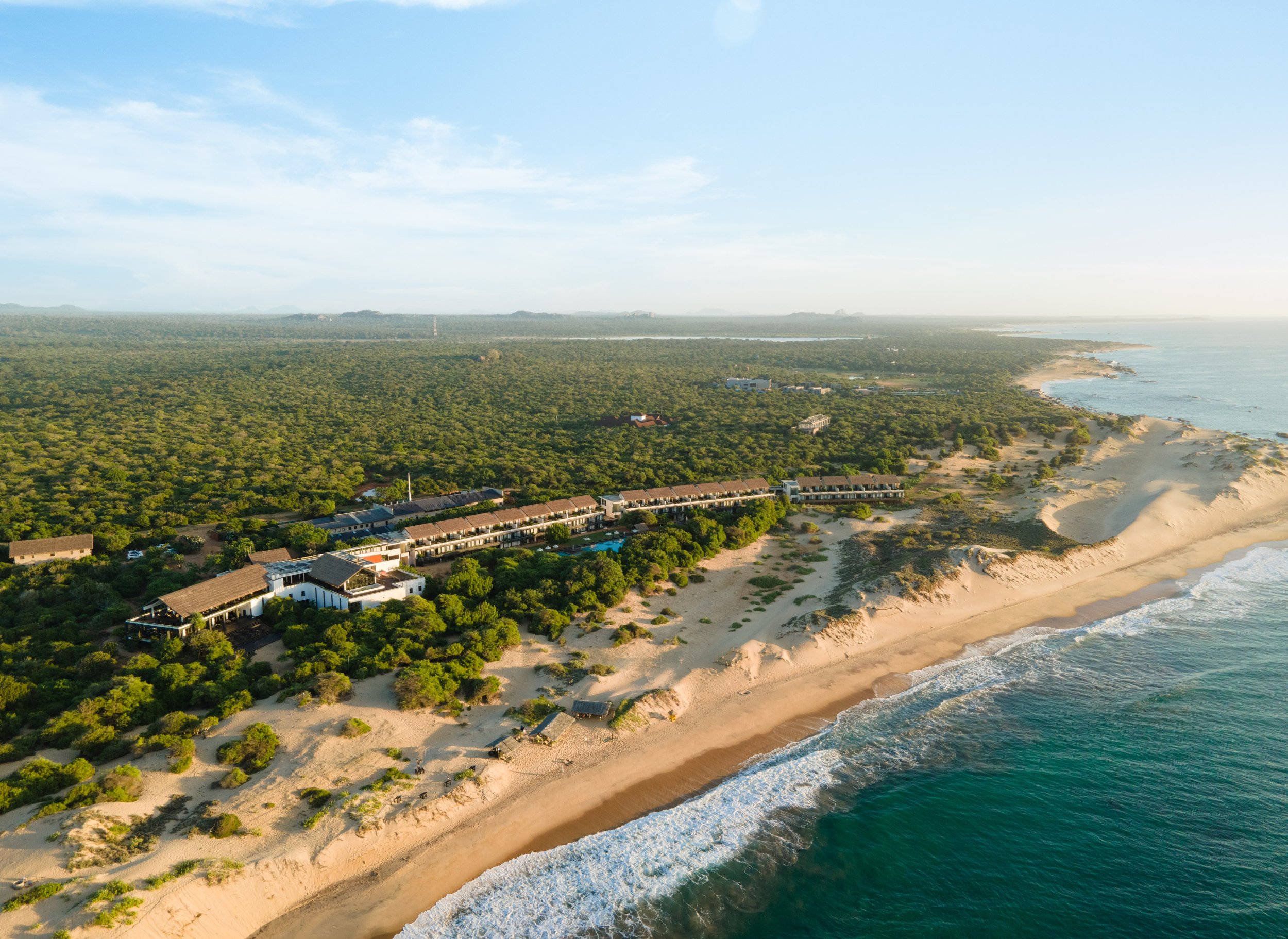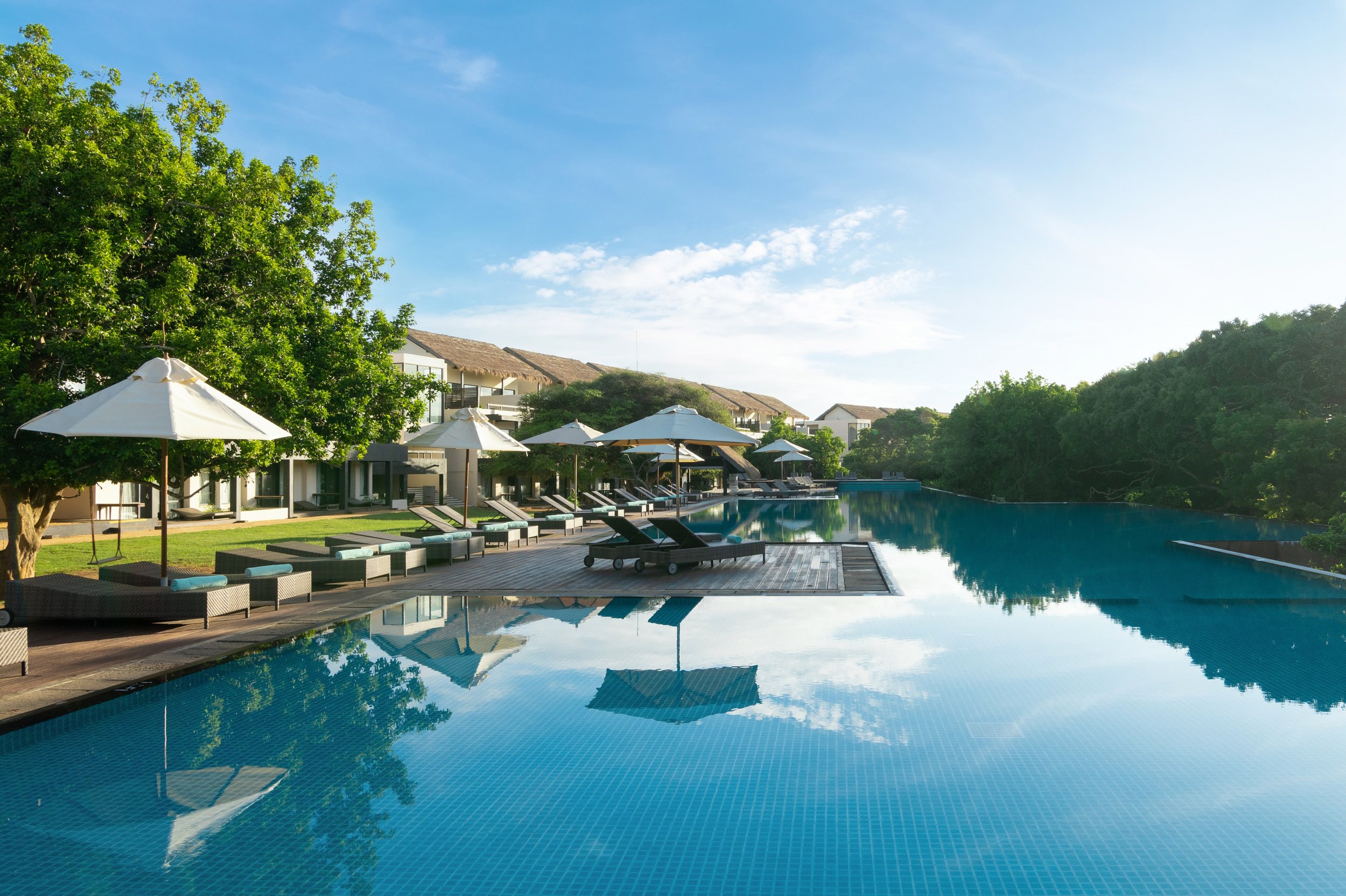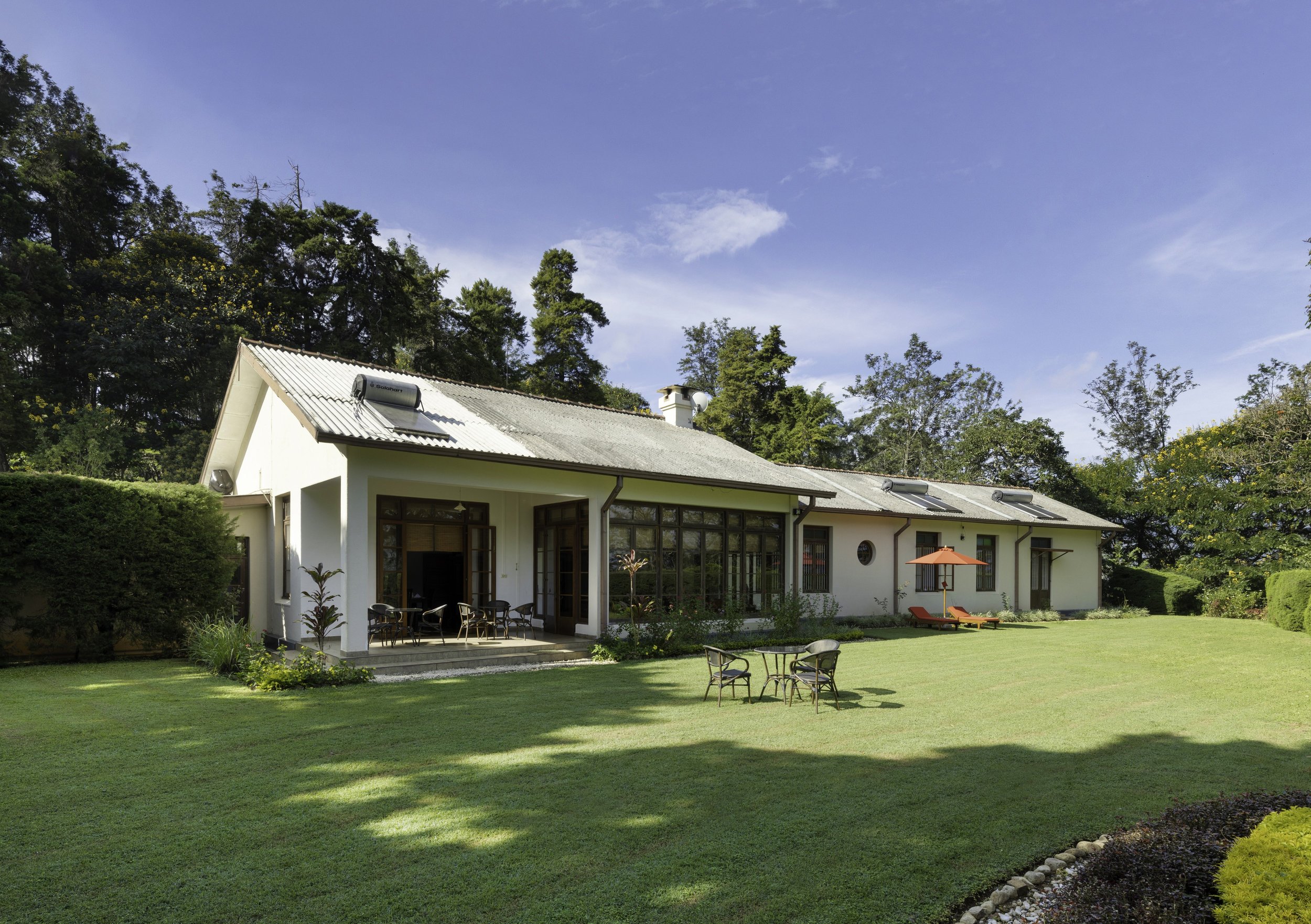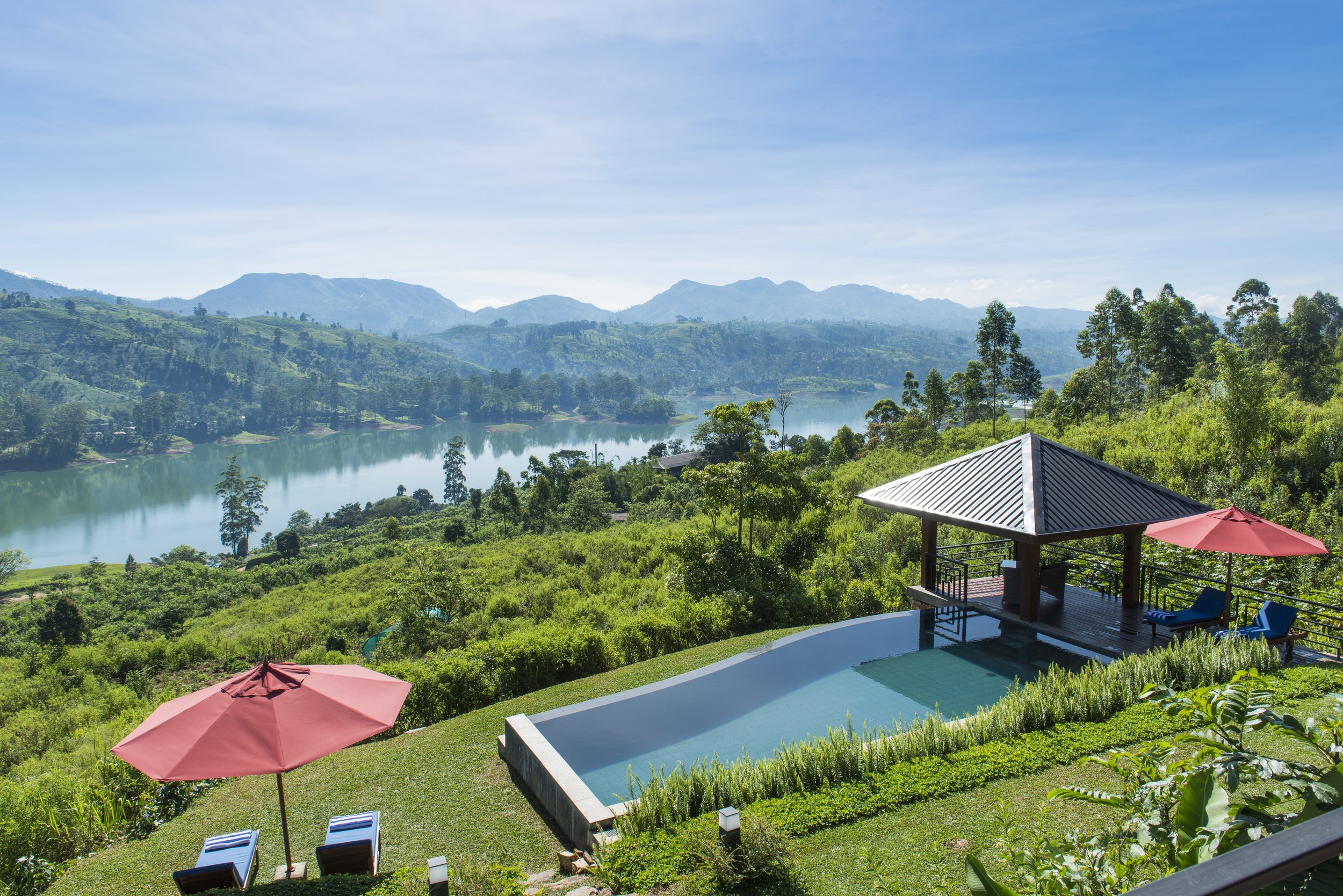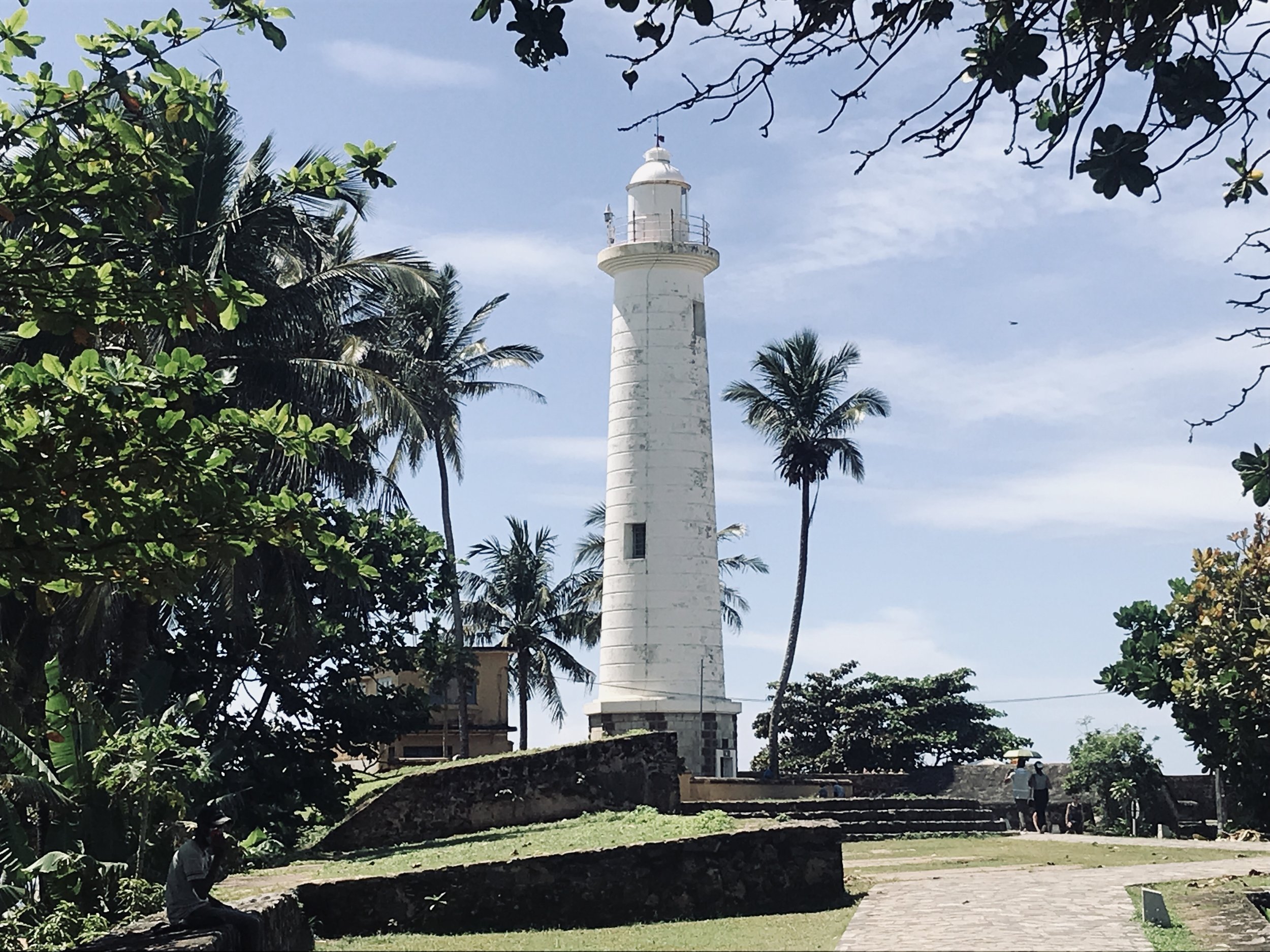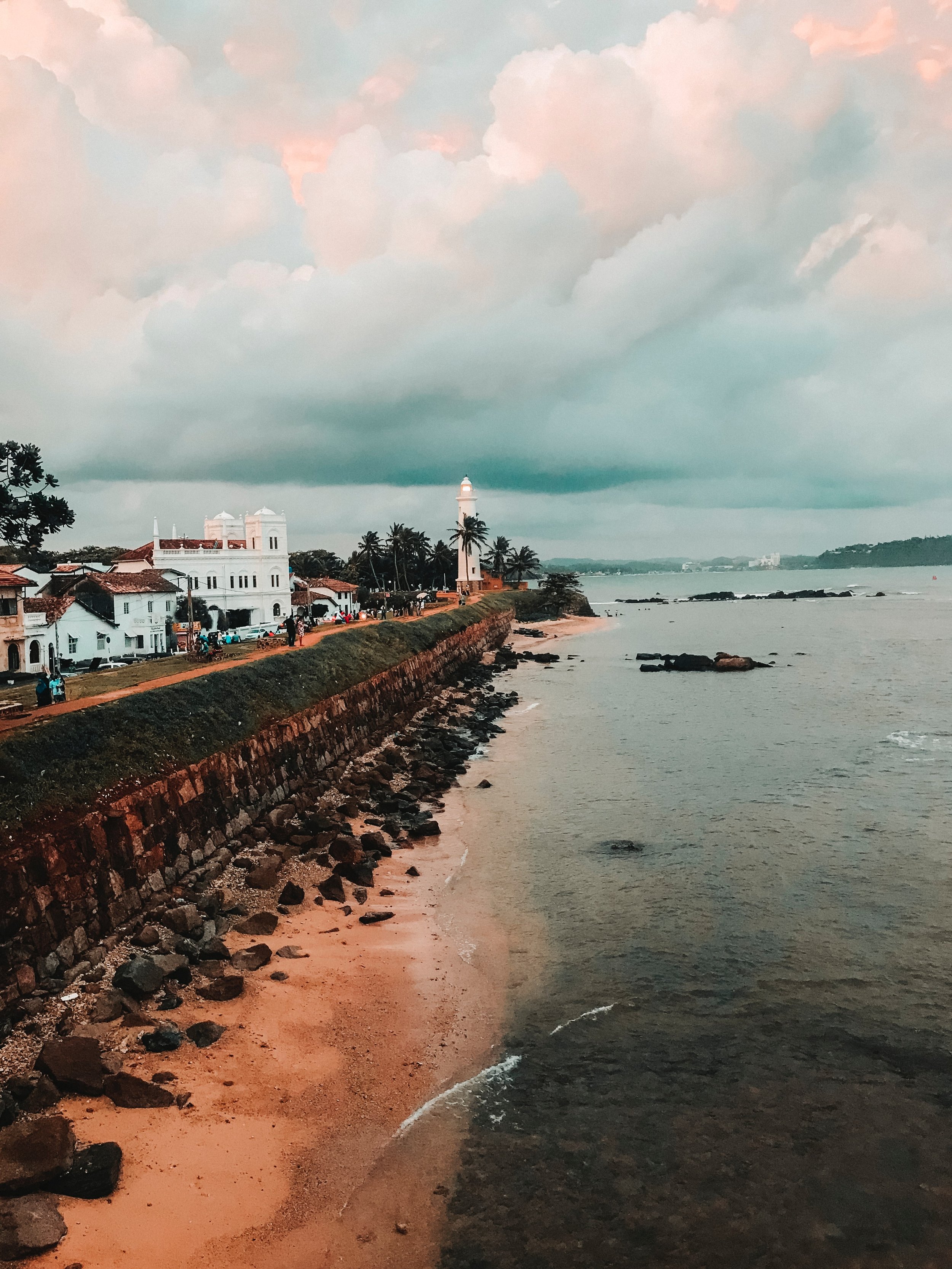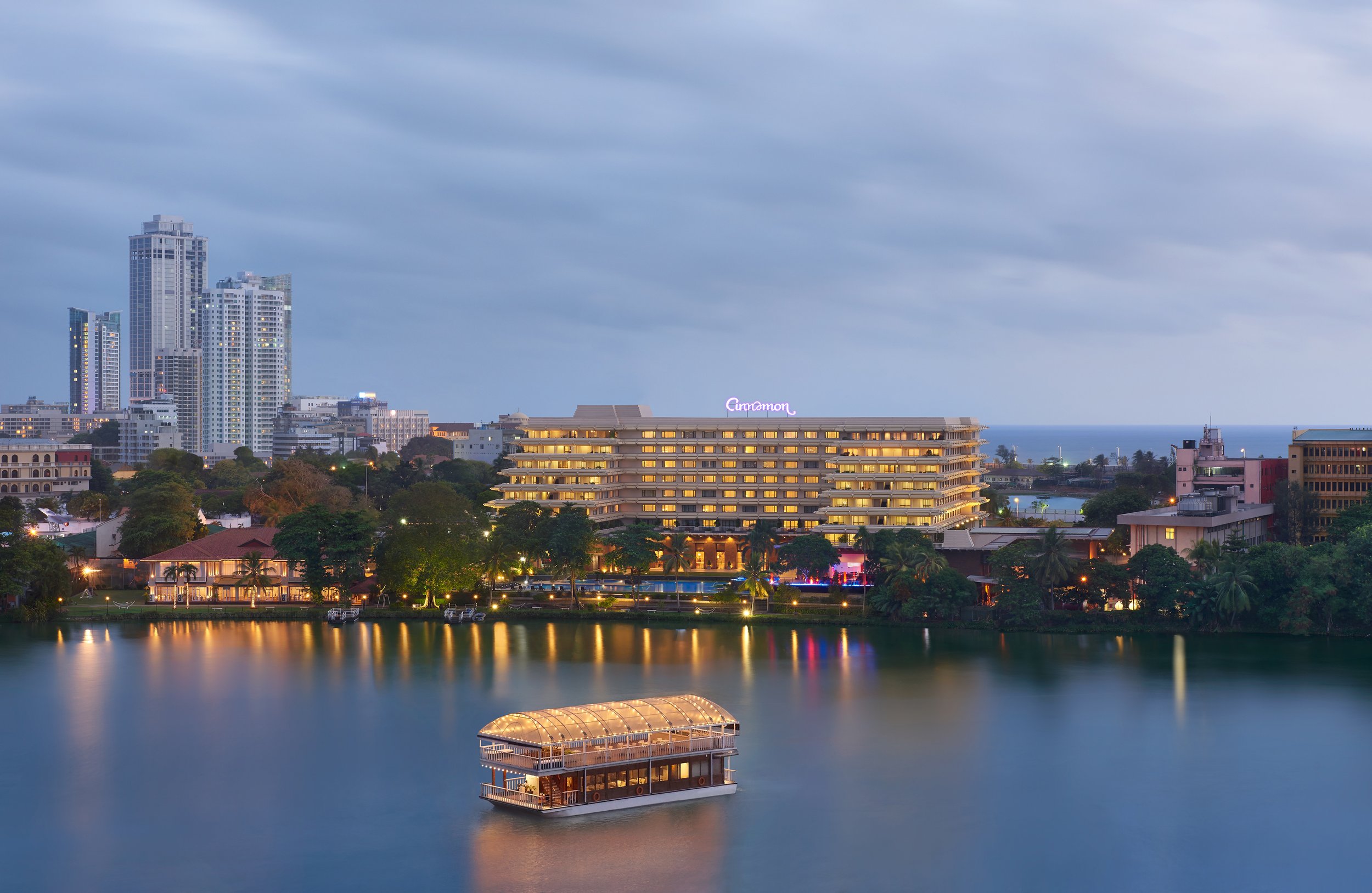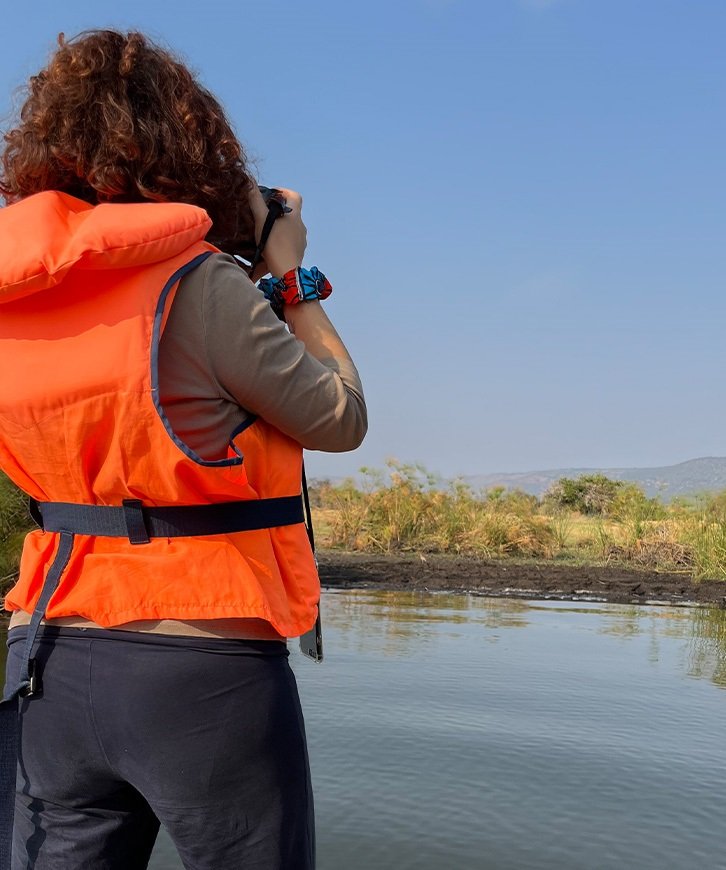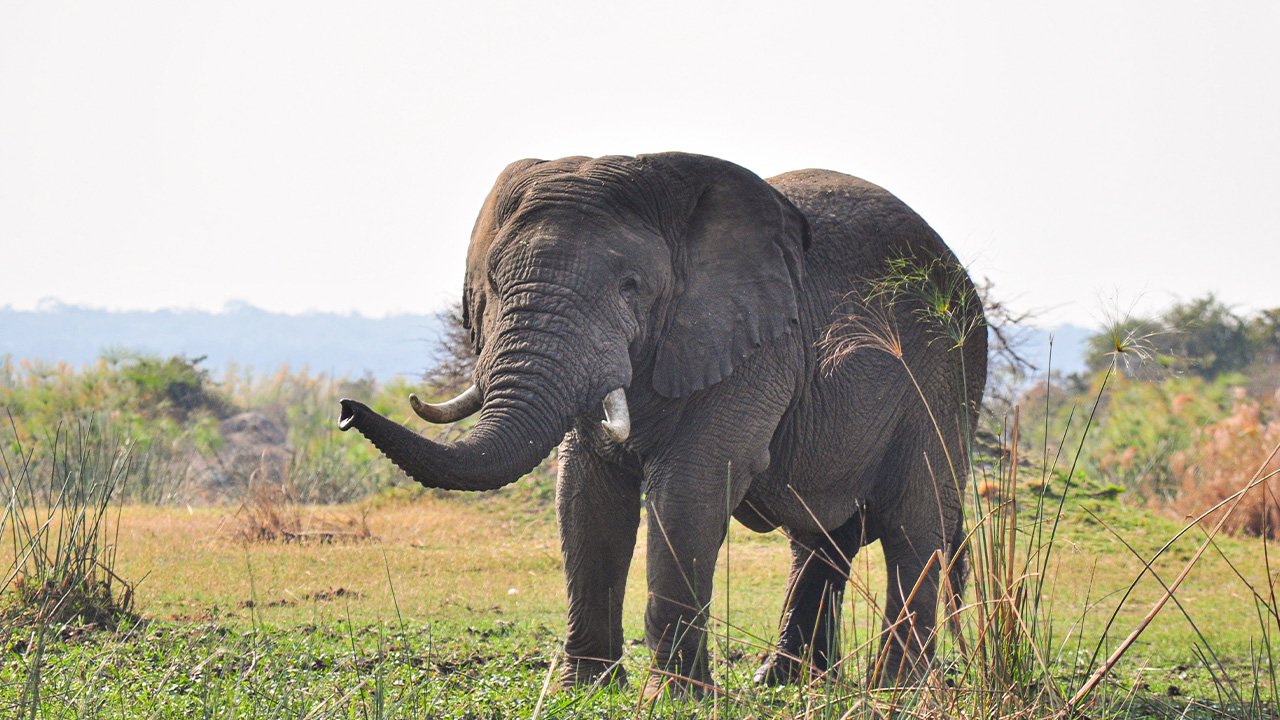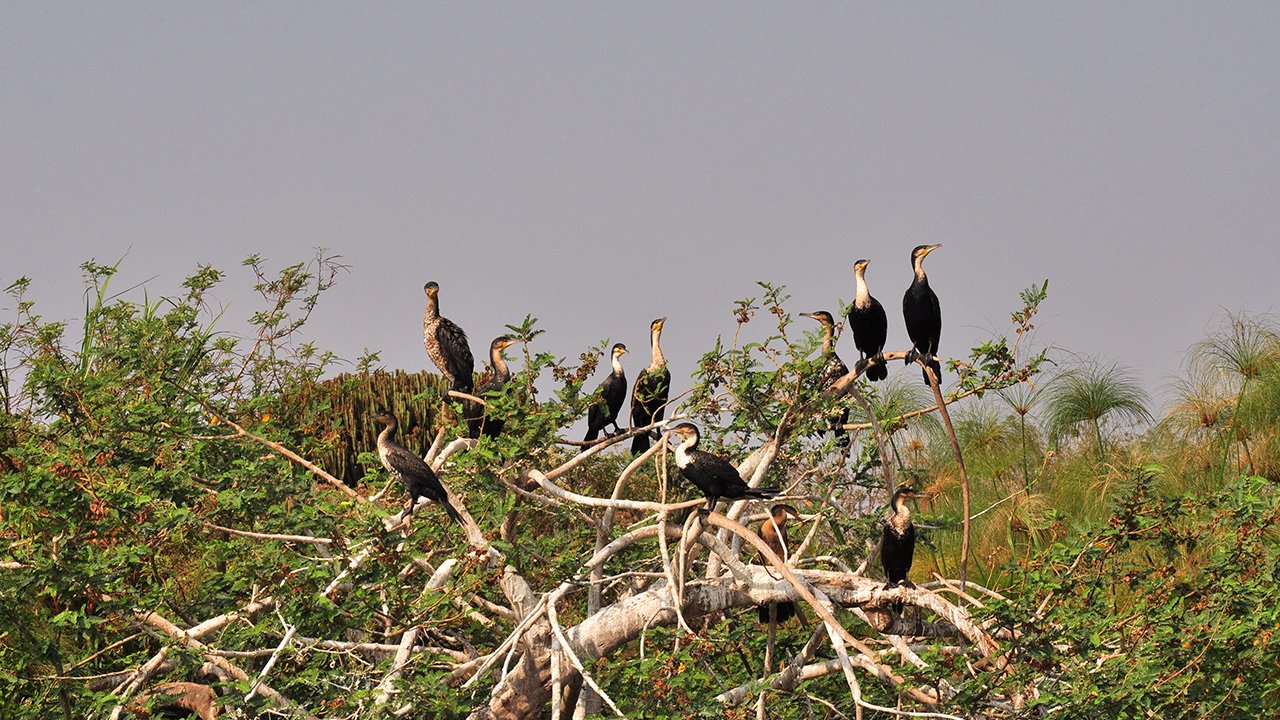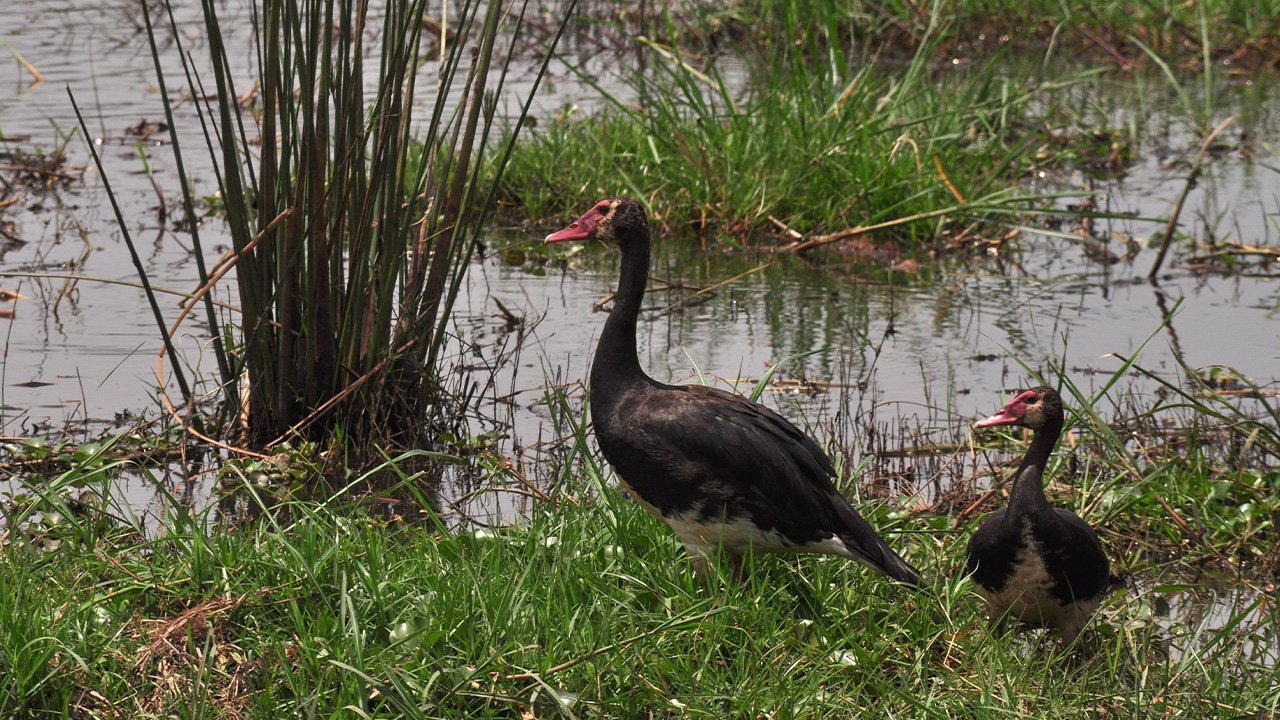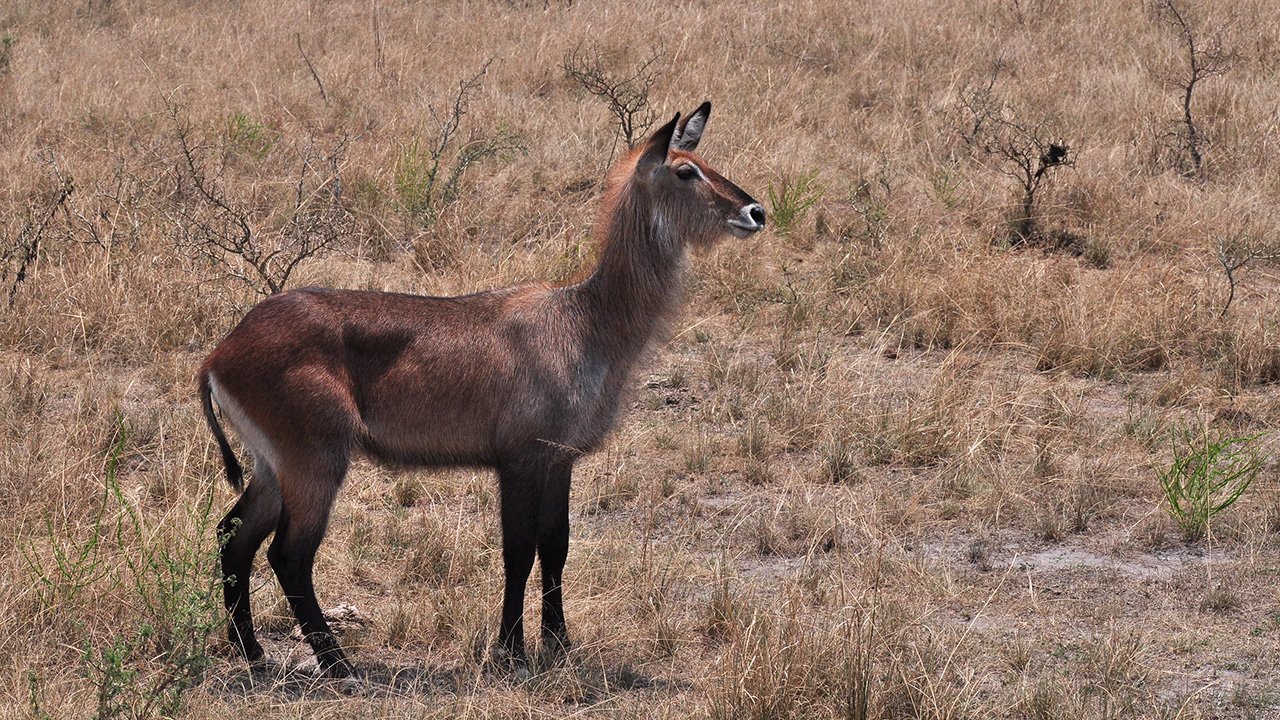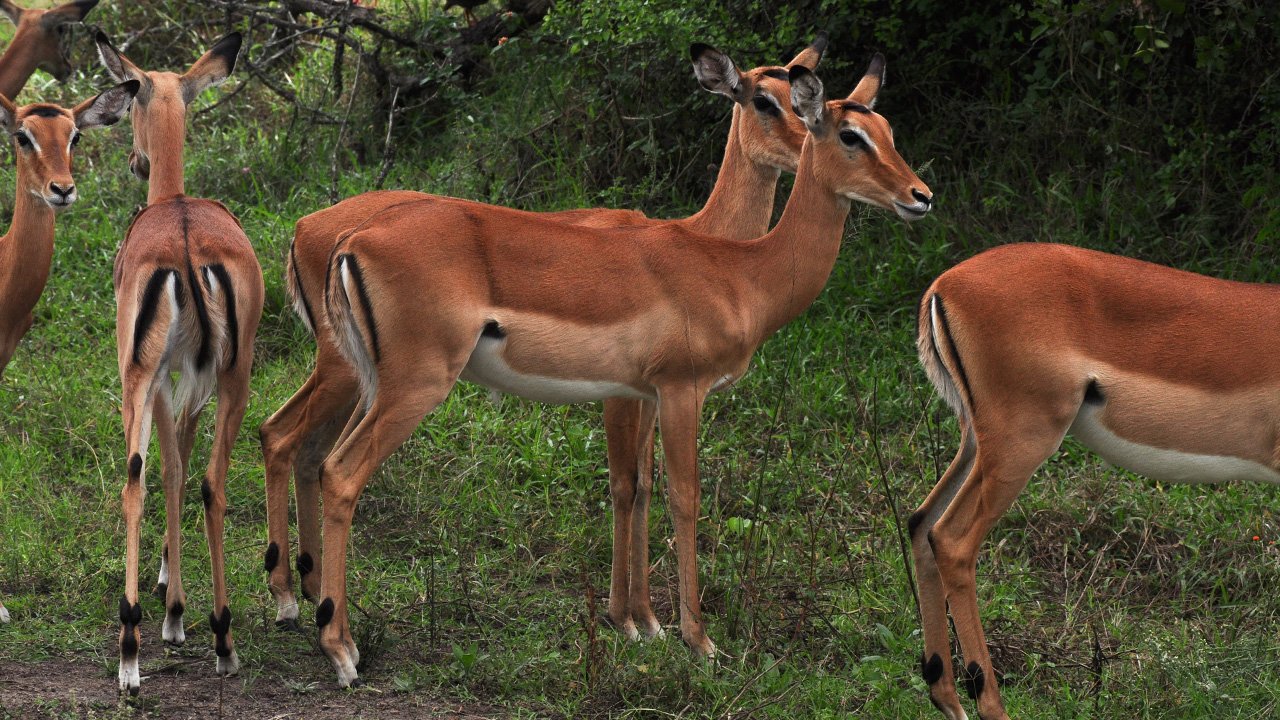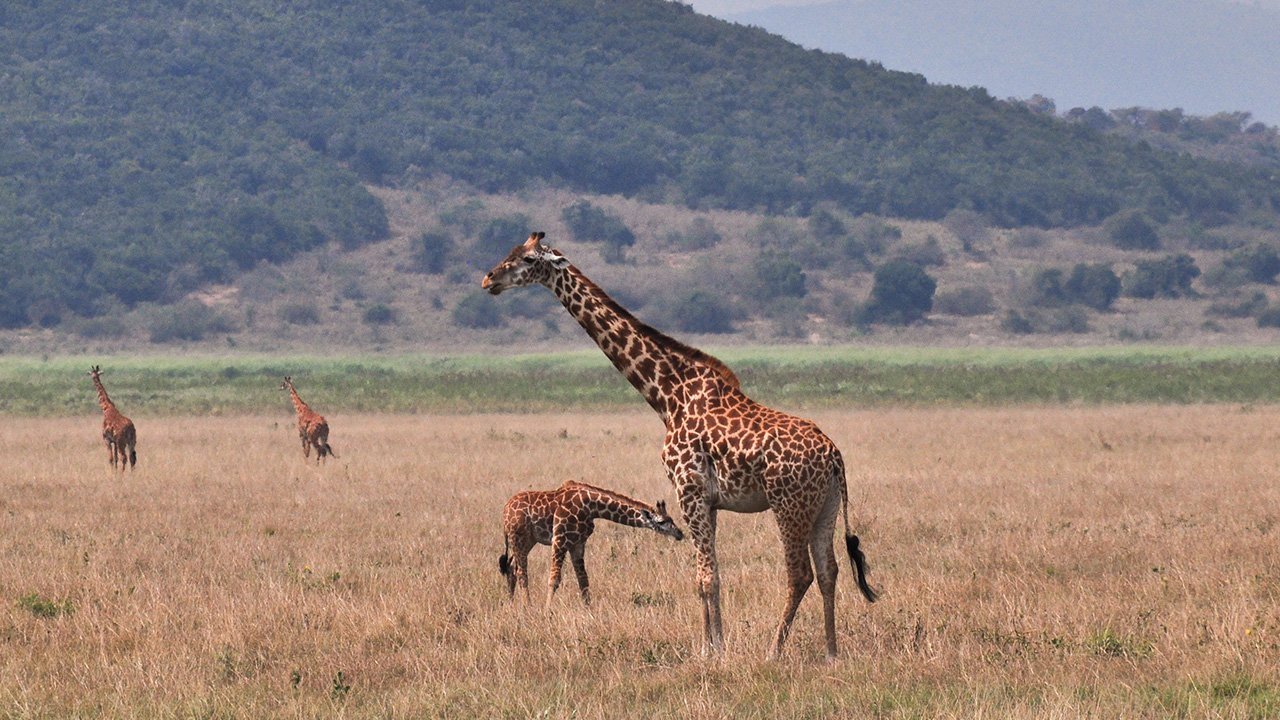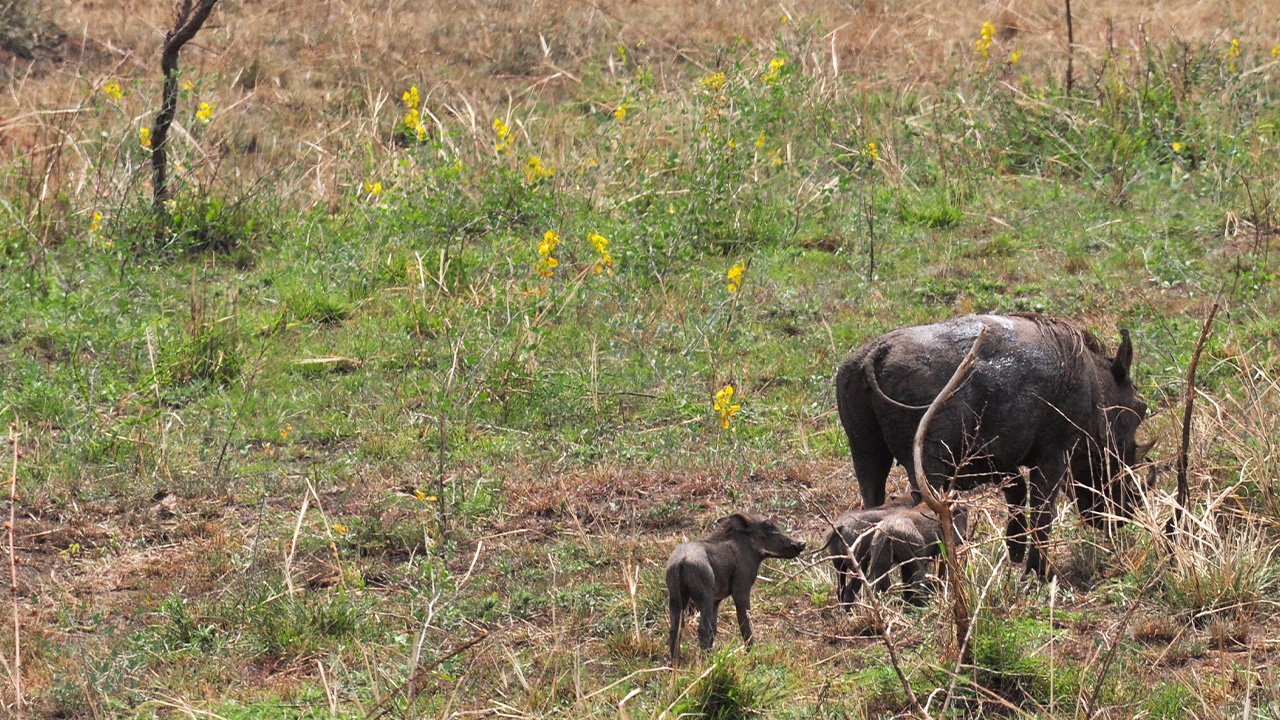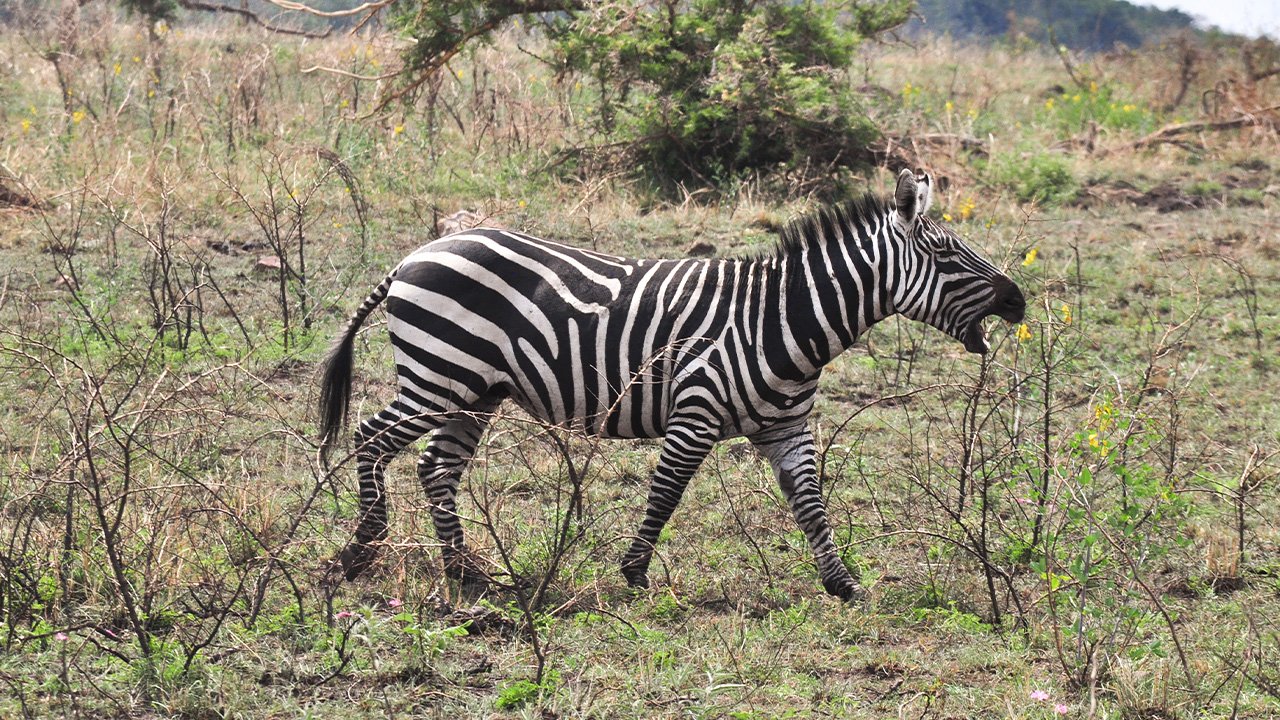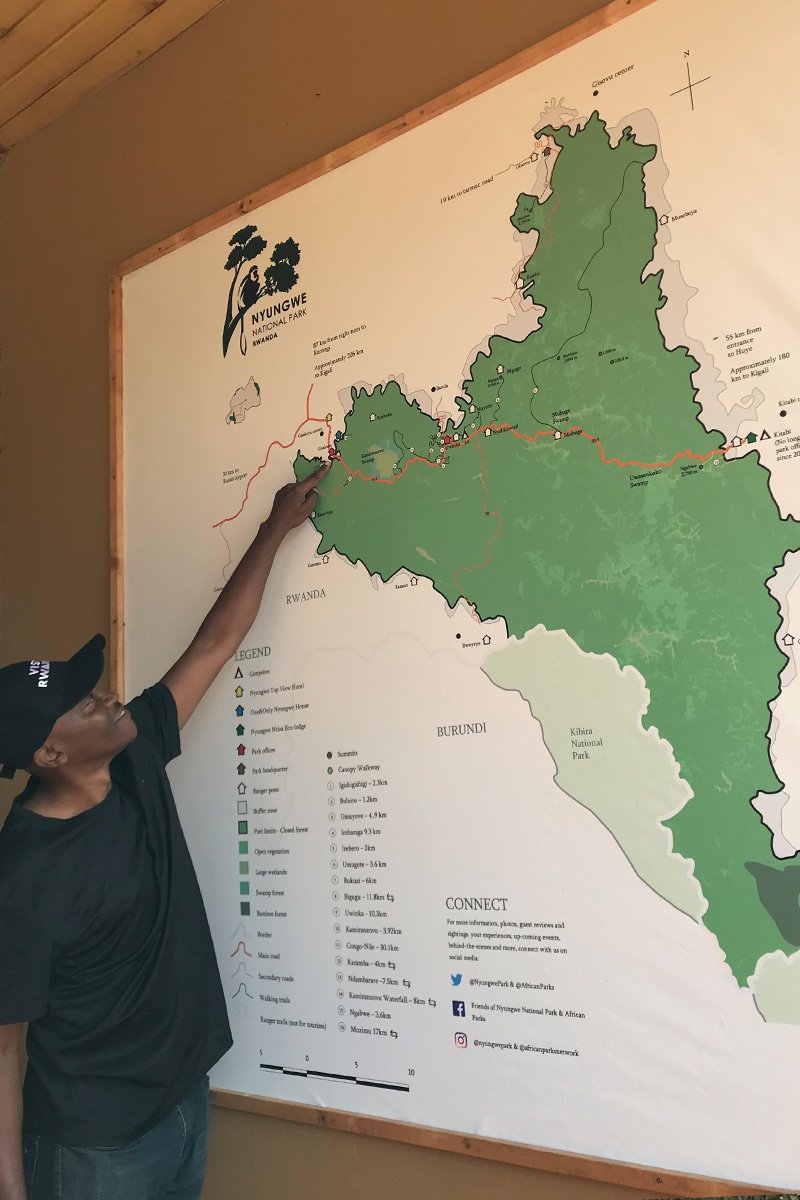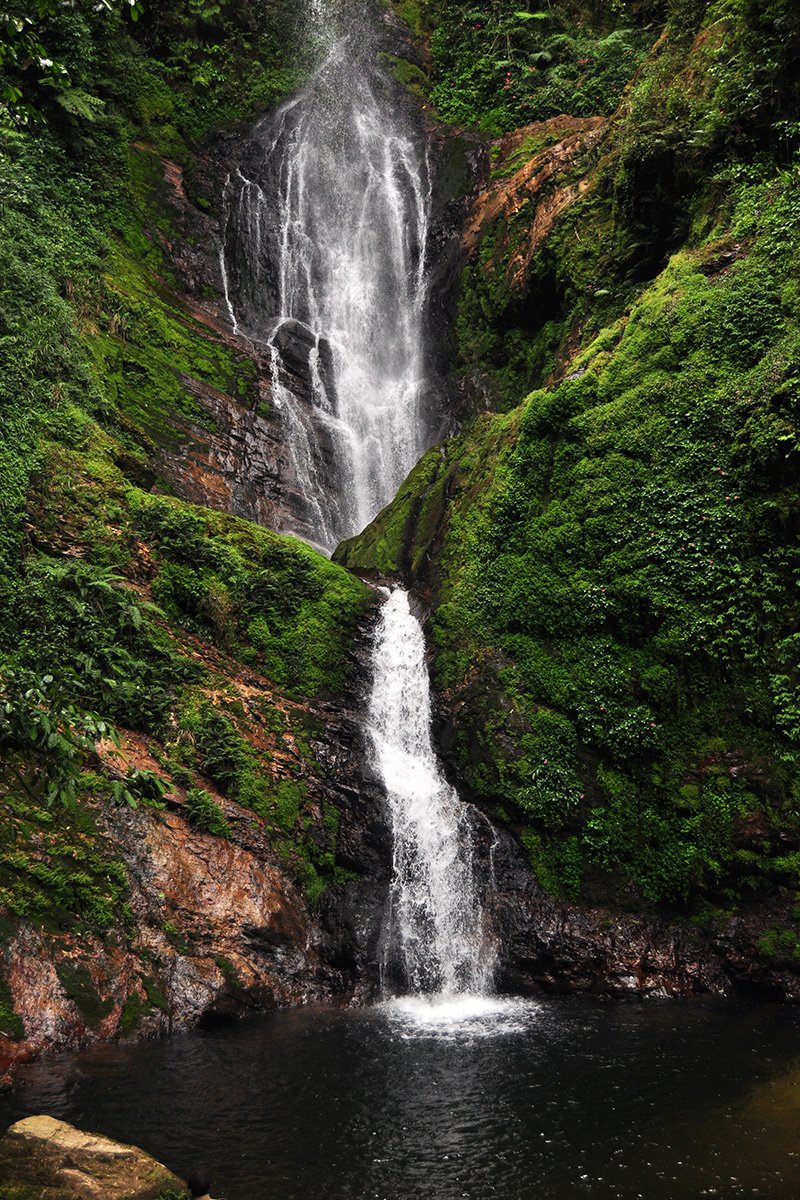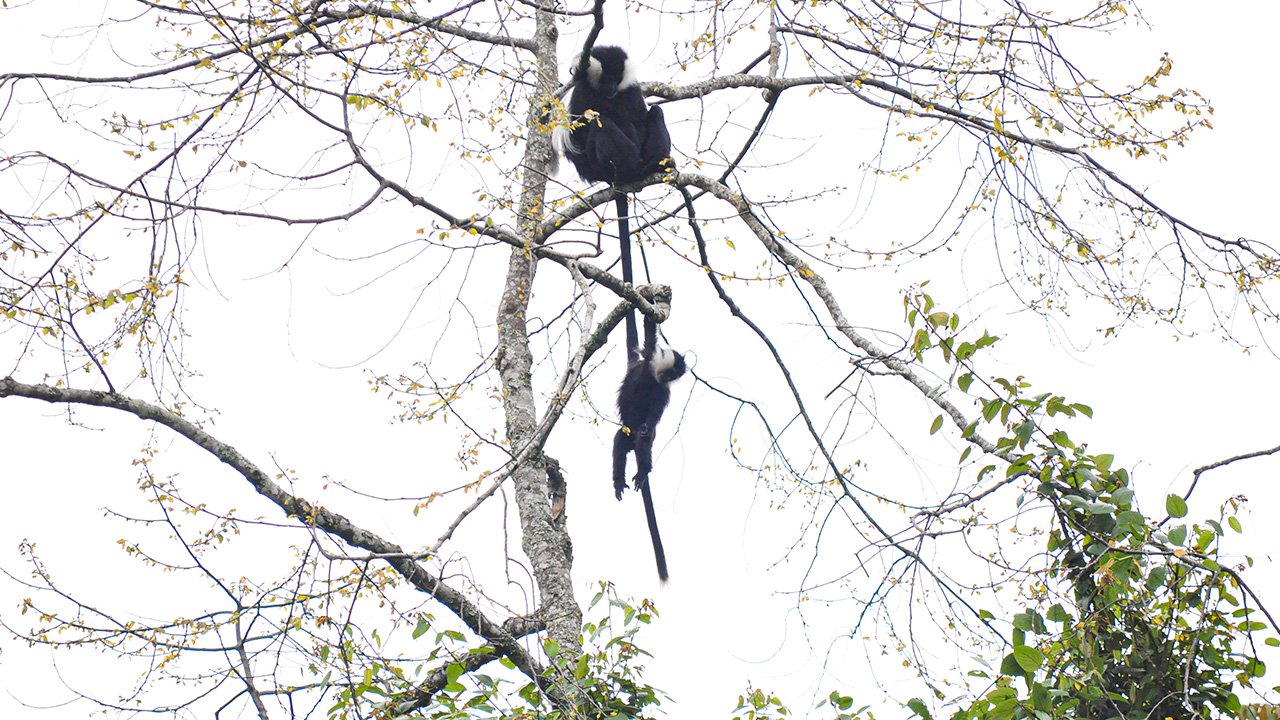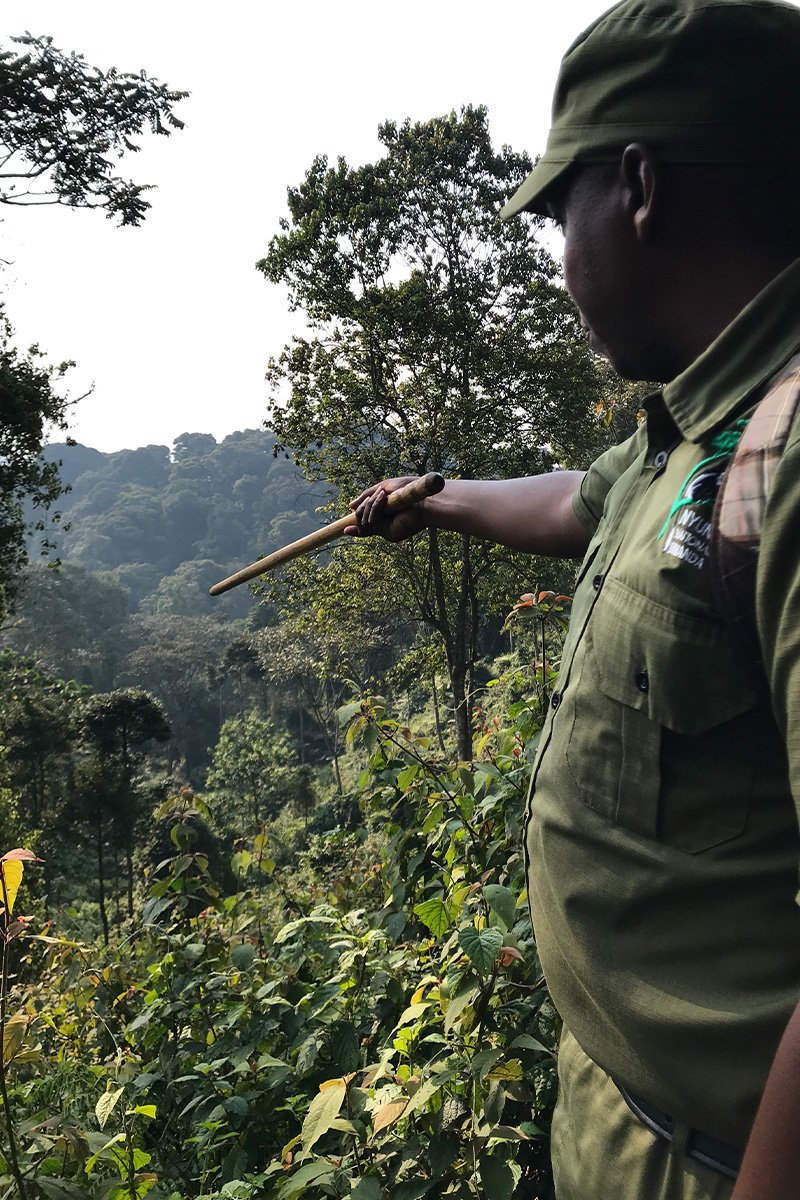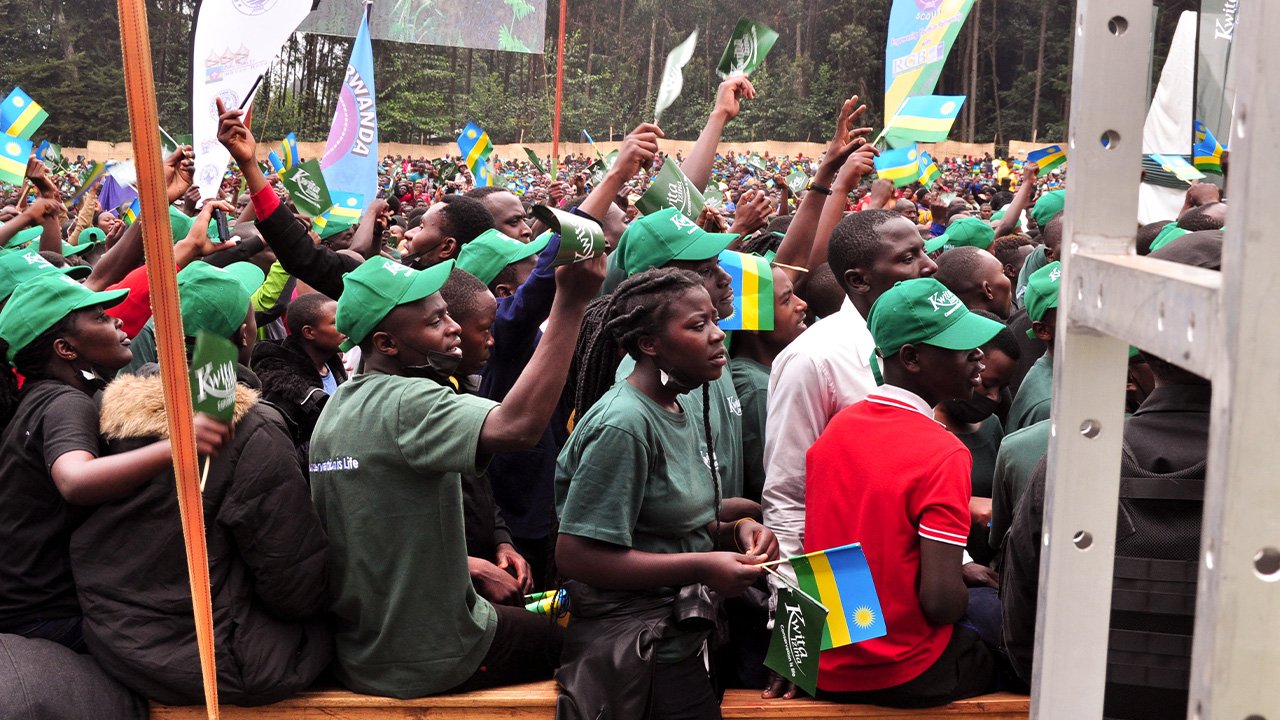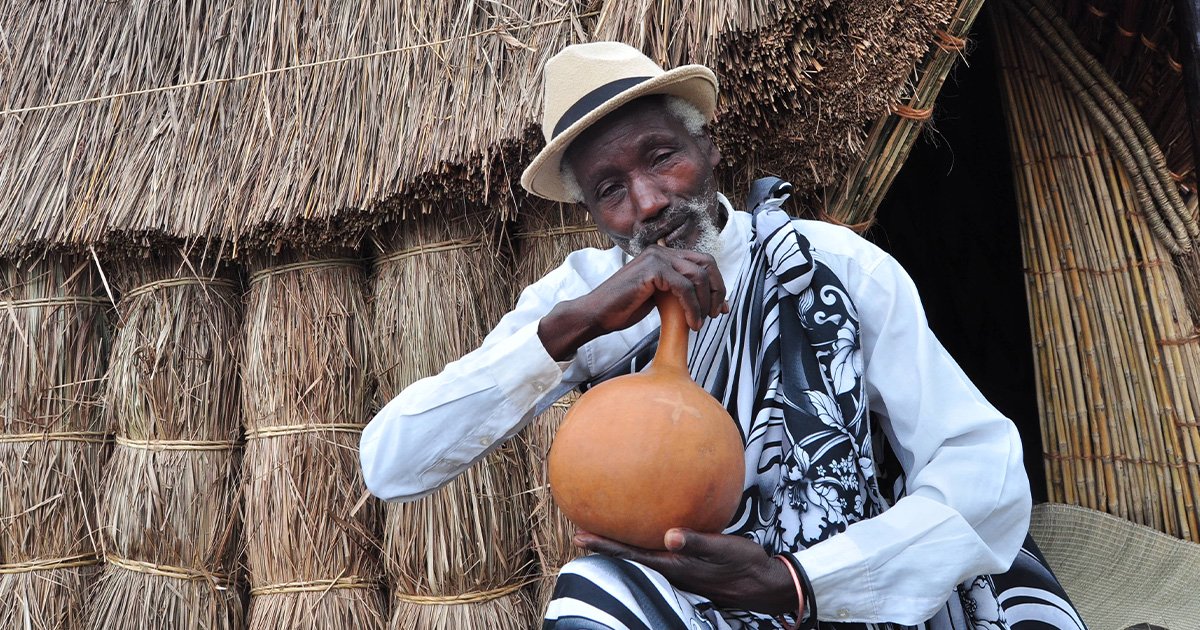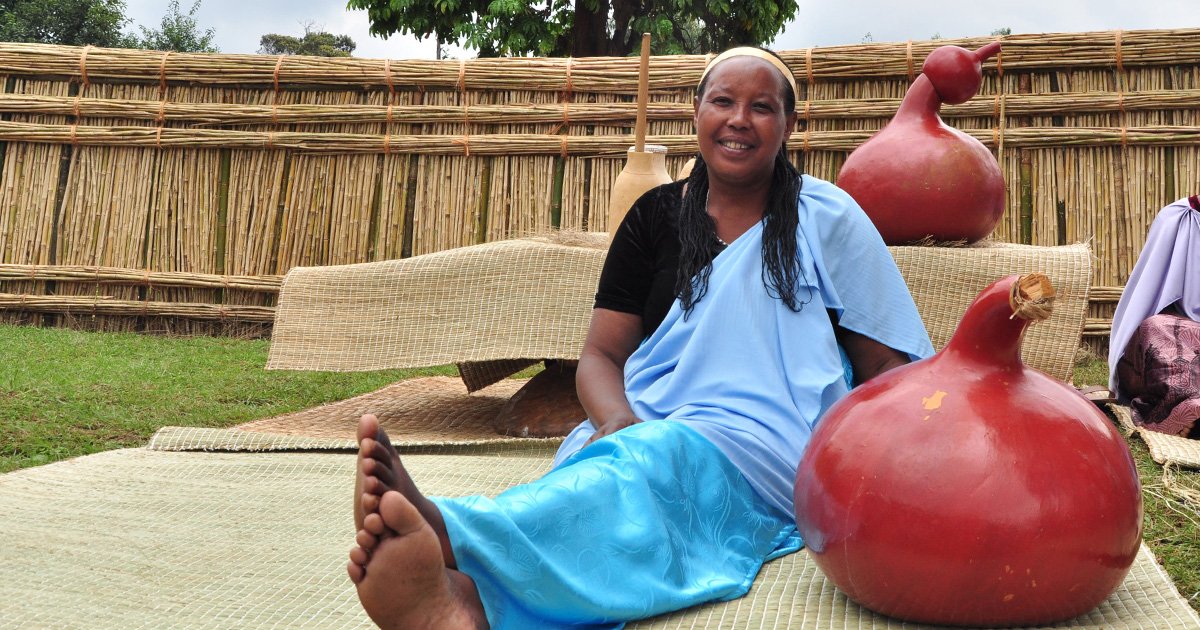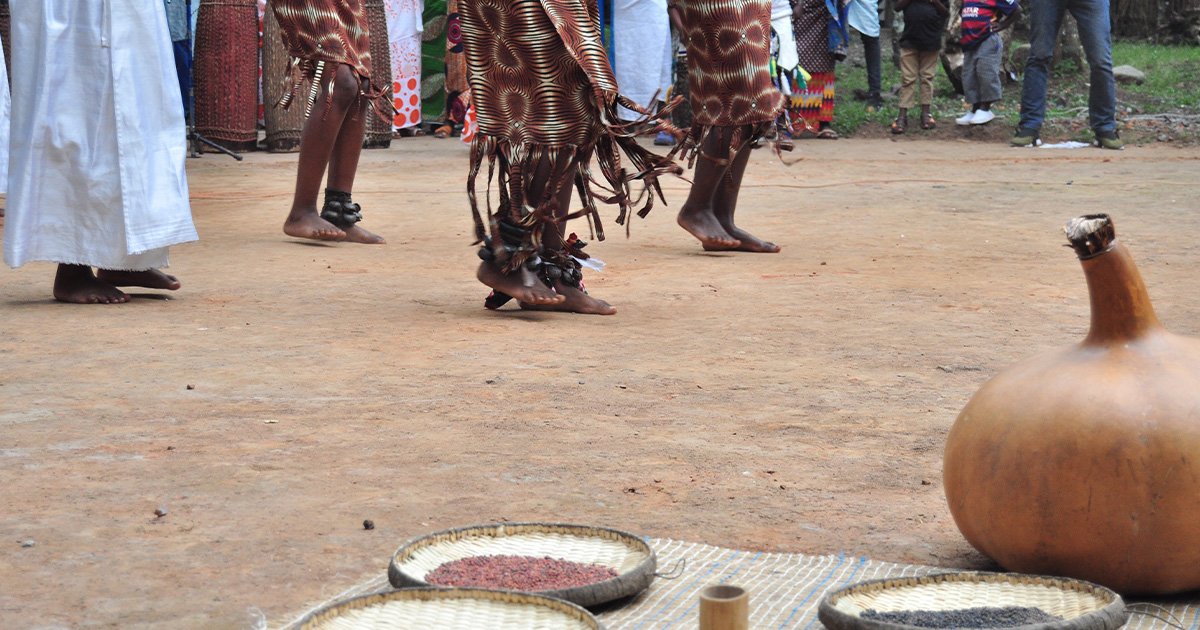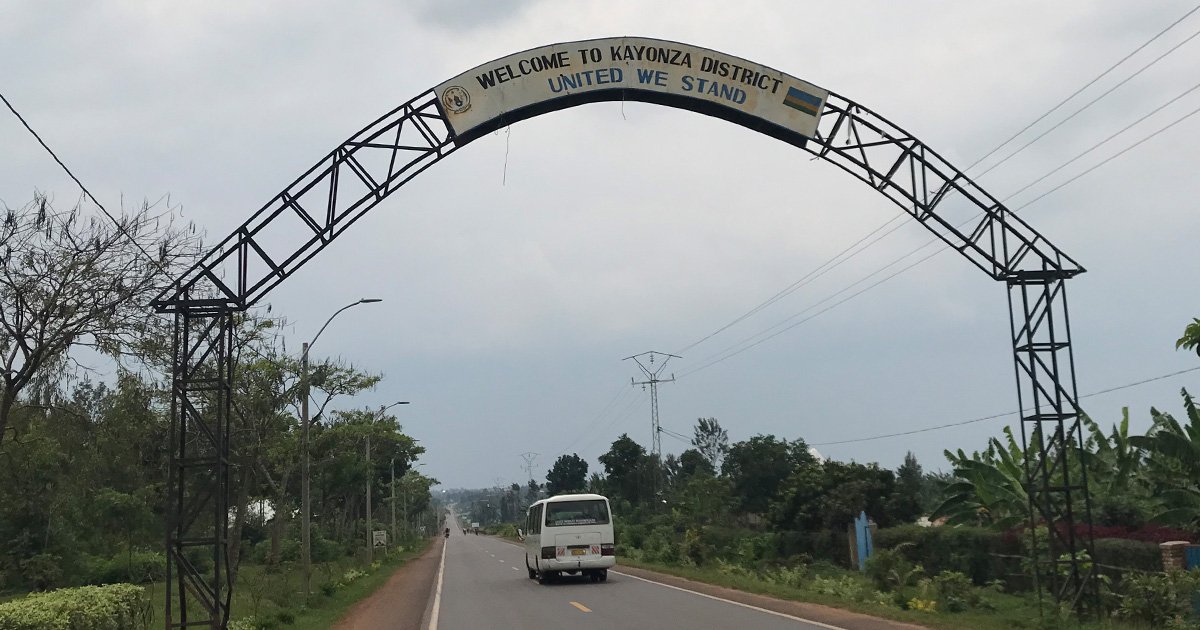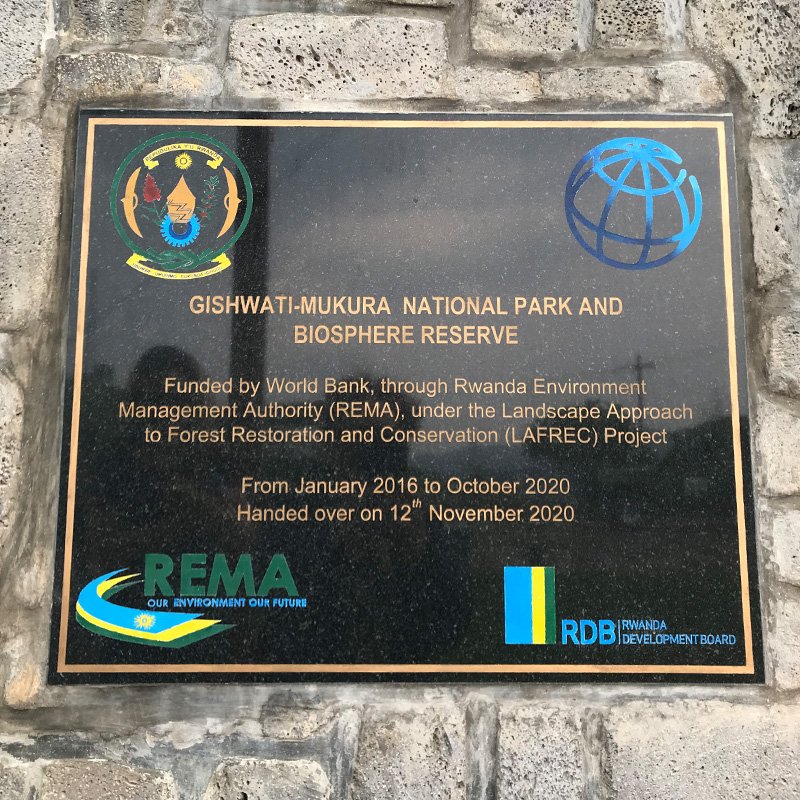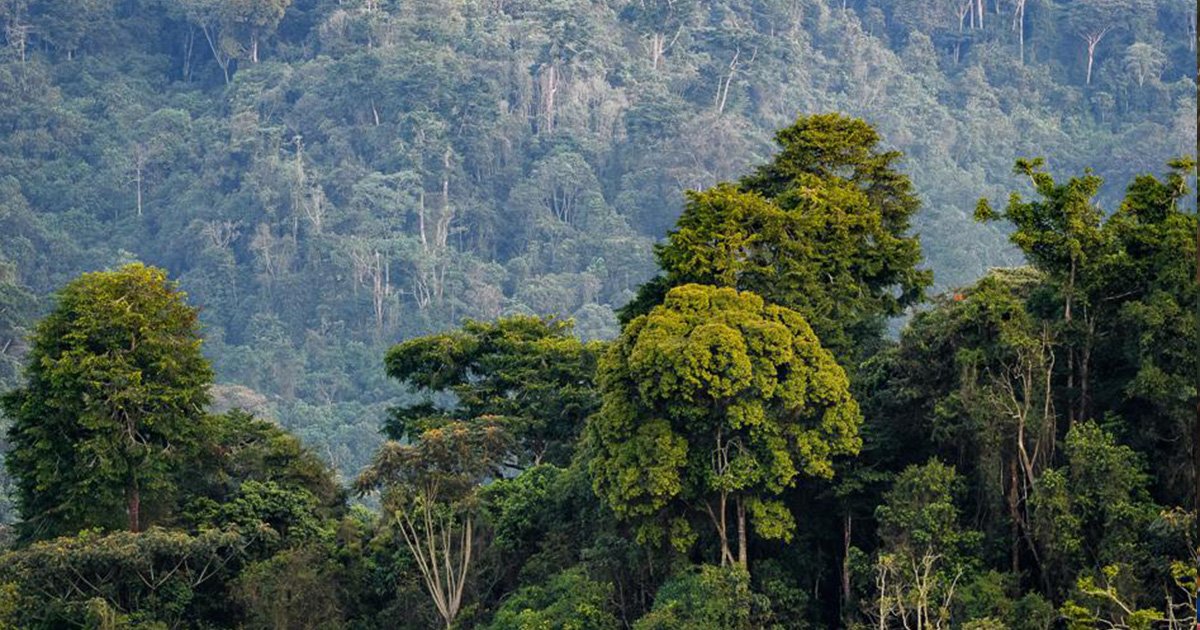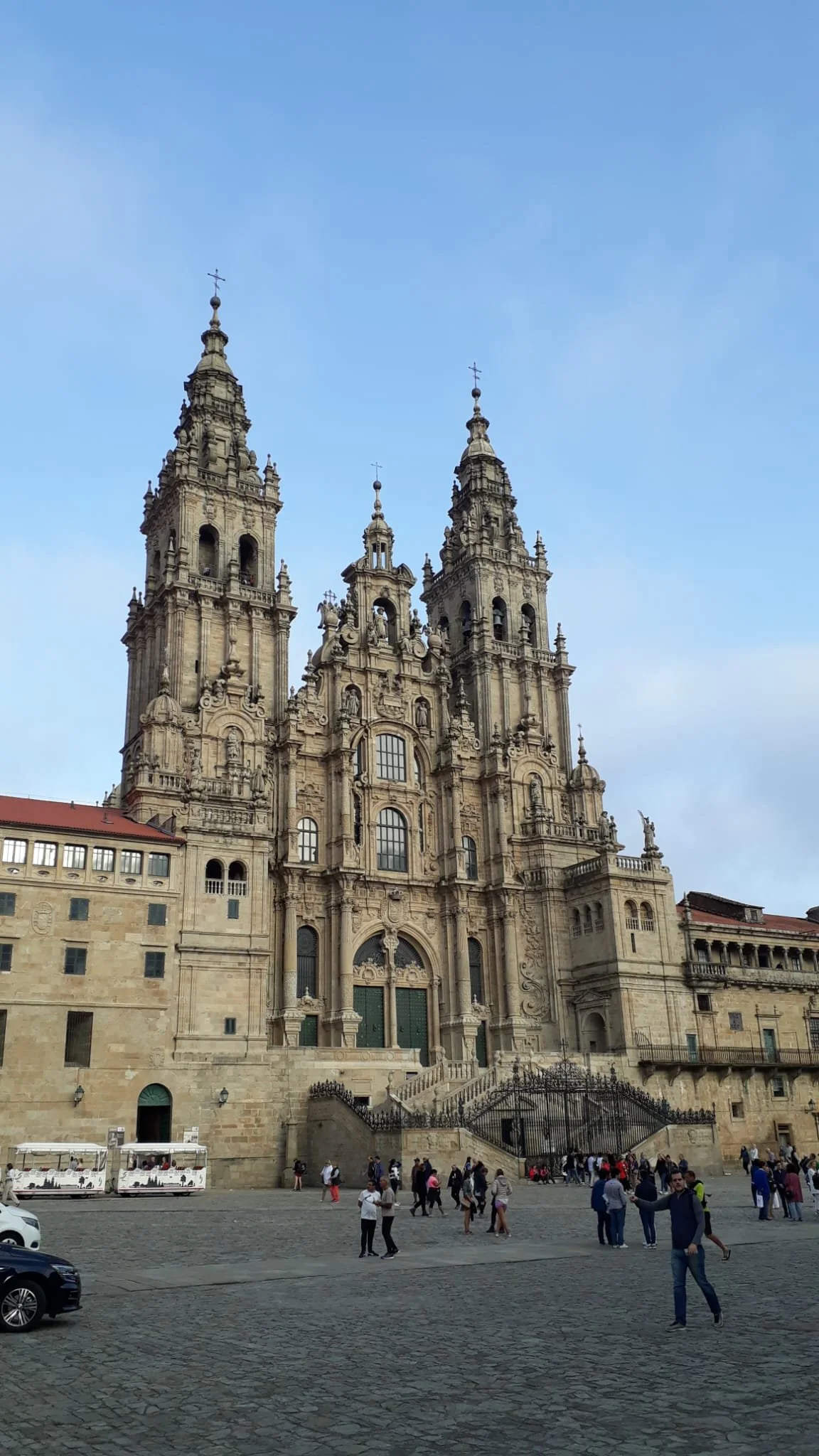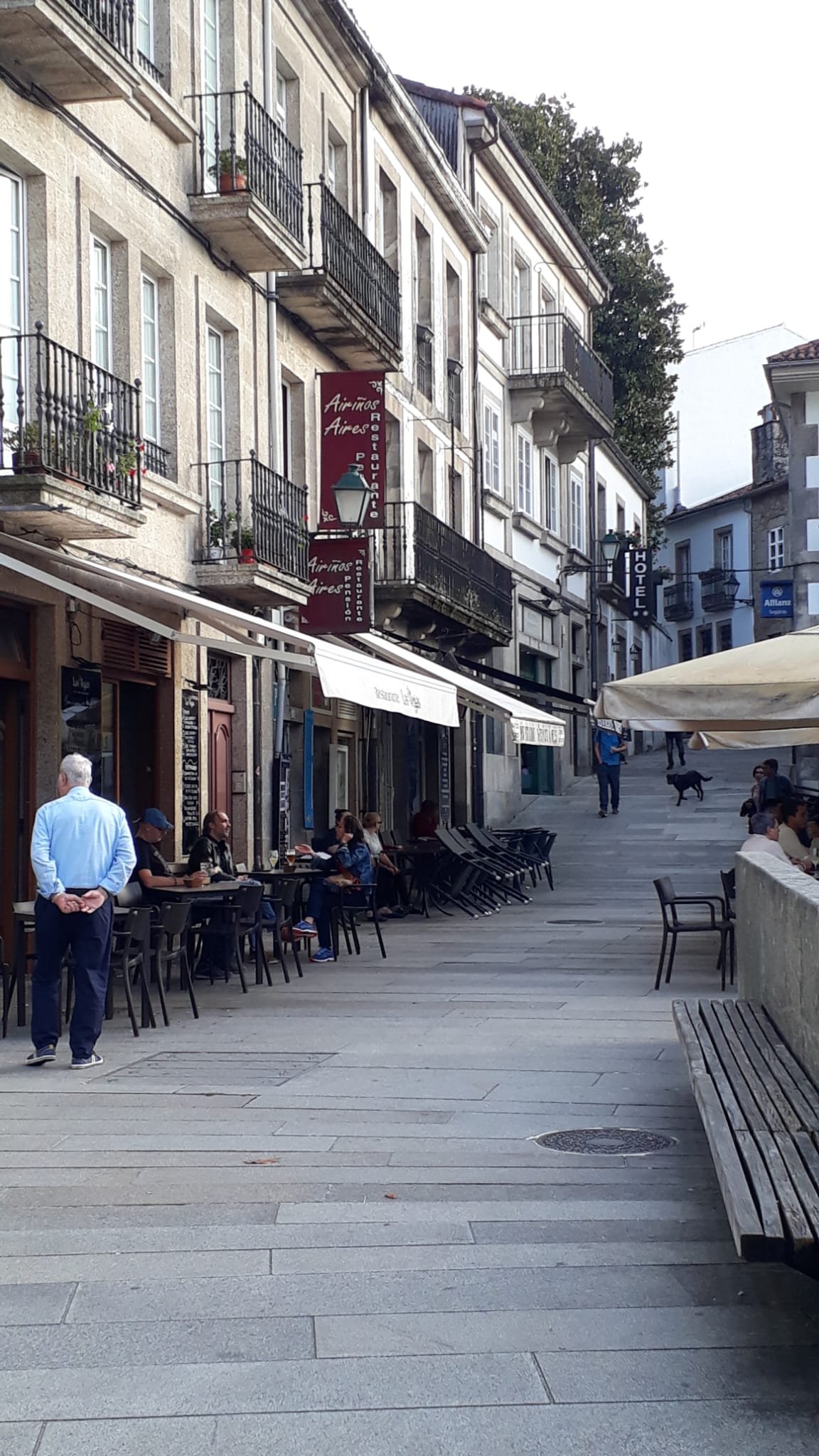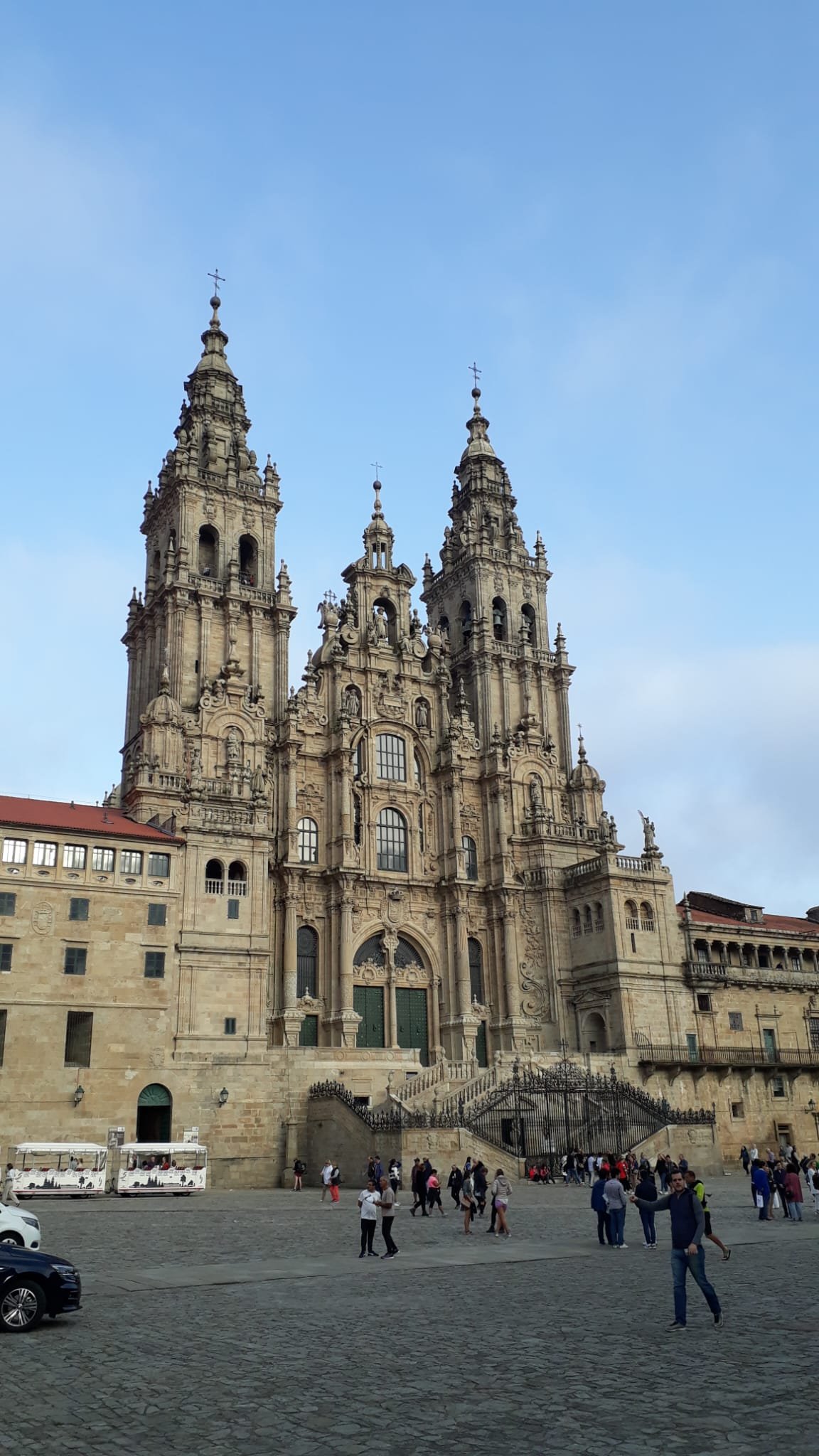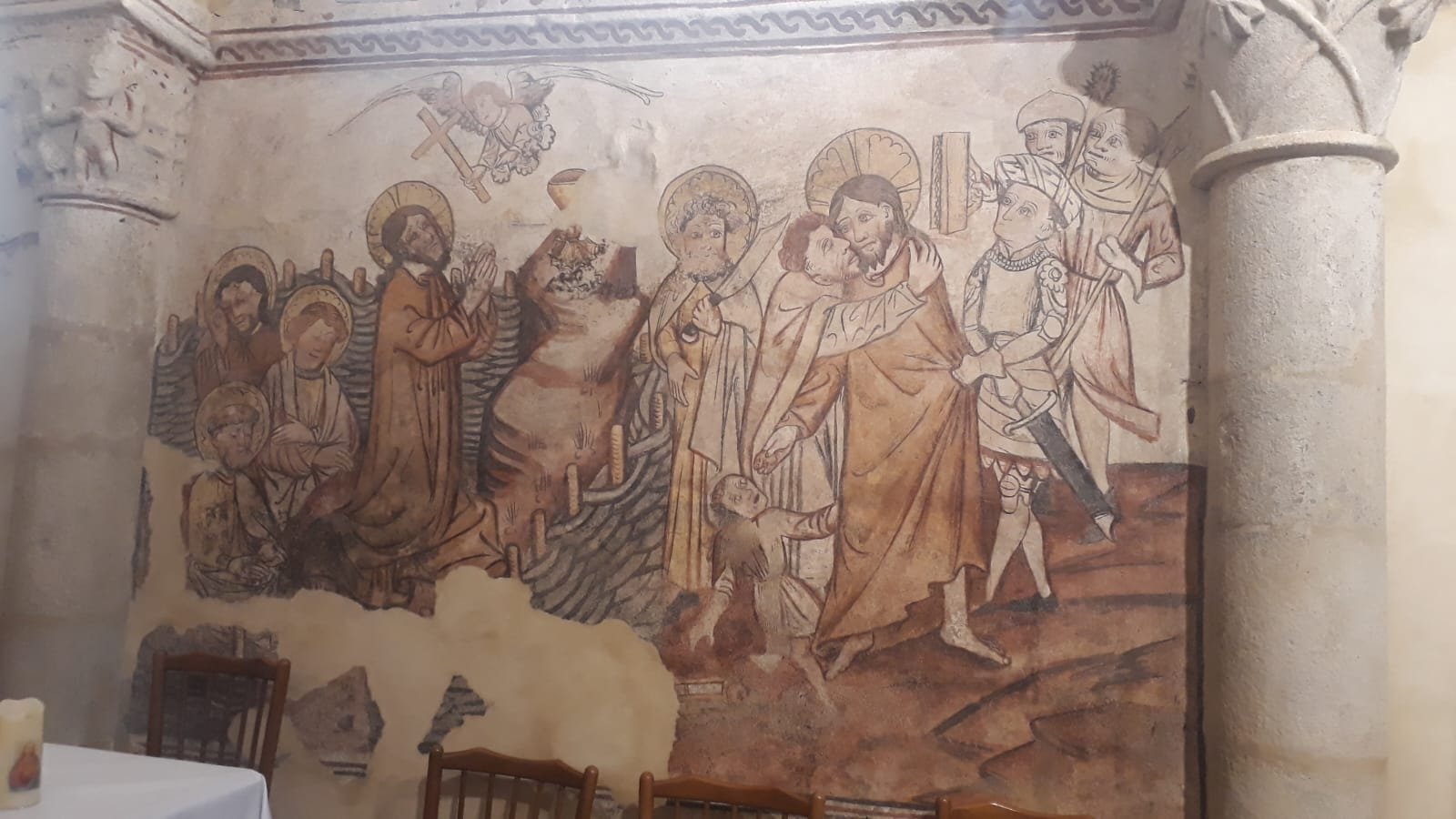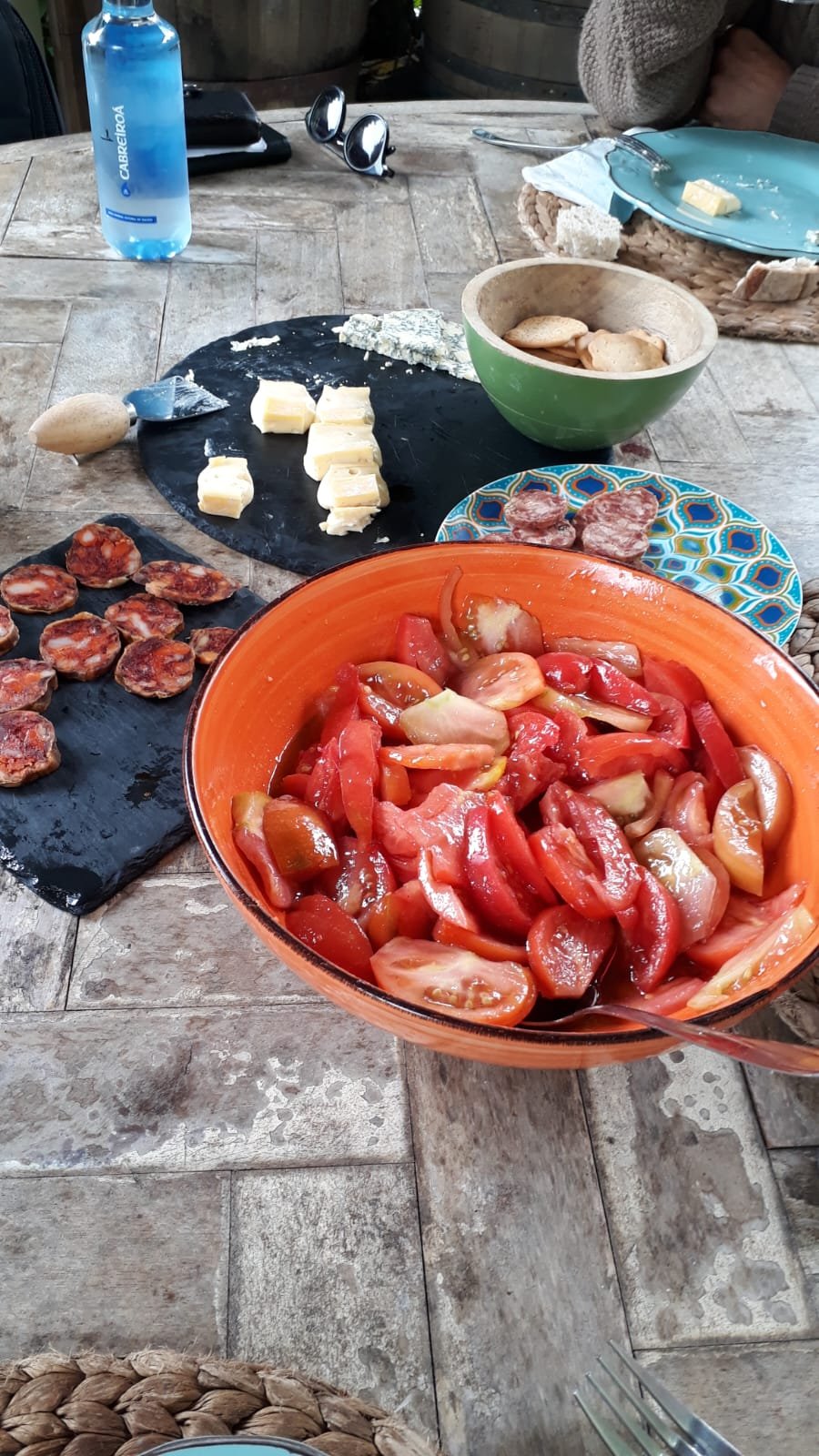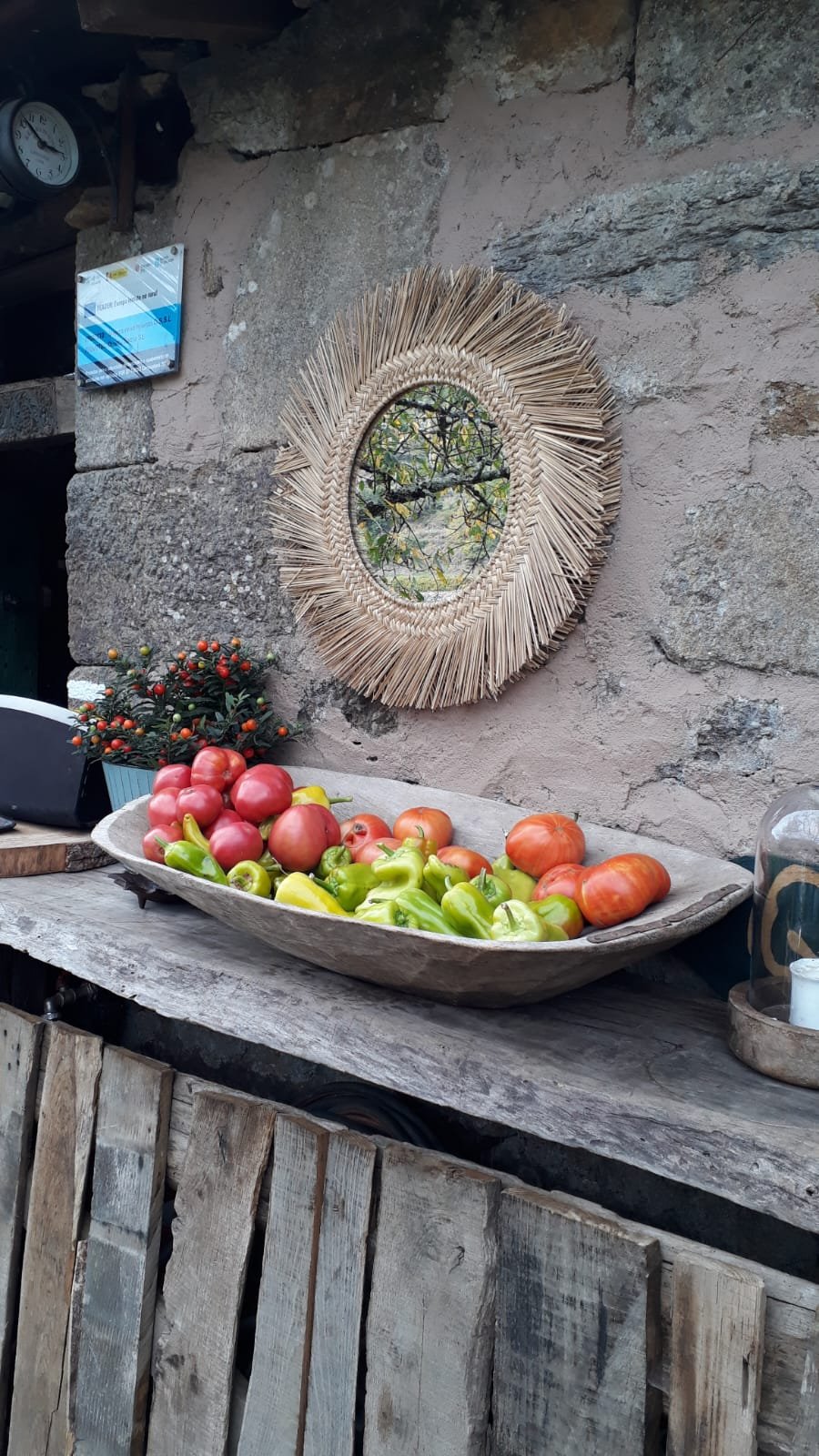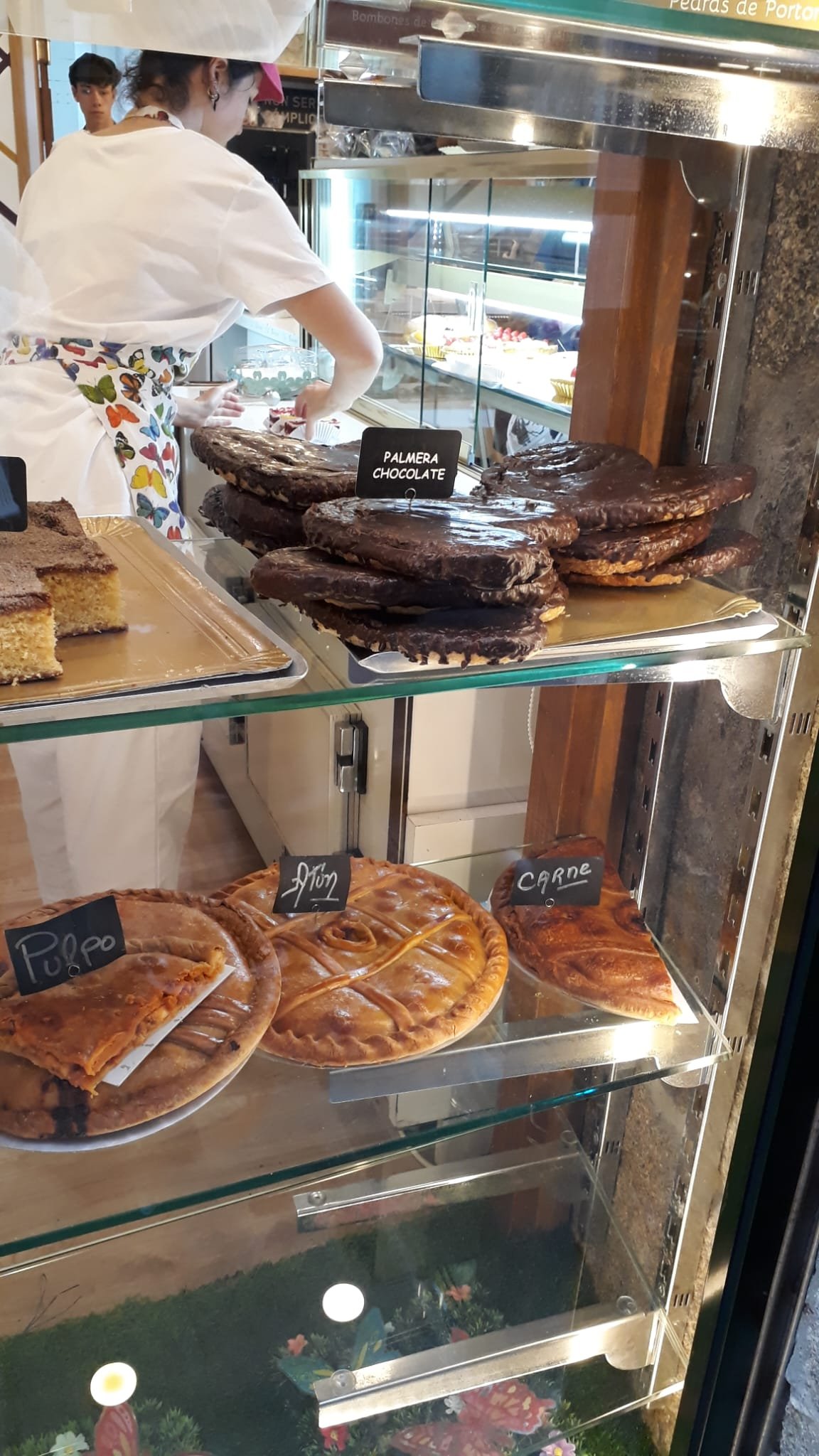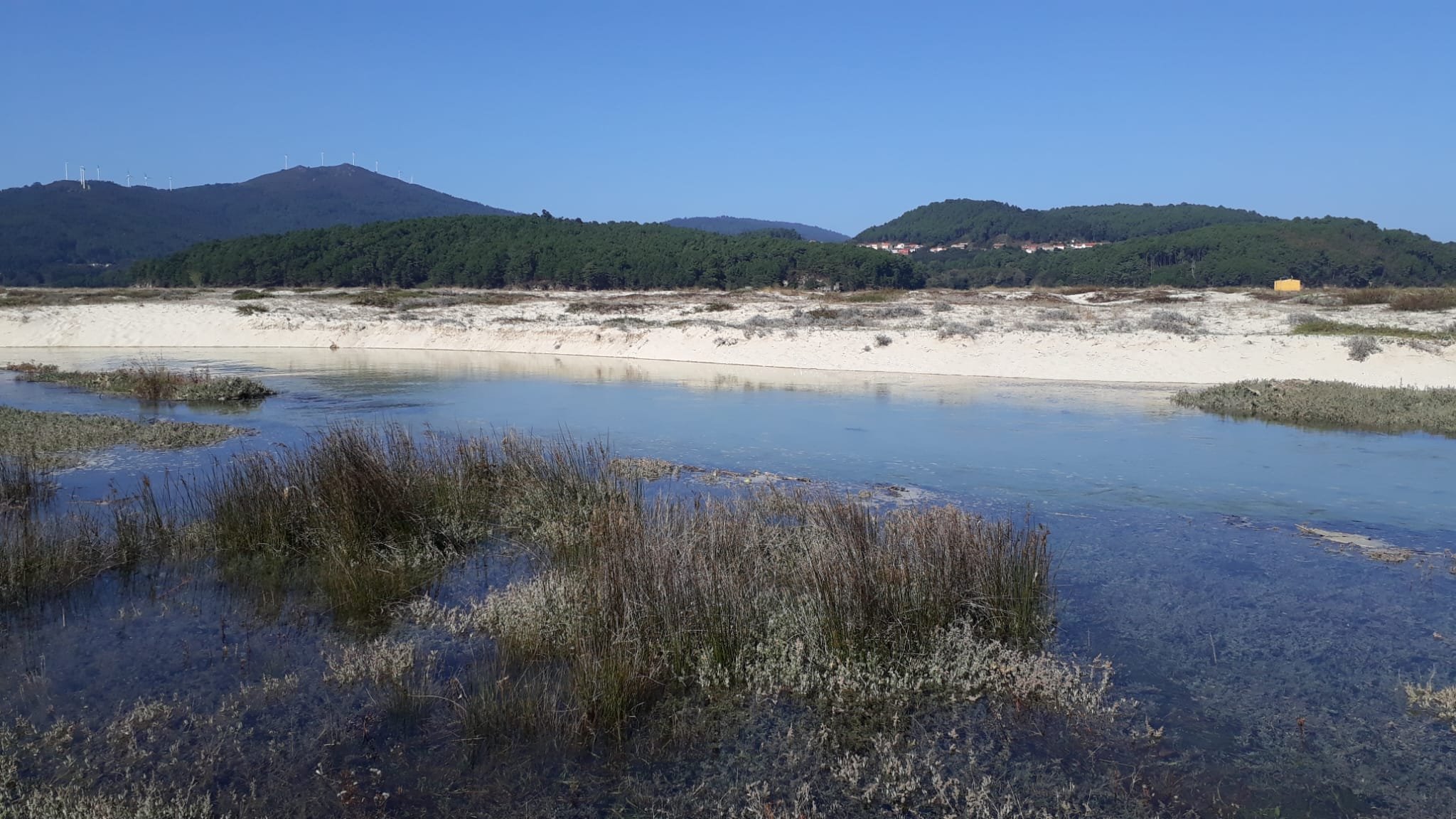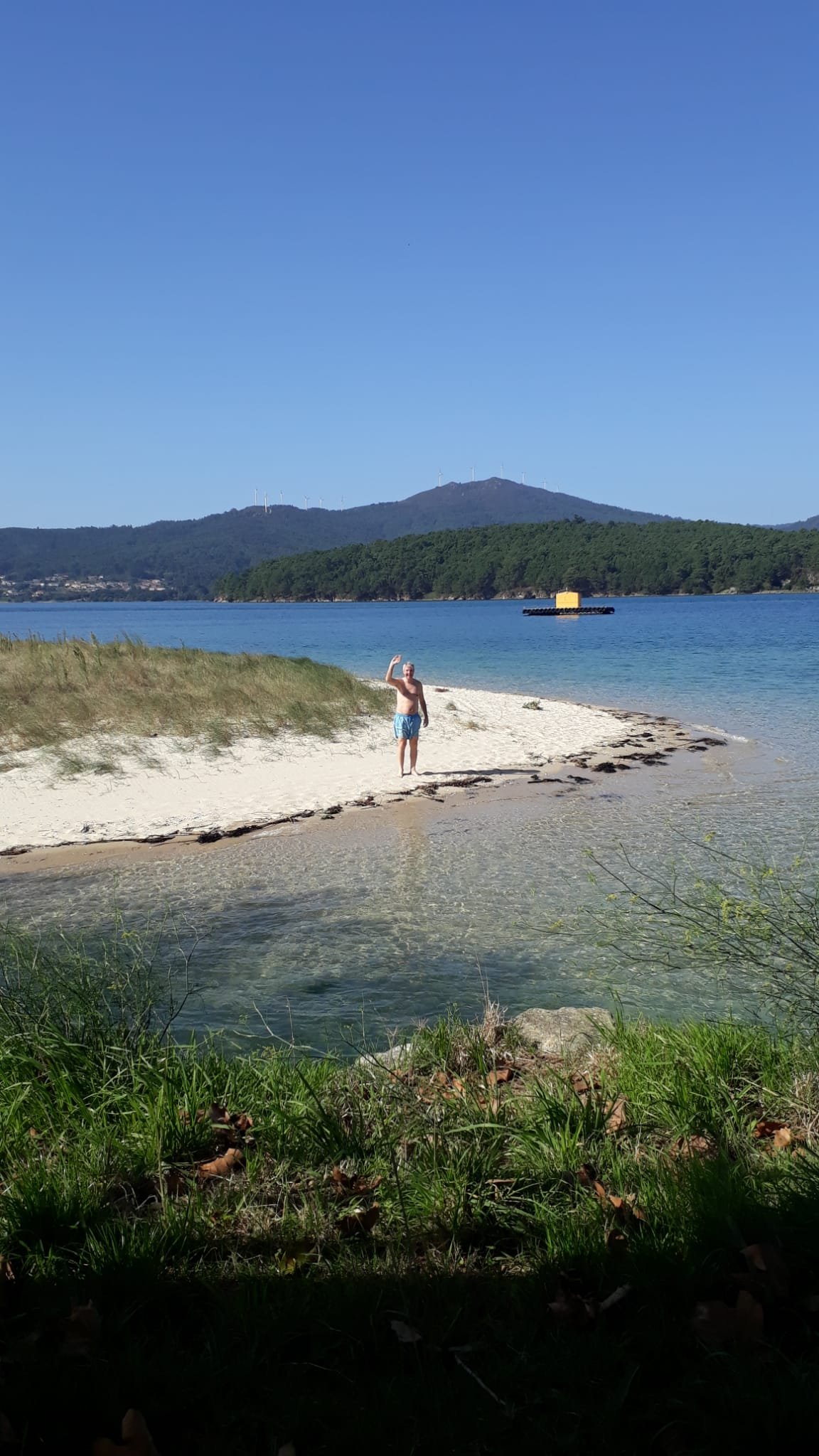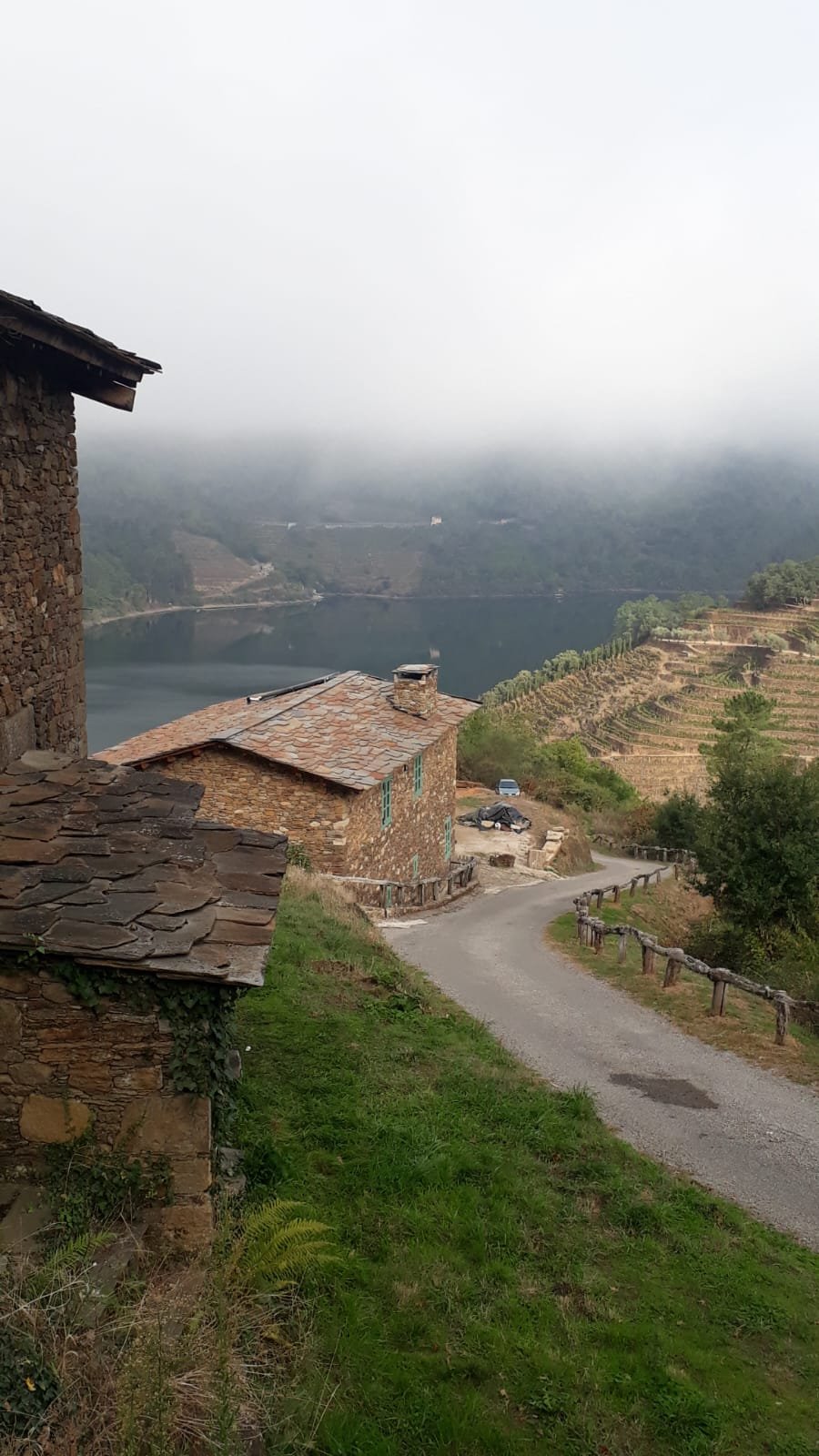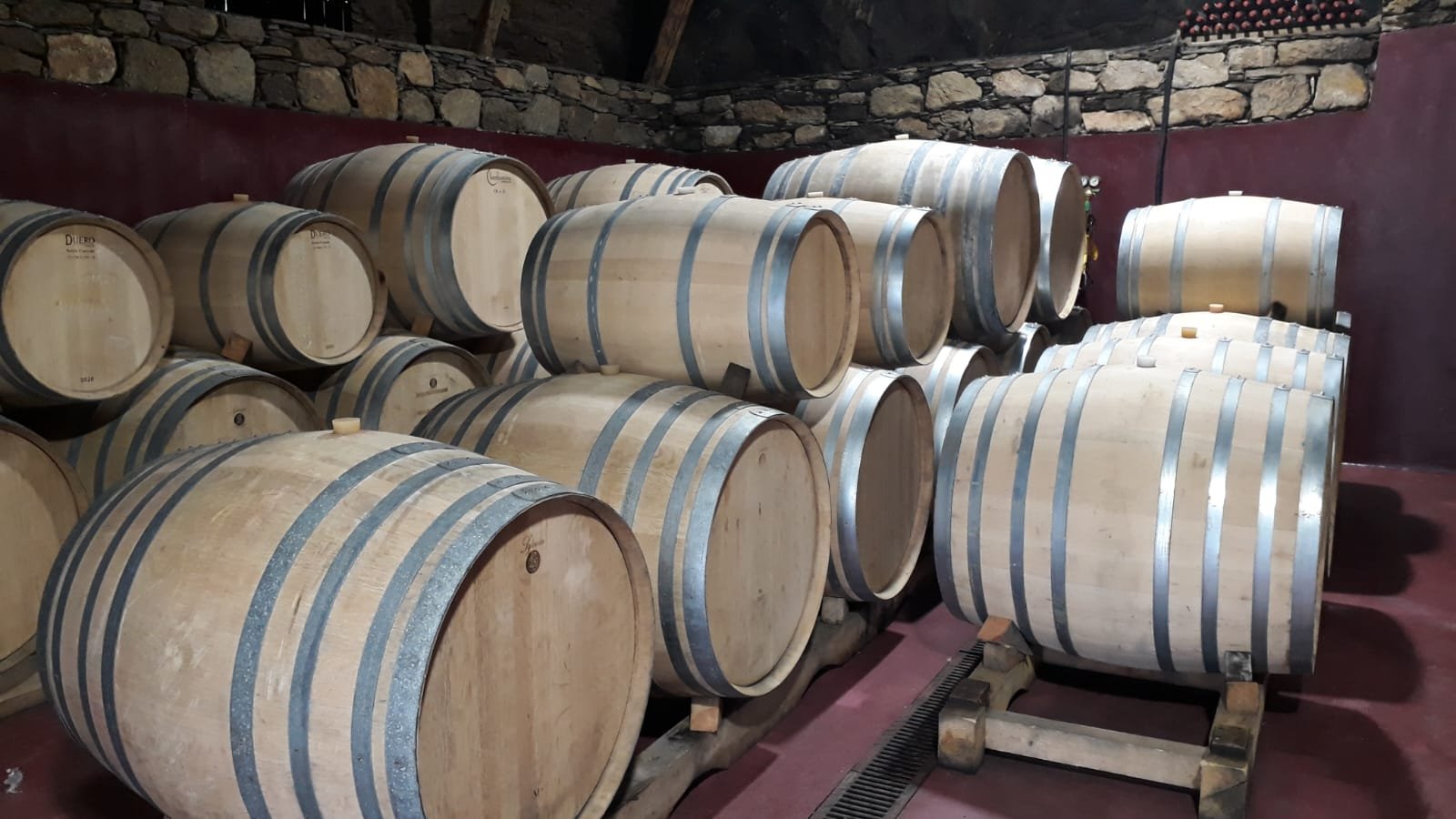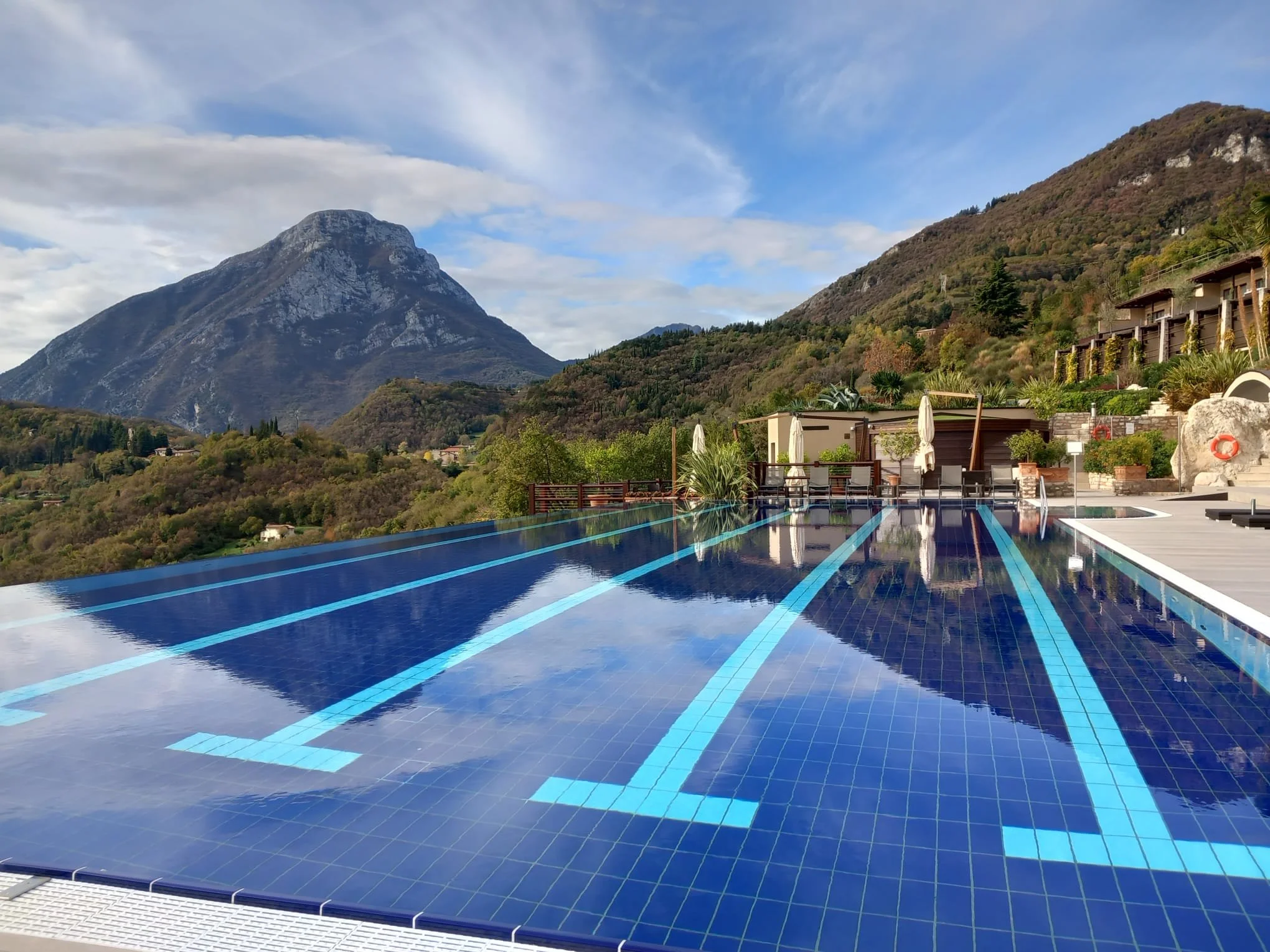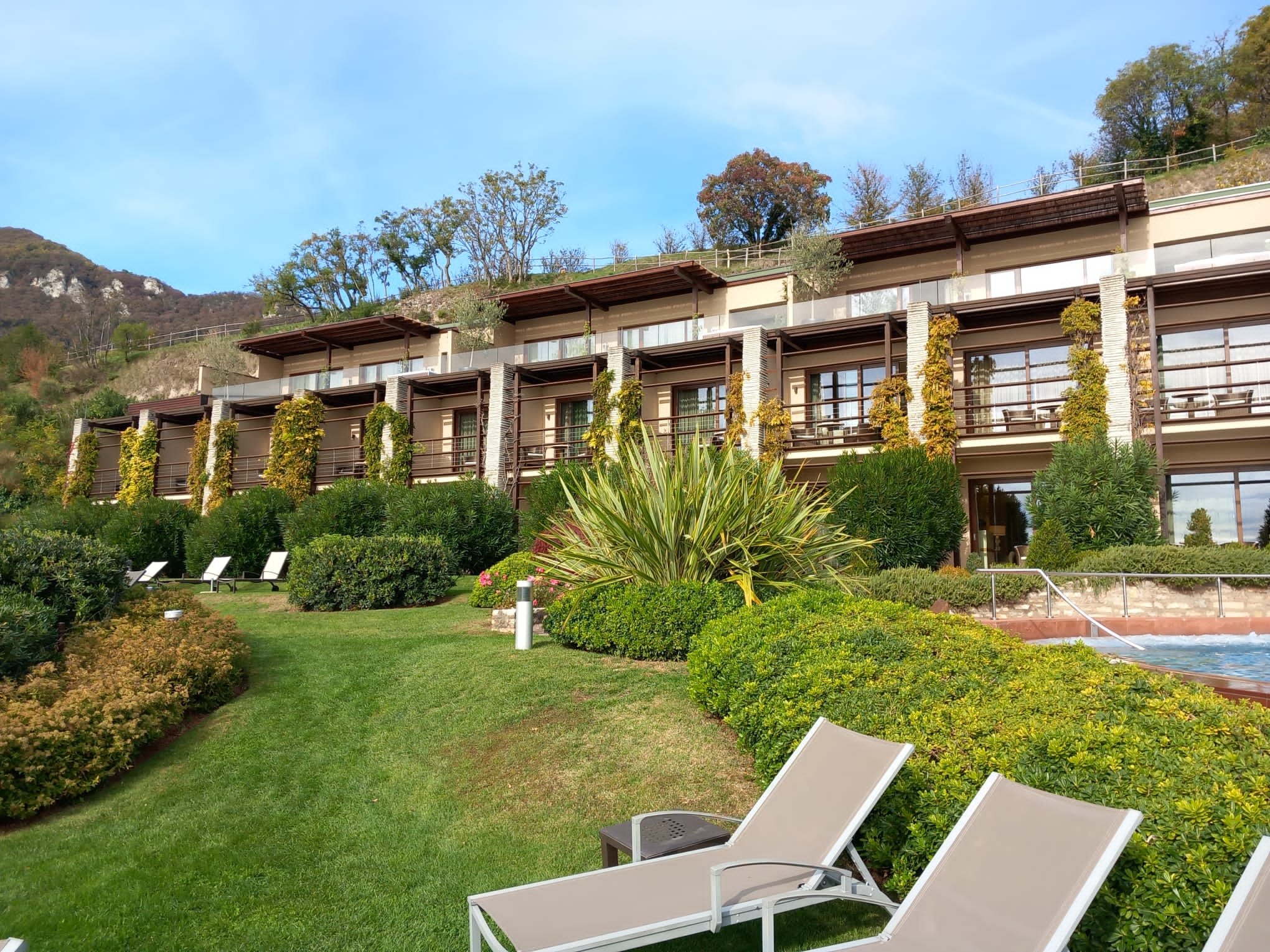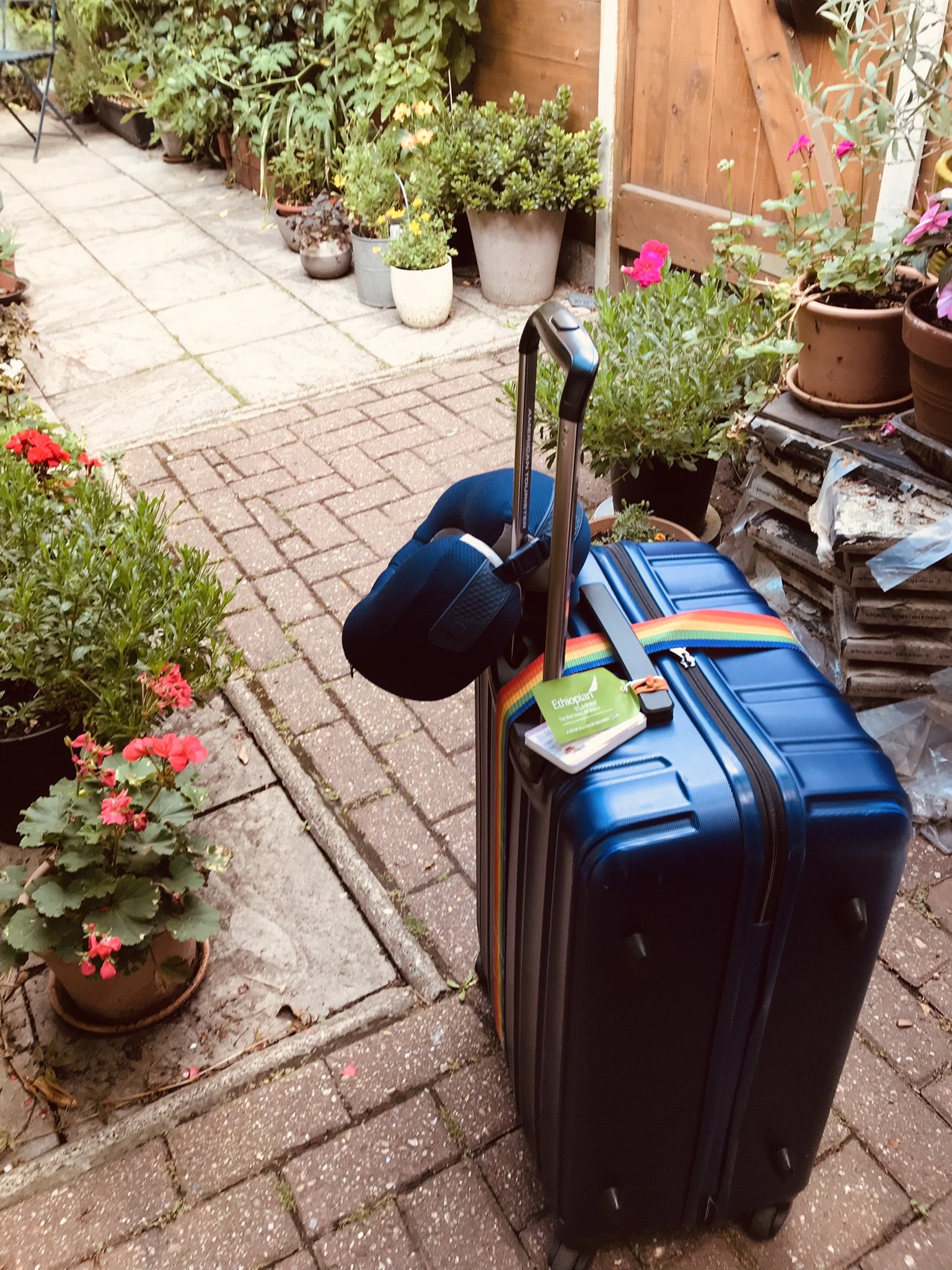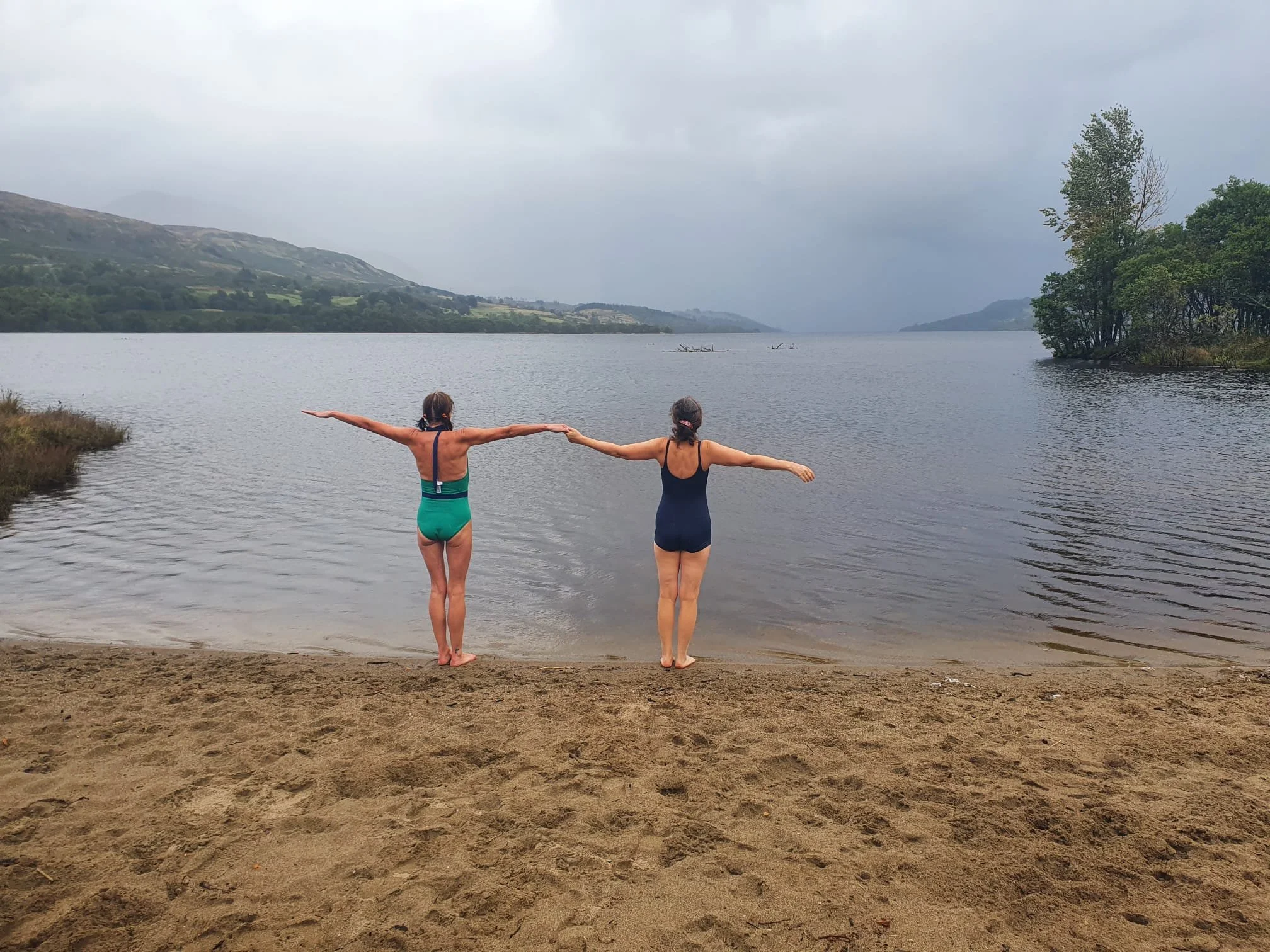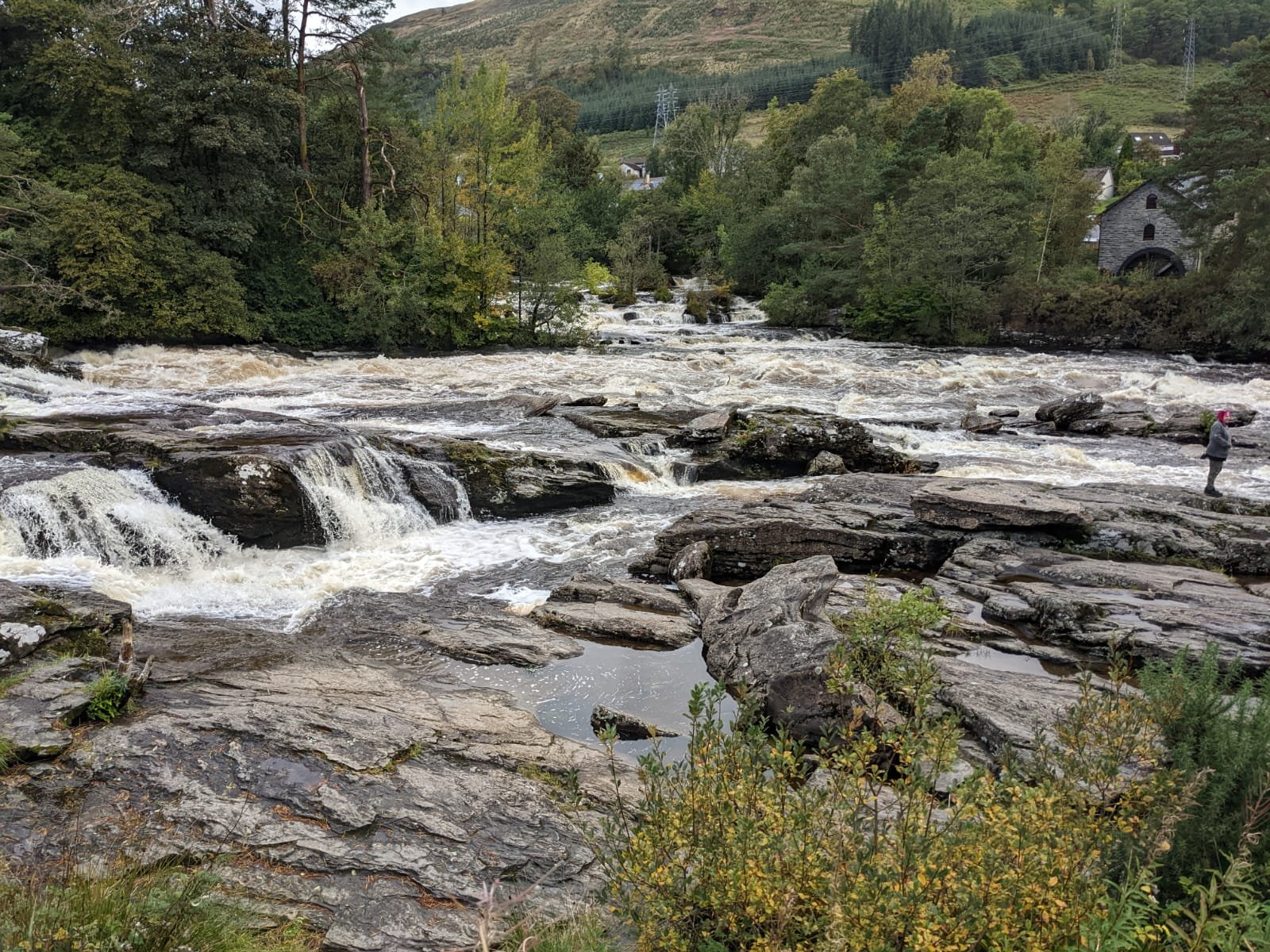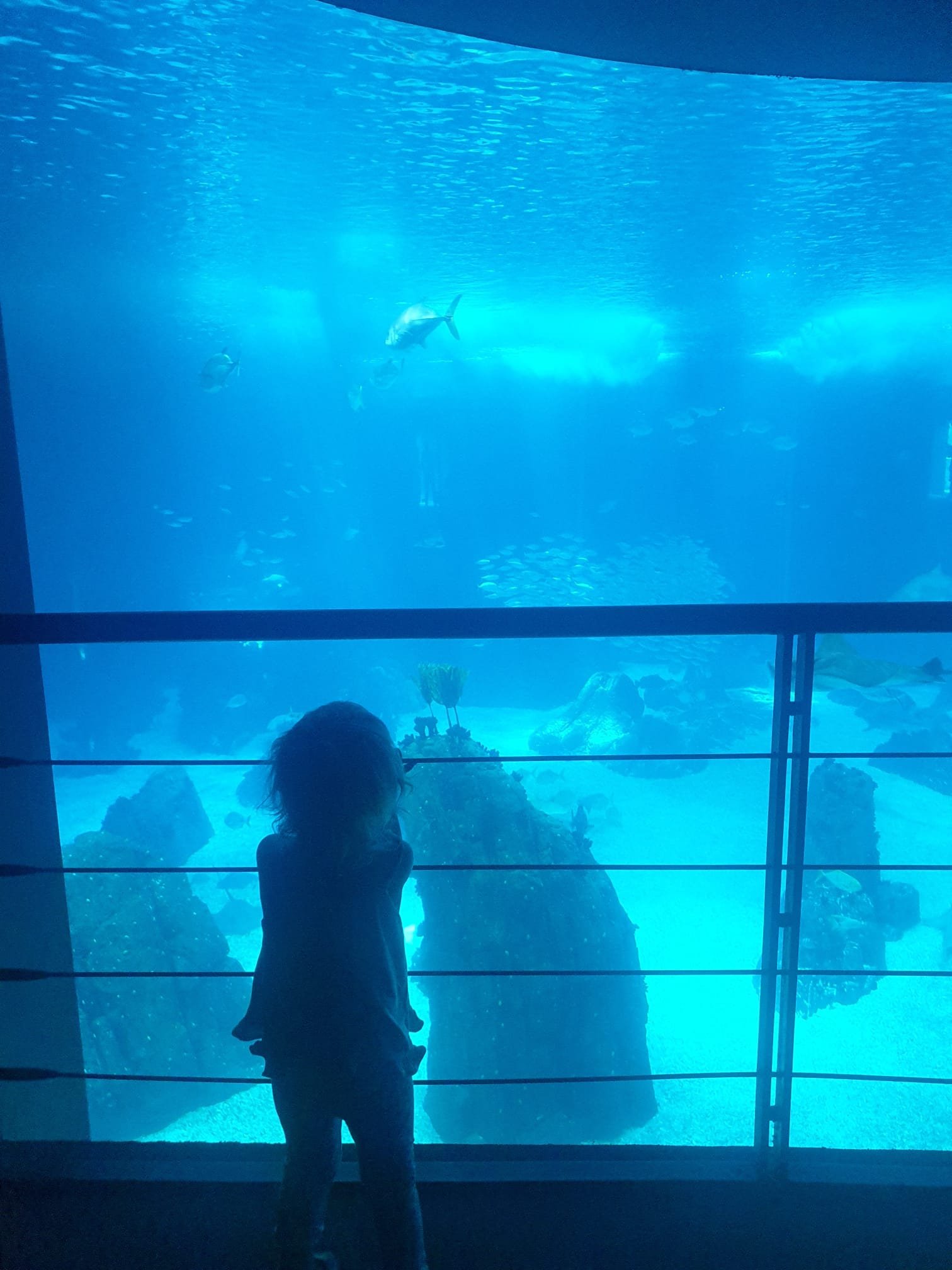Embarking on a trip to the Galápagos Islands is like getting a golden ticket to the fanciest wildlife party on the planet. Let's face it: this isn't the kind of place you casually drop by every weekend – it's a once-in-a-lifetime experience! With a captivating history spanning nearly five million years, these islands stand out as an exceptionally unique destination. Their untouched volcanic landscapes and teeming wildlife make them a must-see destination for any seasonal traveller.
So, If you're contemplating a journey to the Galápagos Islands, given that most travellers will only have this chance once, you want to get it right!
Picking the right travel company is crucial to make sure your journey is not only successful but also thoroughly enjoyable. A guided tour to ensure the safety and expertise of the area and the wildlife will be your best bet.
I highly recommend going on a cruise as it allows you to reach more remote areas that cannot be reached by day tour. Cruises do most of their travel by night or use their downtime when having meals. Also, with a cruise, you will get the chance to see a greater quantity and variety of animals, both on the water and on land. Think of the best-kept secrets, like hidden gems but with fins and feathers!
I had an incredible opportunity to visit the Galápagos in the lap of luxury. I spent eight wonderful days sailing in style through these unique islands on Ecoventura's youngest luxury yacht, the Theory.


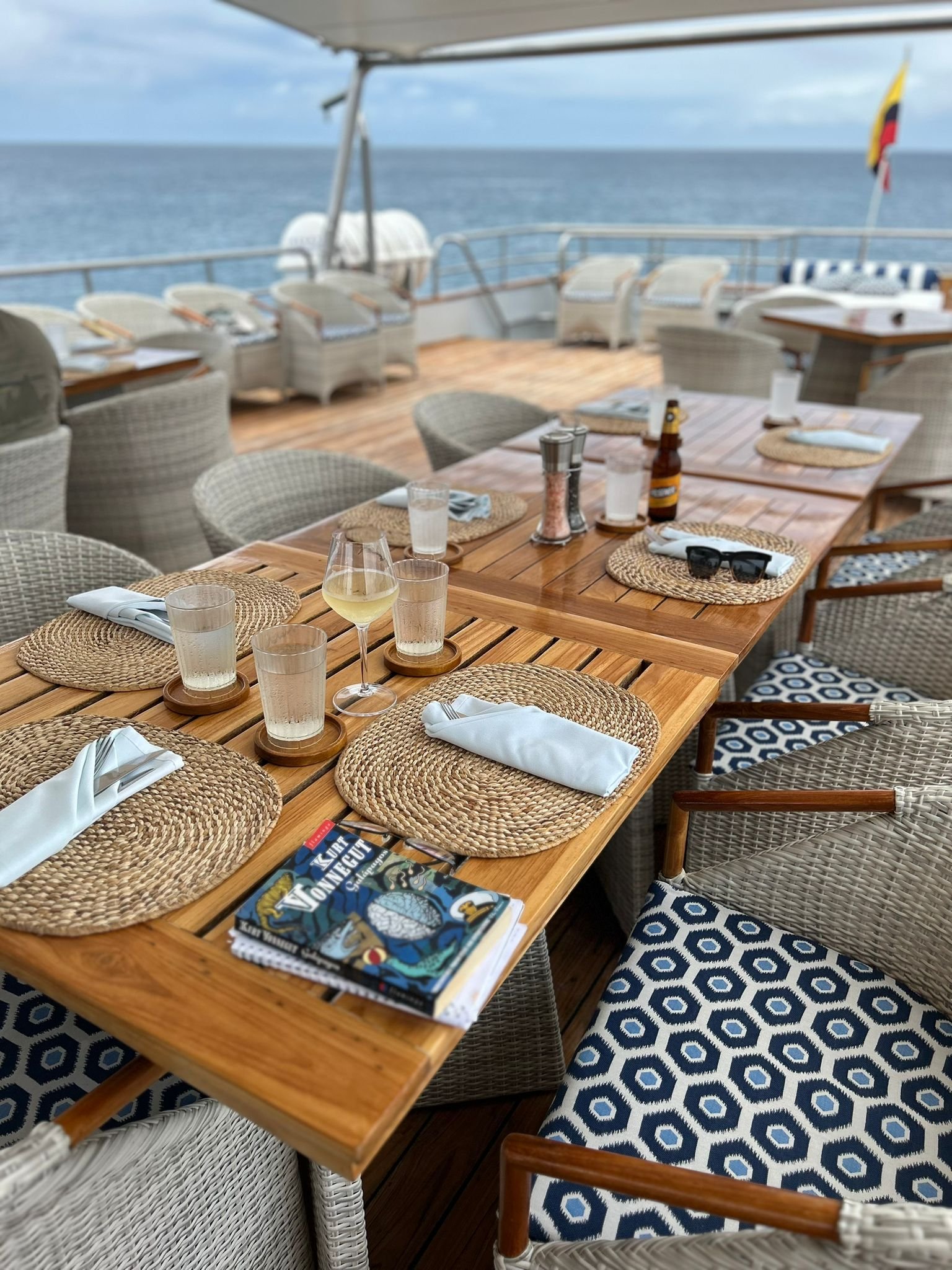
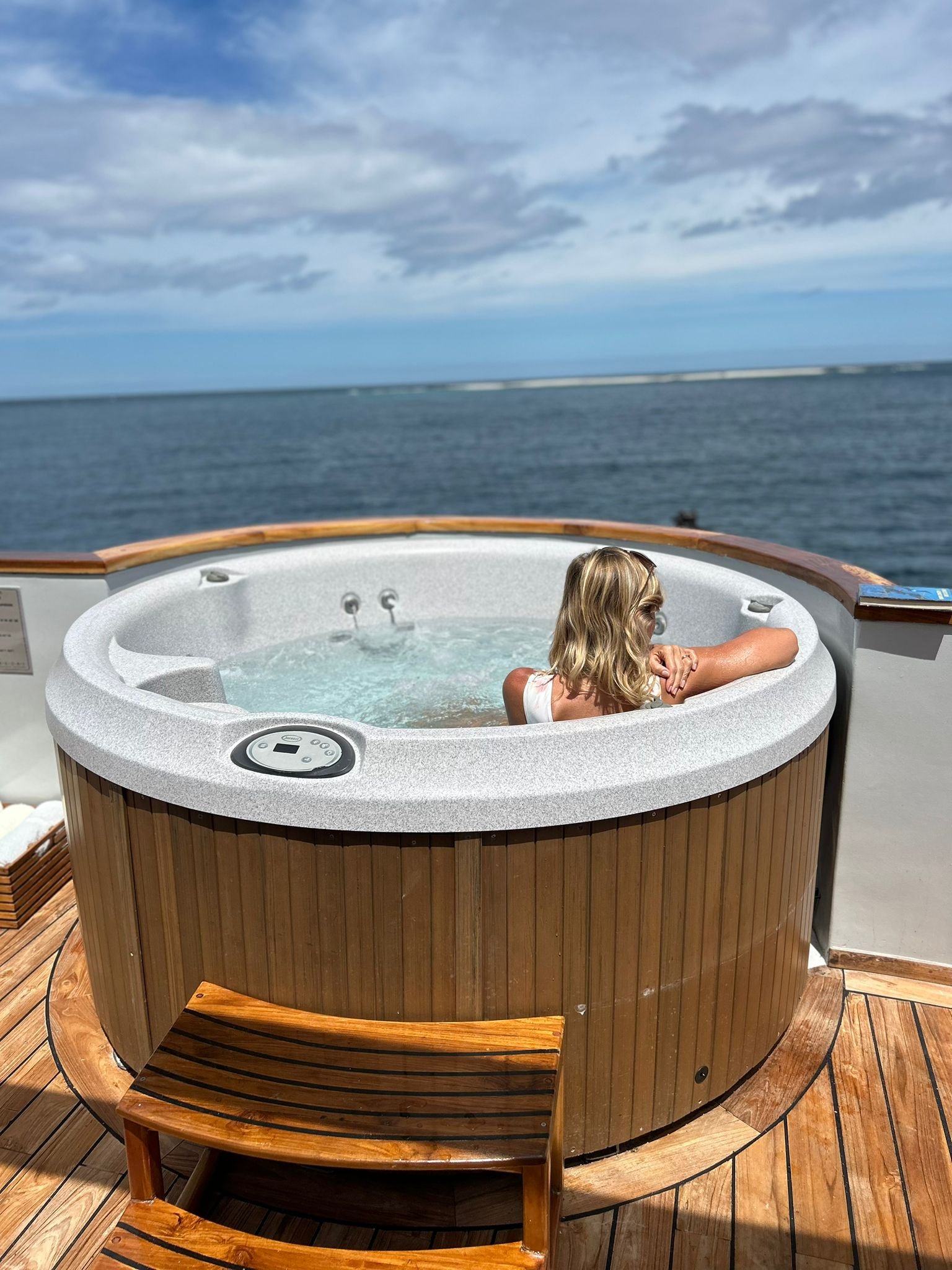

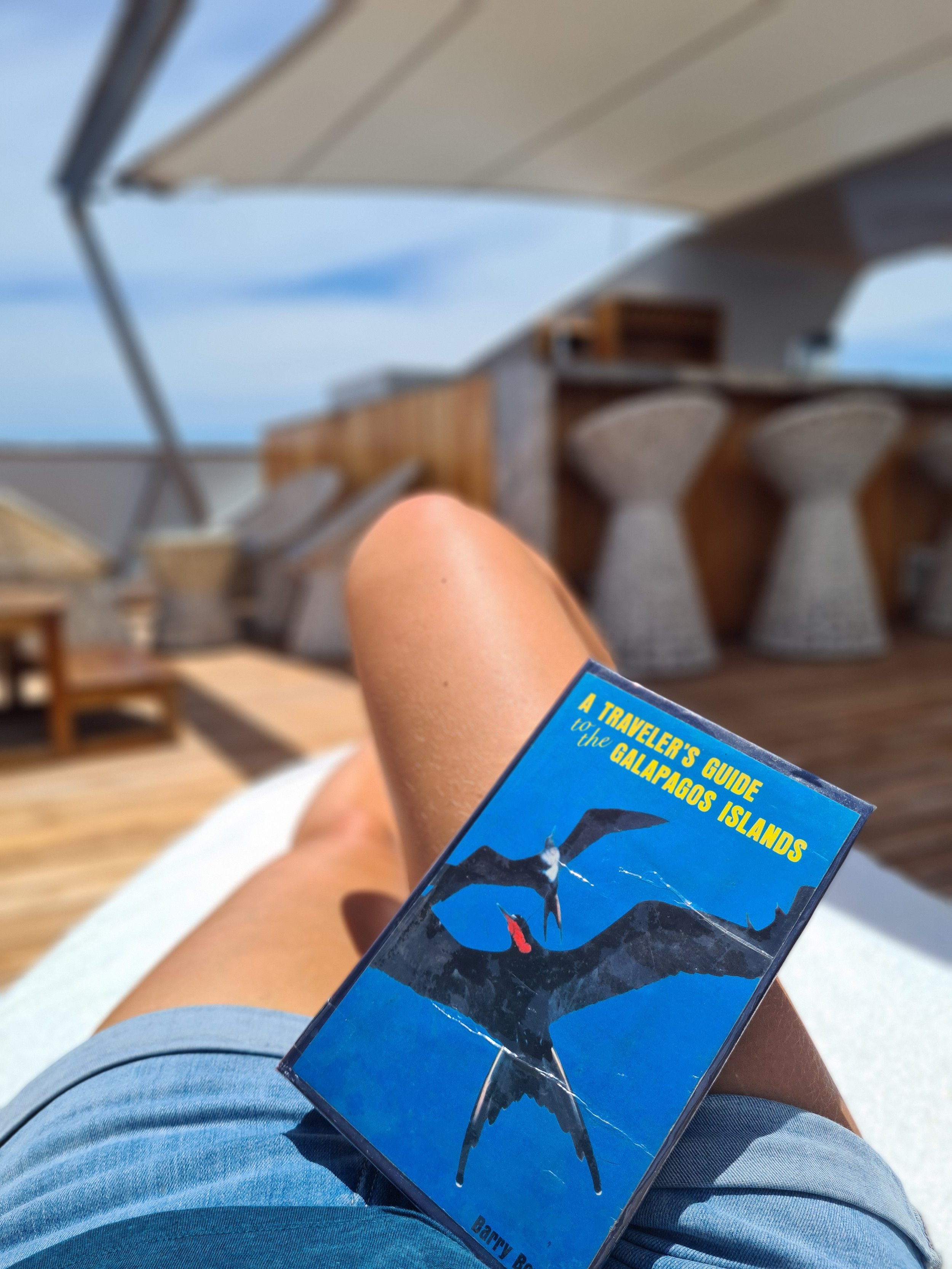
Ecoventura, with more years under its belt than a tortoise has wrinkles, is the real deal! Boasting over 20 years of experience and esteemed Relais & Chateaux association membership, it stands out as an excellent and reliable option. The company offers a range of options for exploring the Galápagos Islands. You can choose how long you want to stay, from seven to fourteen days. They offer two main routes: A southern/central one (route A), which focuses more on beaches and bays, and a western/northern one (route B), which focuses more on the volcanic wonders and the more remote islands. But both routes have incredible sights and offer a wide range of wildlife, so you can't go wrong!

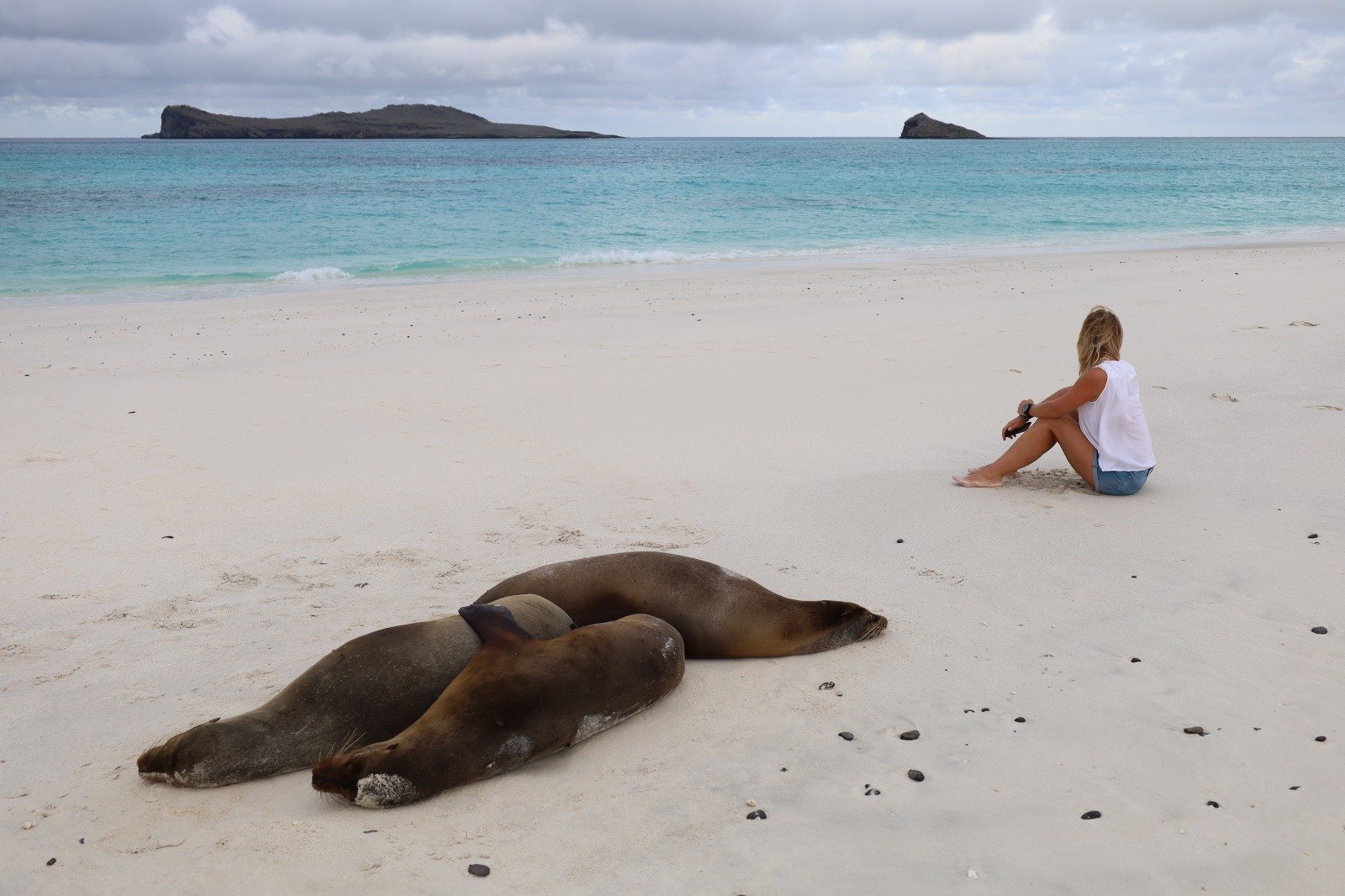
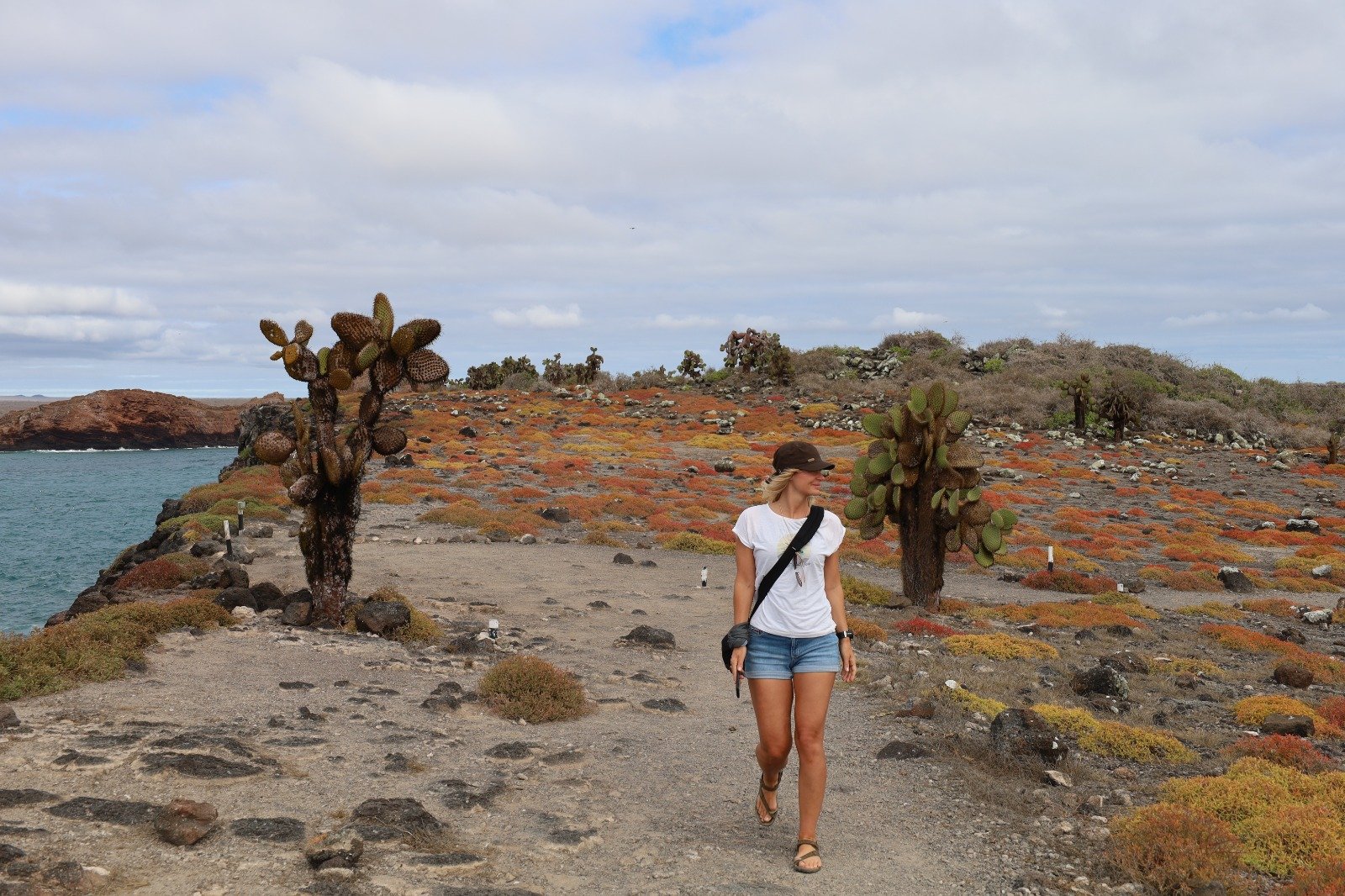

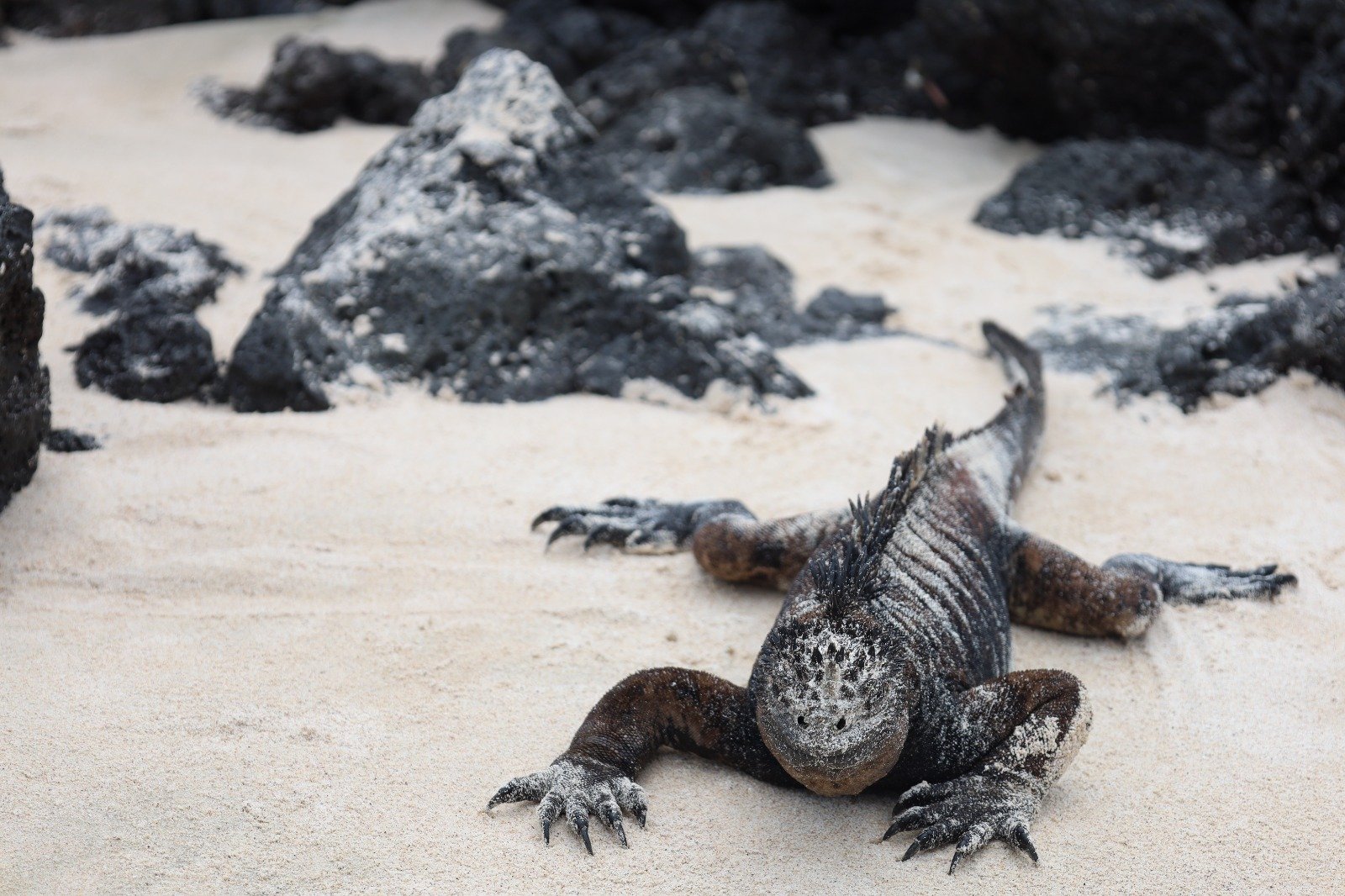

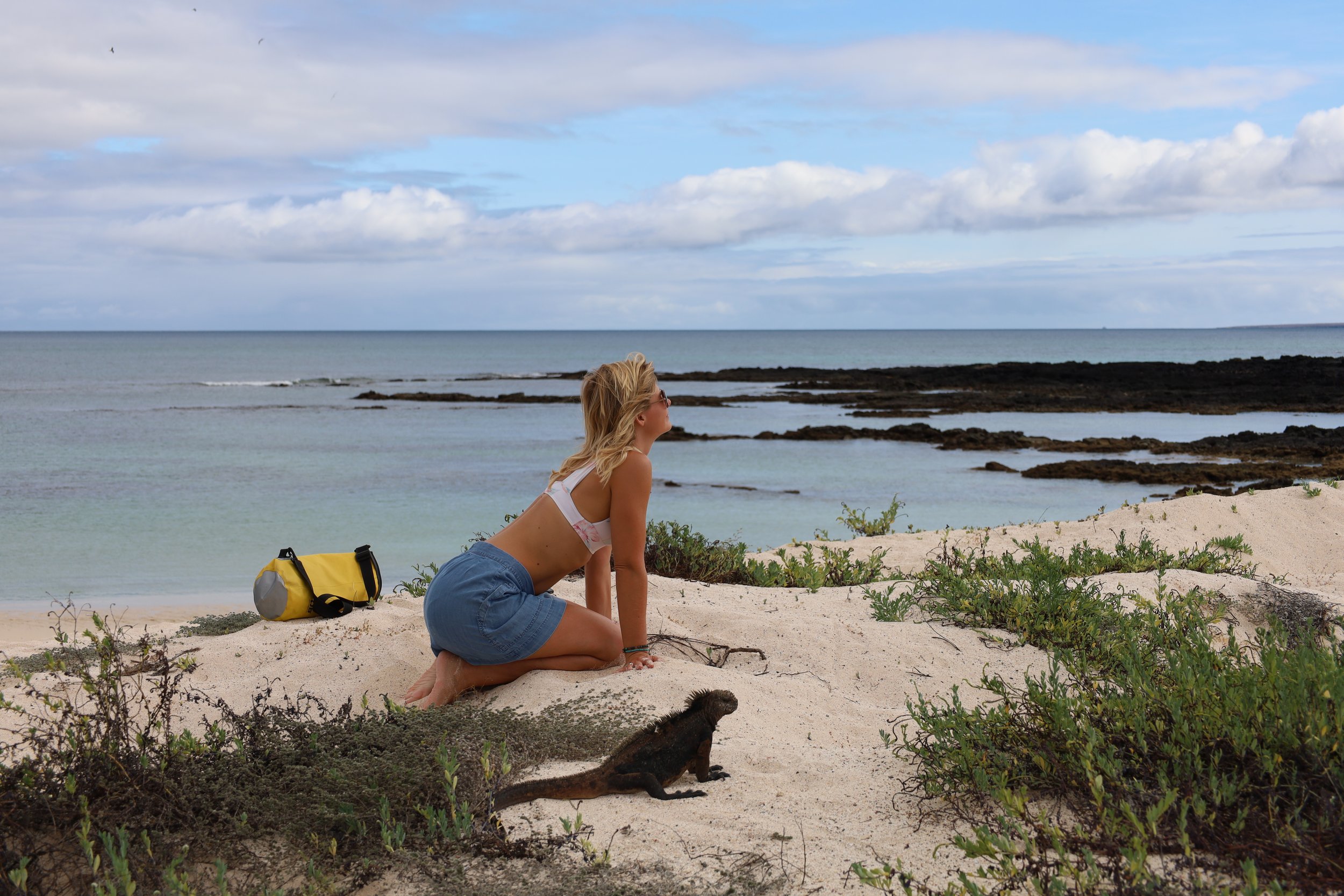

Every day, you go on guided tours accompanied by certified naturalists to explore the remote islands and learn more about the wildlife. You will do exciting things like snorkelling with sea lions, kayaking with turtles and chilling with giant tortoises. Whale watching, dolphin swimming and soaking up the sun with iguanas are just the tip of the iceberg. Not to mention different kinds of birds, including those exclusive to the archipelago, like the Galapagos Hawk or Waved Albatros. The schedule is active but not overwhelming. I feel like Ecoventura has managed to find a perfect balance between the activities and time to relax on the boat.
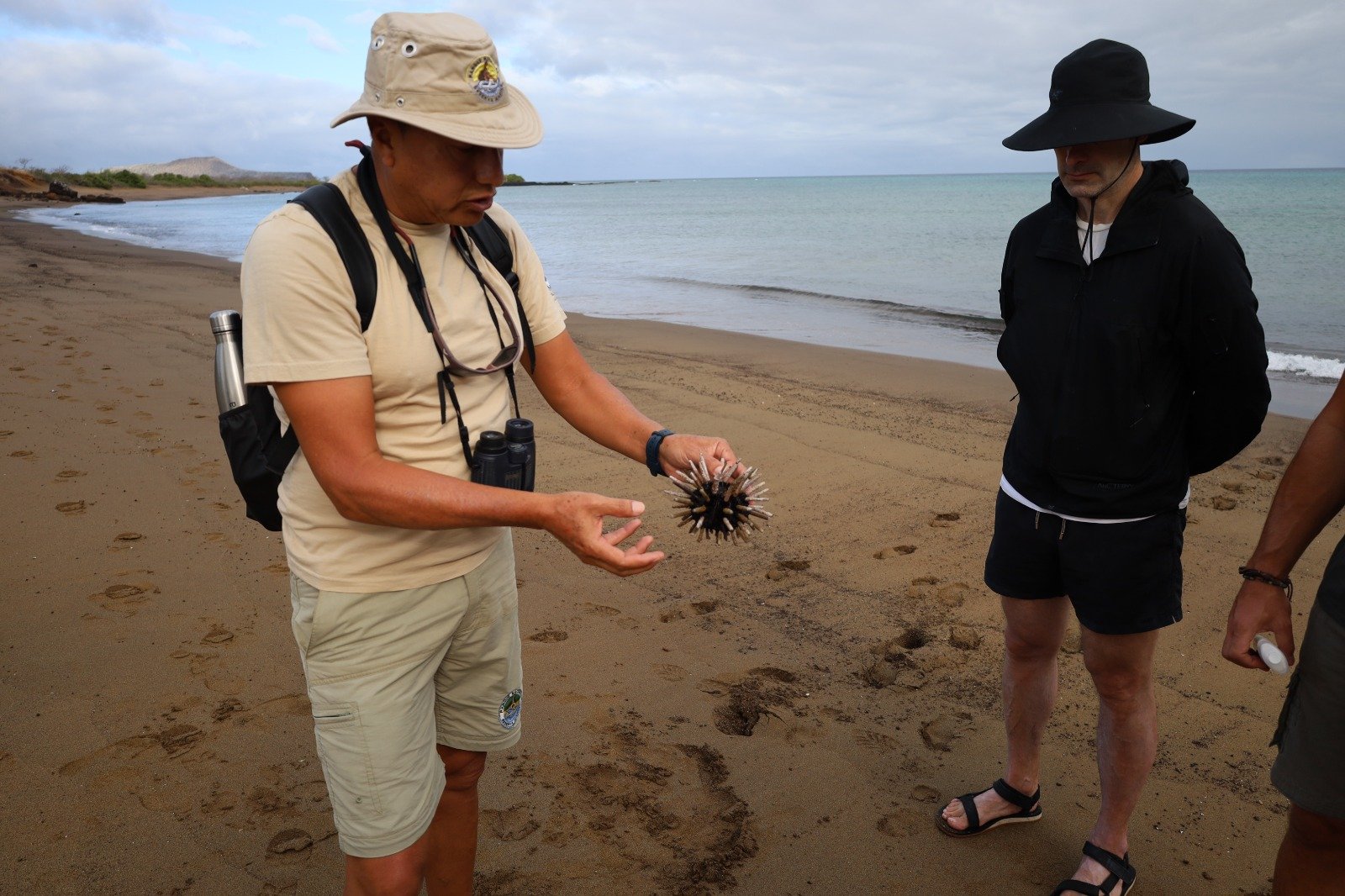


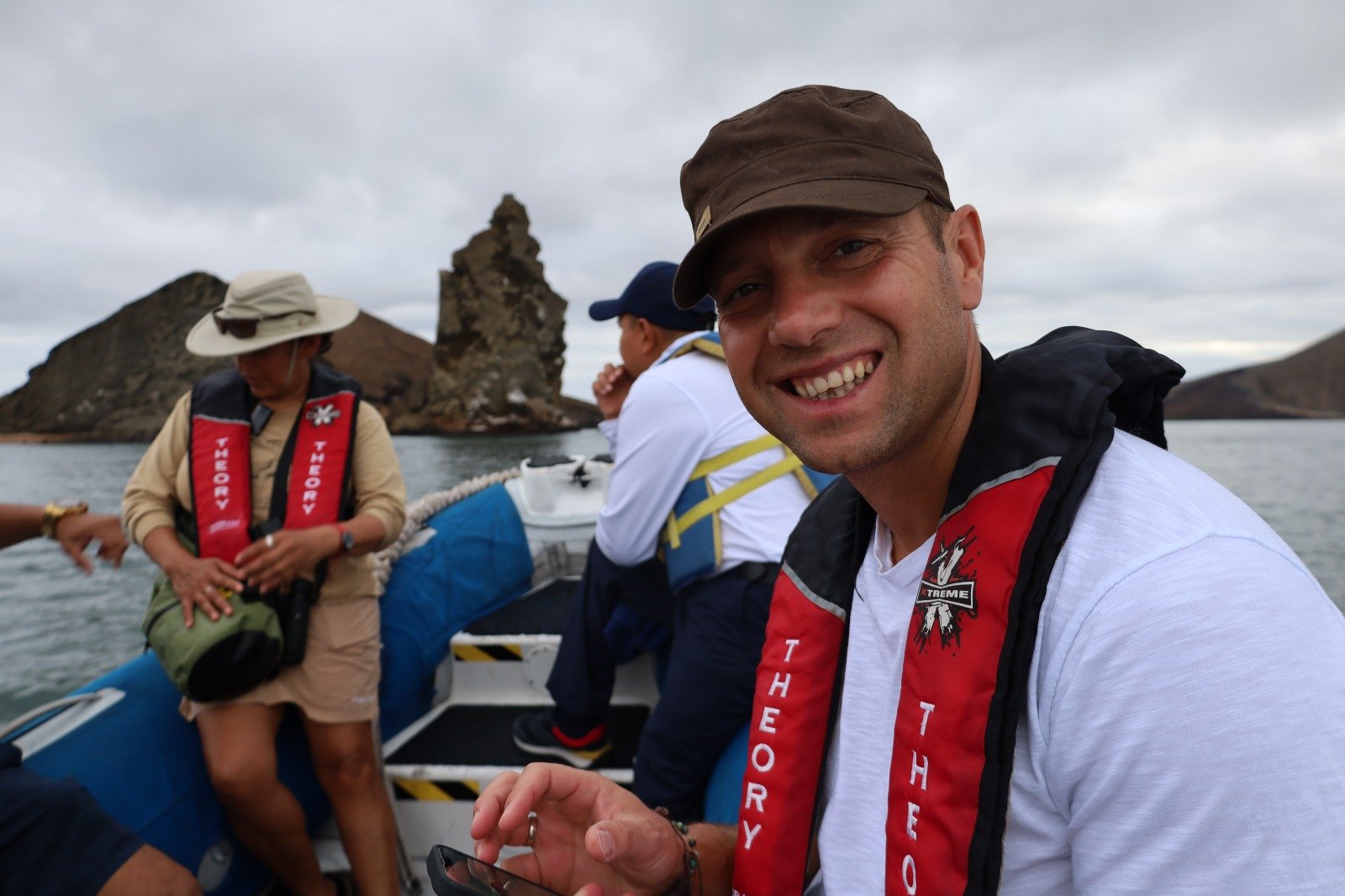


The Ecoventura crew was exceptional, with no floss. They treated us like royalty and attended to all our needs throughout the journey, ensuring a seamless experience. They weren't just handing out snacks; they were dishing out a full-blown VIP experience. They provided three-course meals, snacks, and drinks but also an extended warm welcome from the captain. After each snorkelling adventure, the gesture of offering a comforting cup of chocolate with the buffet waiting for us on the sun deck added a special touch, making us feel genuinely cared for. The crew's exceptional service, from the diligent room-cleaning by a friendly "little elf" to their attentiveness whenever we required assistance, contributed to an overall top-notch experience. The social aspect of the journey, with group activities and shared meals, adds a community touch to the adventure.
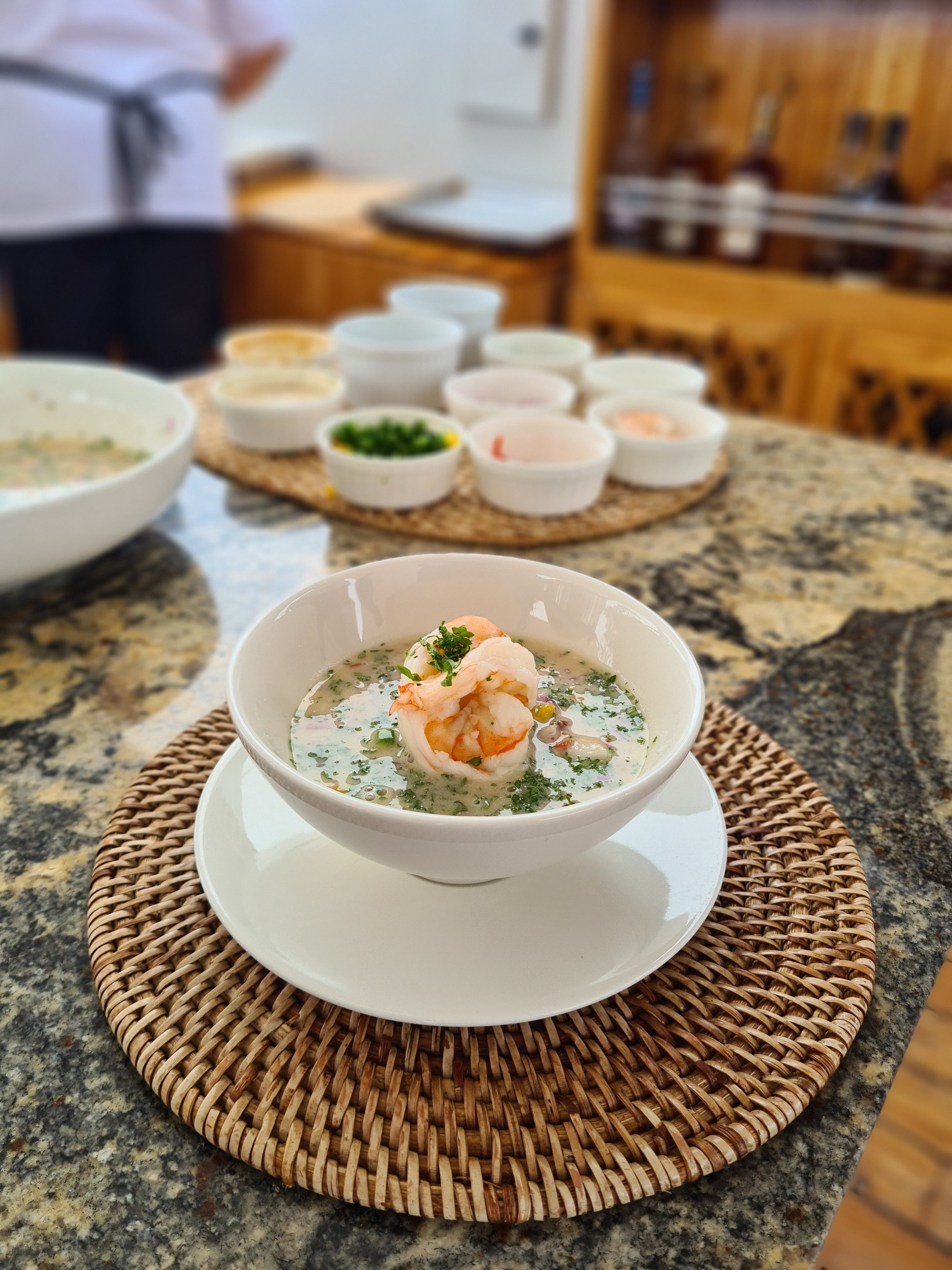
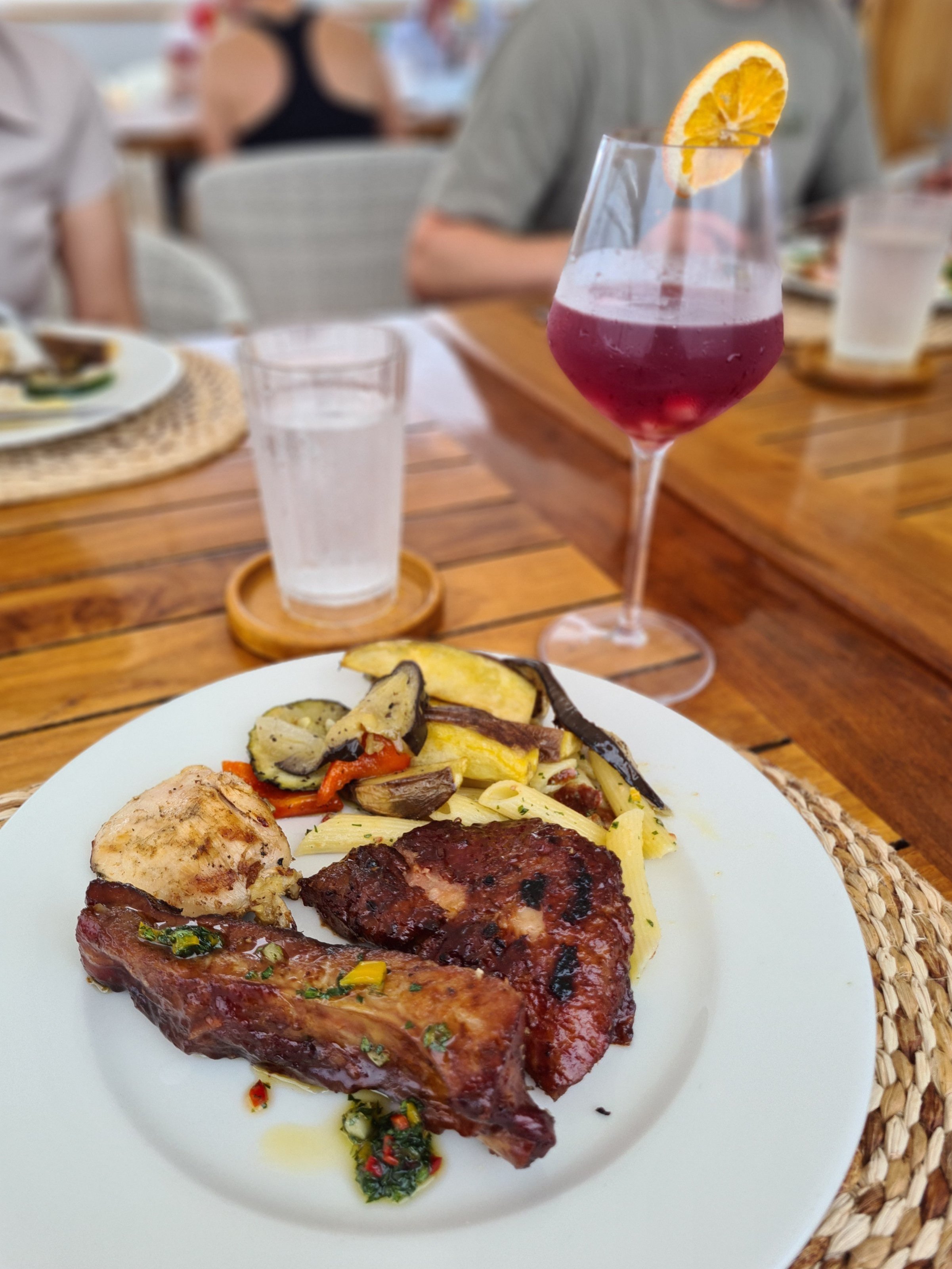
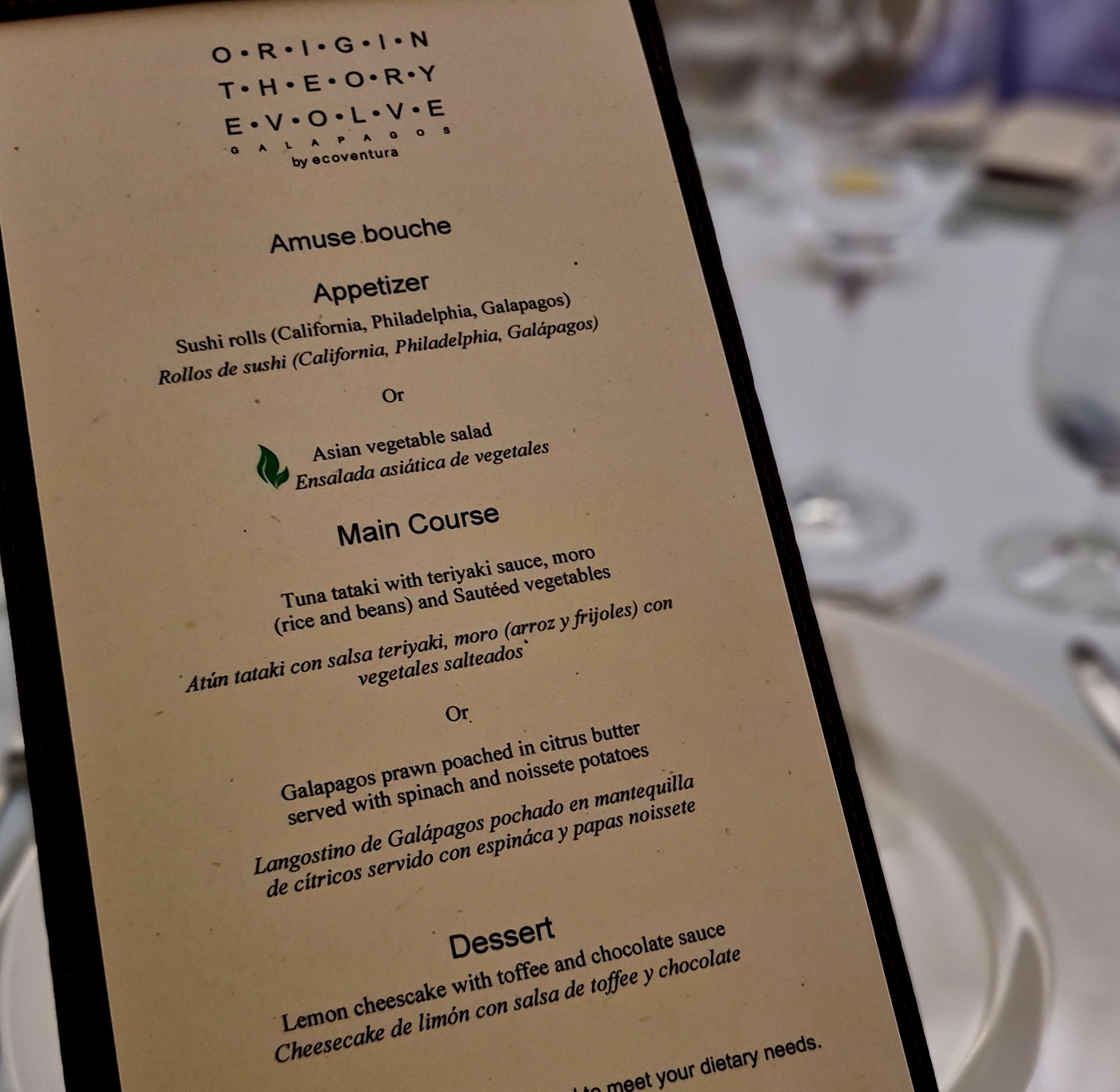
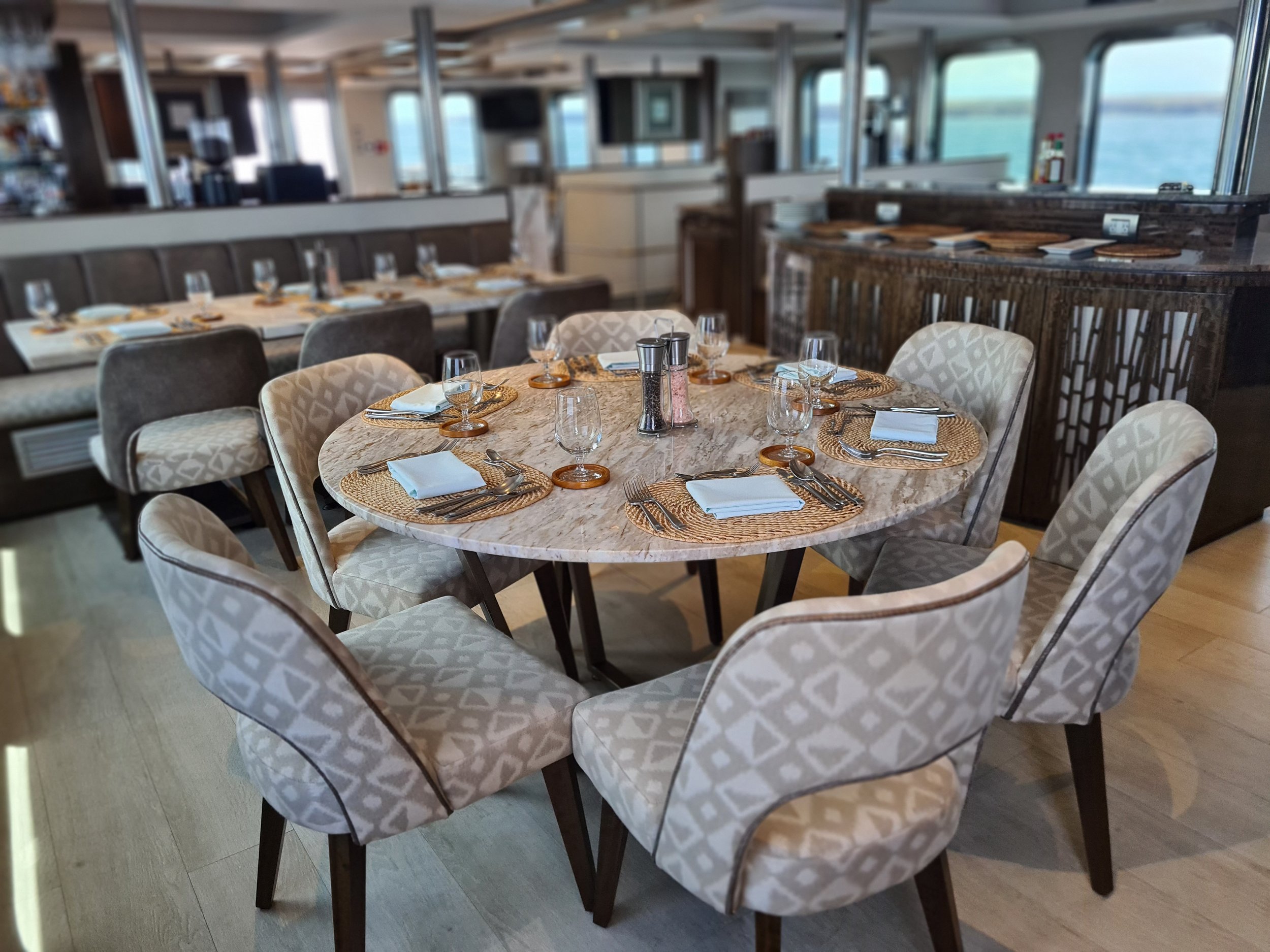

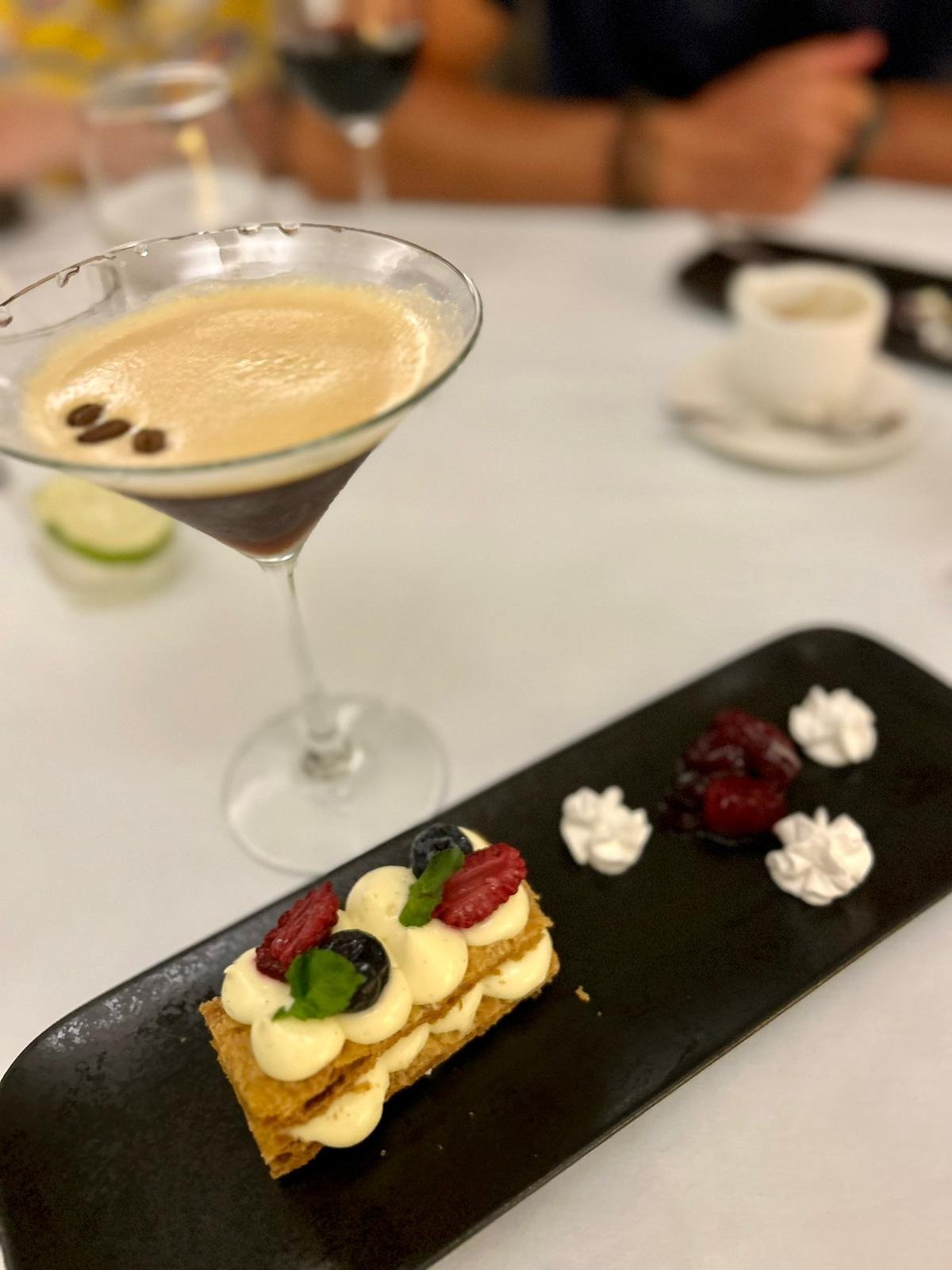
What sets Ecoventura apart is its commitment to environmental conservation and its low guide-to-guest ratio (1 guide for every 10 guests). With a maximum of 20 guests on each yacht (10 cabins), this ensures a high level of attentiveness and personalised service.
Ecoventura has been at the forefront of eco-conscious travel in the Galápagos, holding the prestigious Smart Voyager ecological certification since 2000 - way before being green was cool! Their commitment to sustainability is remarkable, with 40 solar panels and two wind generators, making their yacht the first hybrid vessel in the Galápagos. Ecoventura's dedication to reducing its environmental impact is truly admirable. They're on a mission to reduce carbon emissions, promote longer stays, and kick single-use plastics to the curb with refillable bottles. Ecoventura's dedication to reducing its environmental impact is truly admirable.
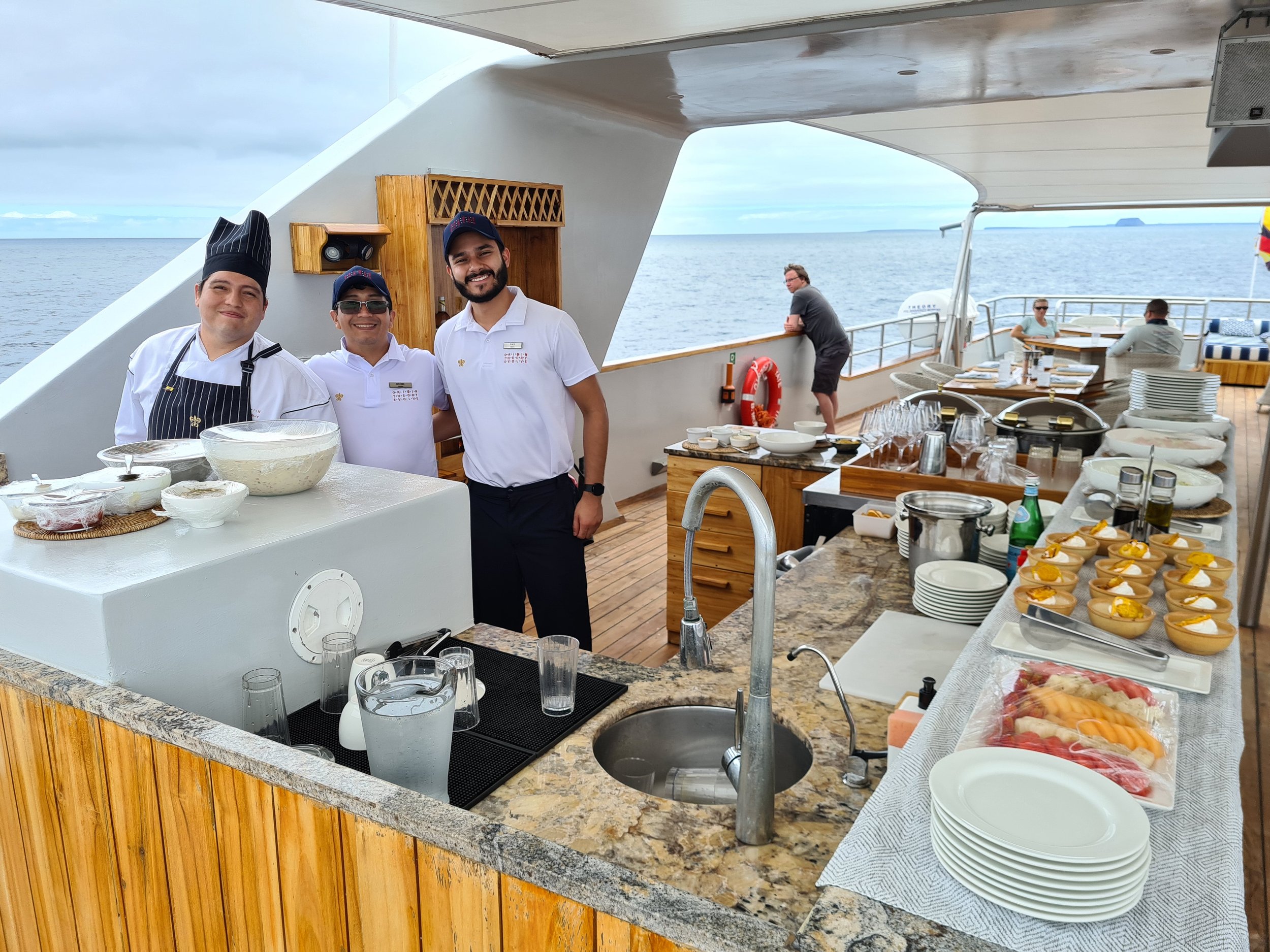
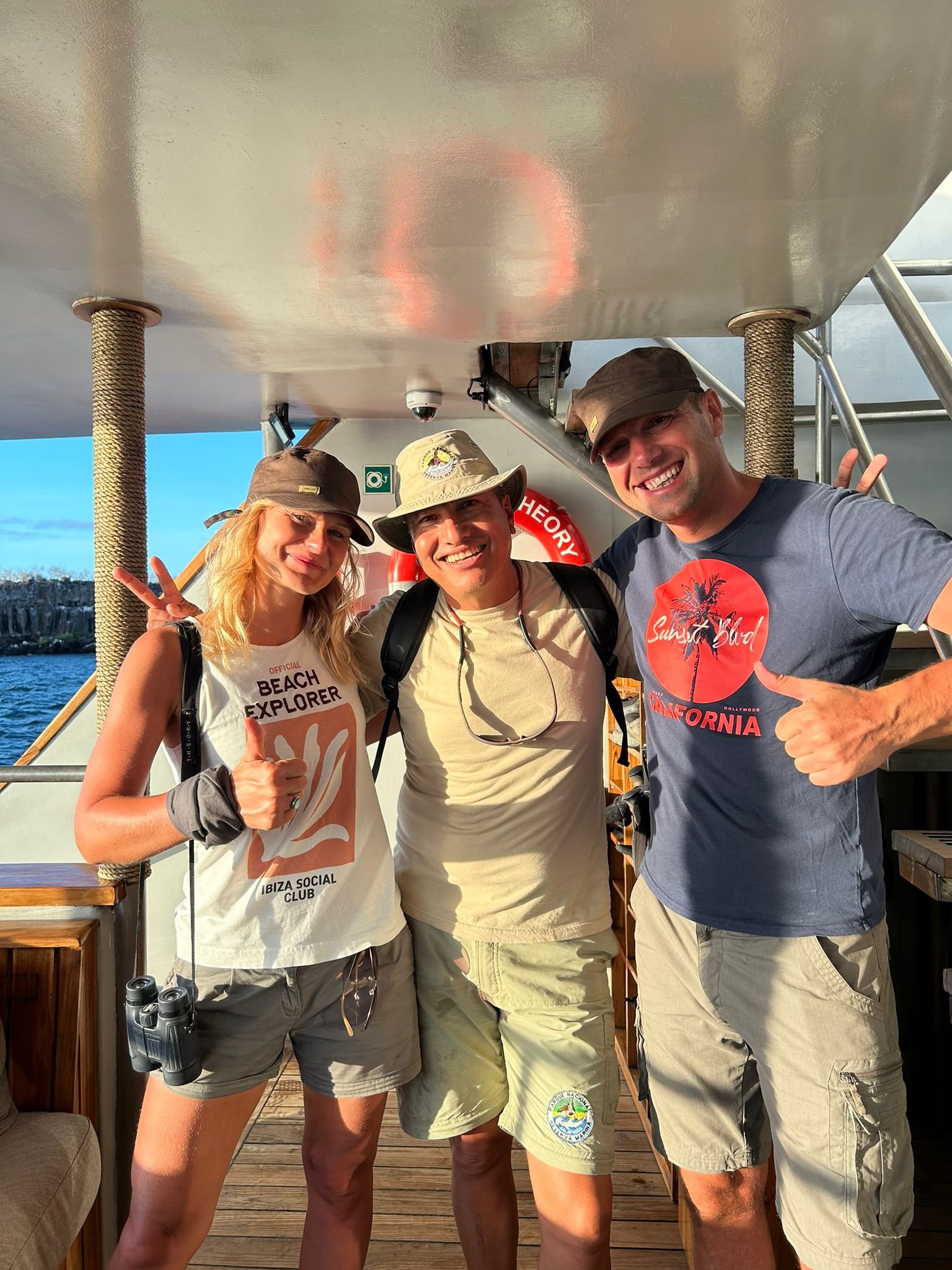
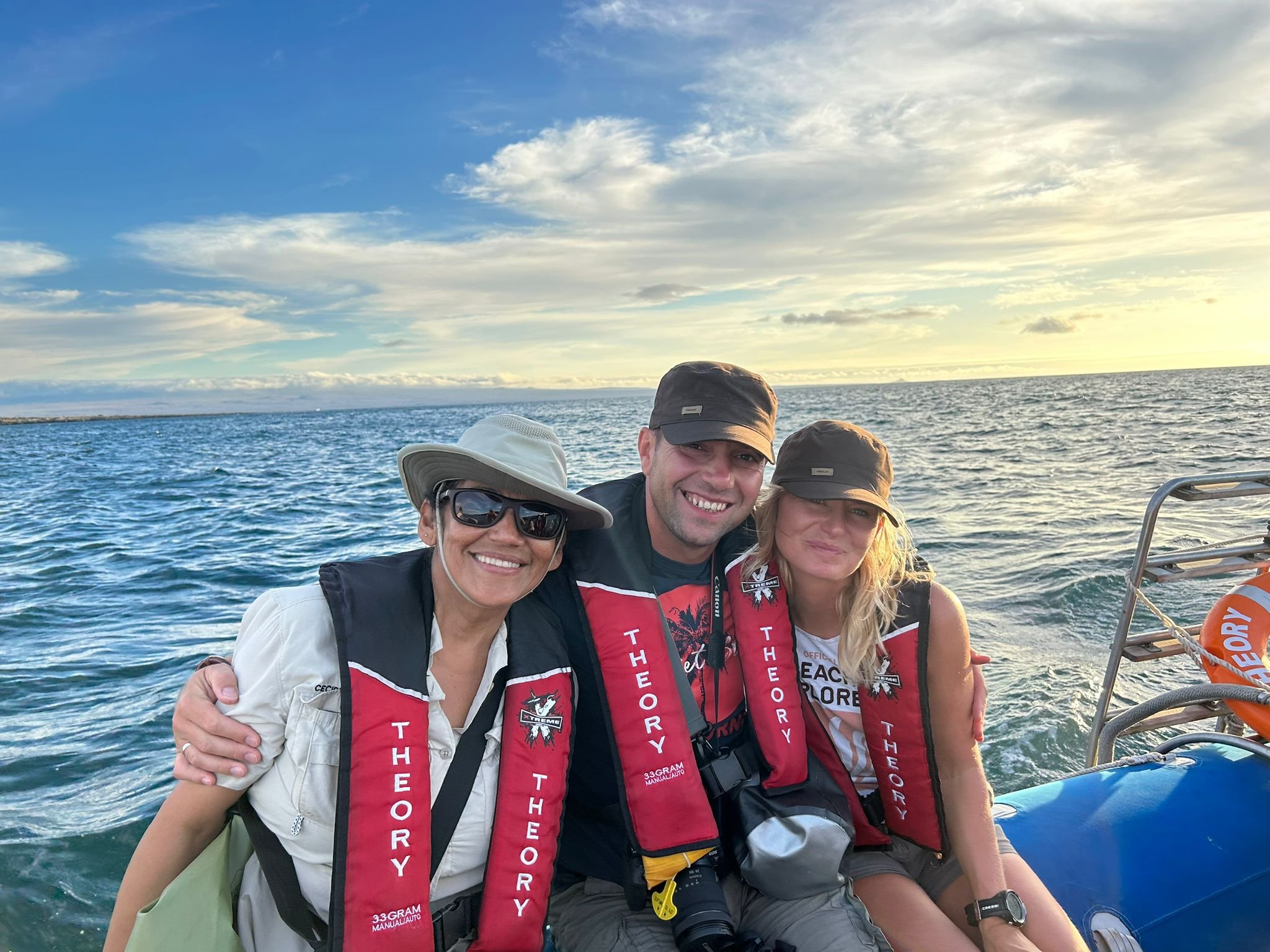
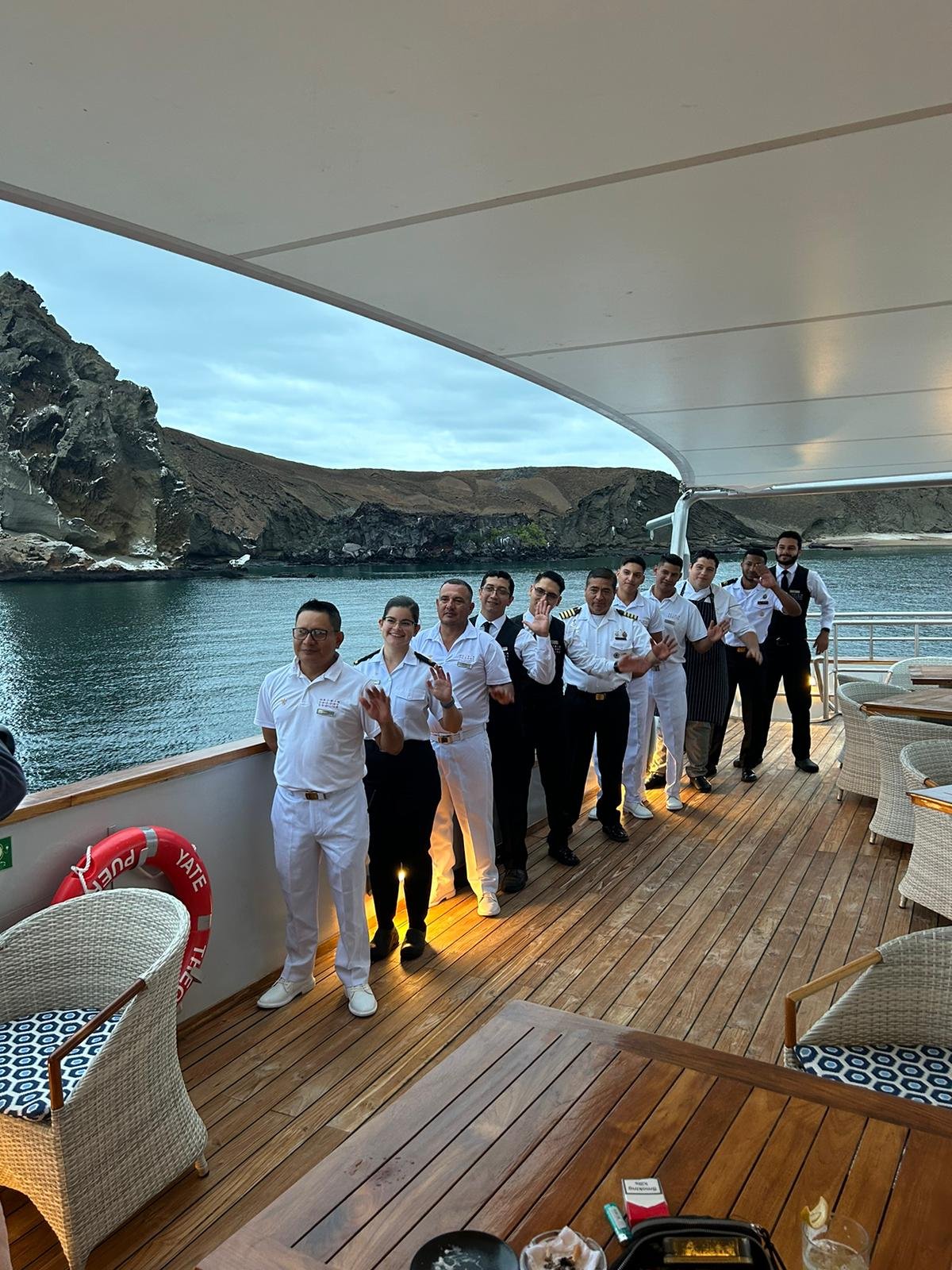
In a nutshell, if you want to experience the Galápagos in all its quirky glory, Ecoventura is your ticket. Its dedication to conservation, well-planned trips, and commitment to offering an extraordinary and eco-friendly travel adventure is a top choice! It's not just a trip; it's a sea-soaked, wildlife-packed, and environmentally-conscious escapade. So, pack your bags, channel your inner David Attenborough and prepare for the wildlife fiesta of a lifetime!




